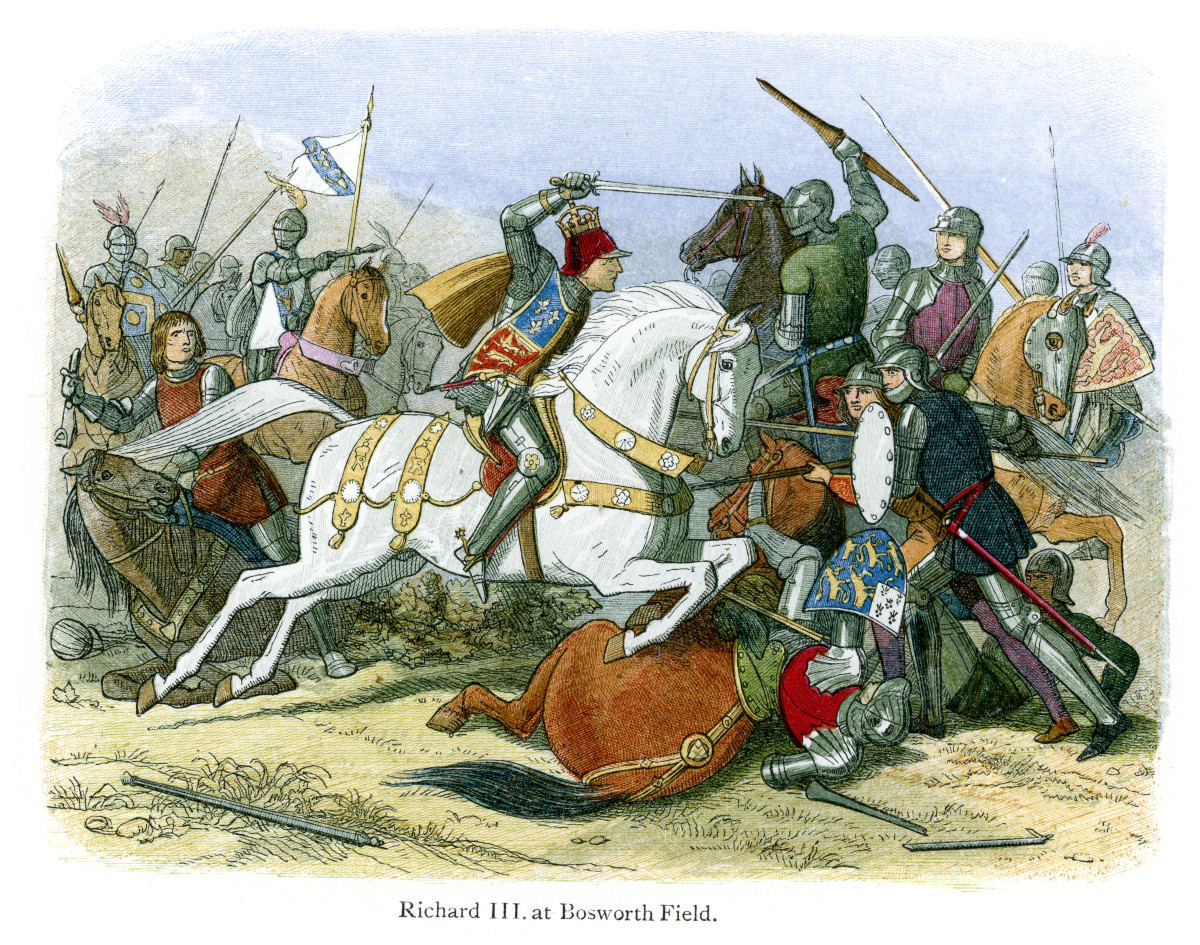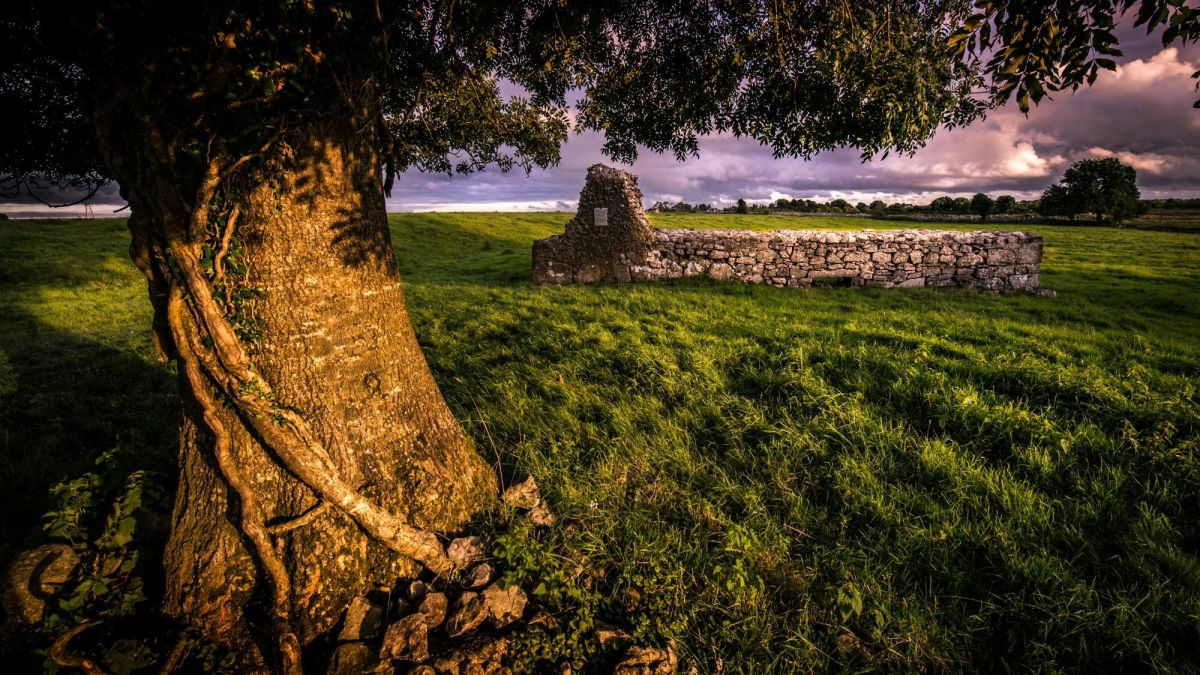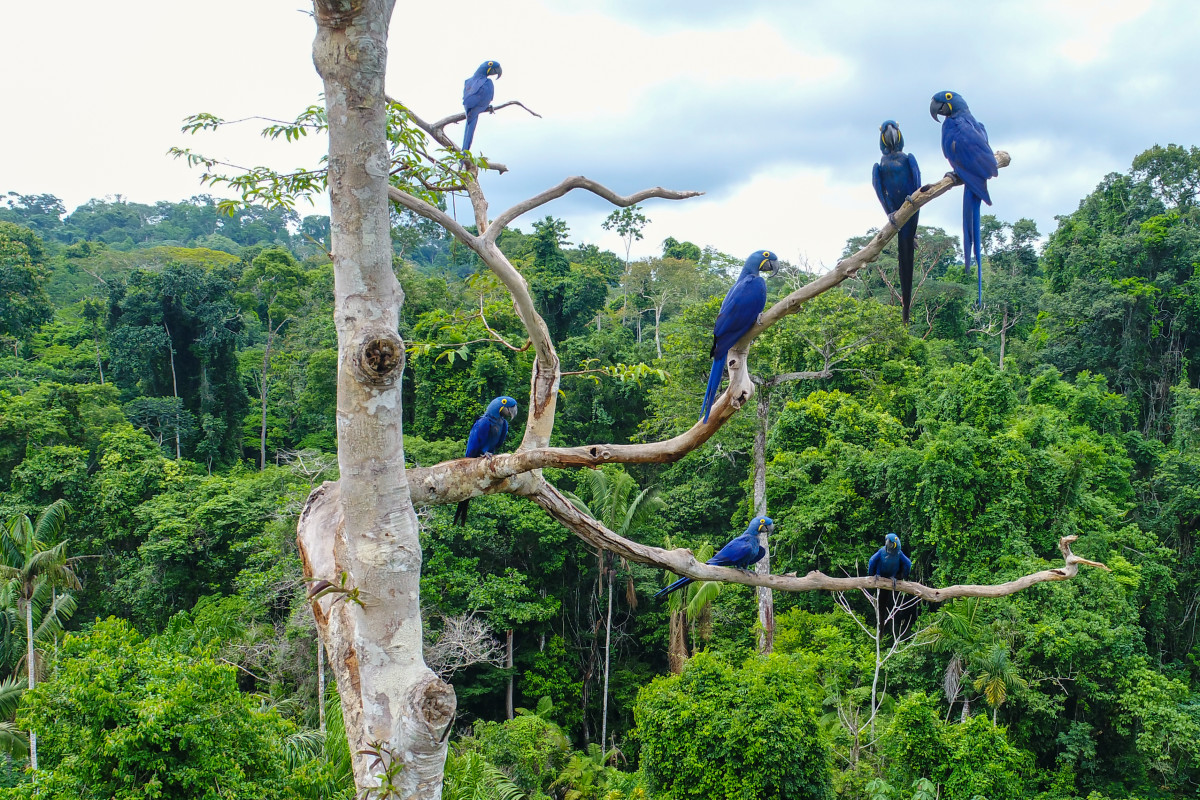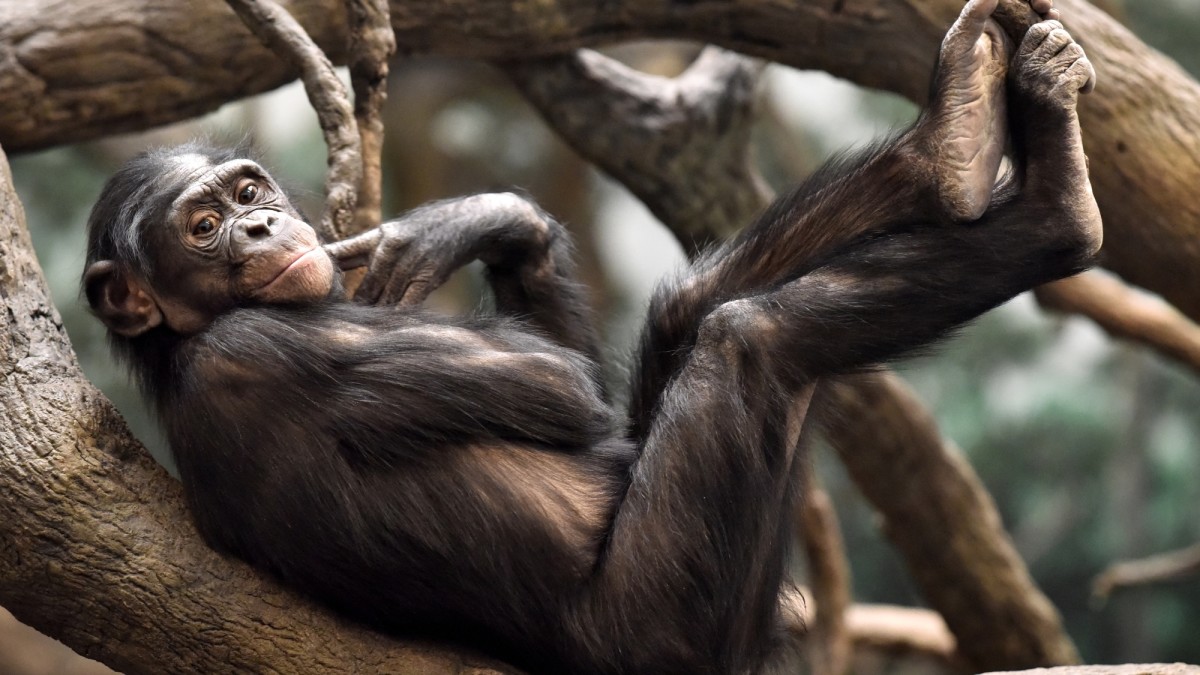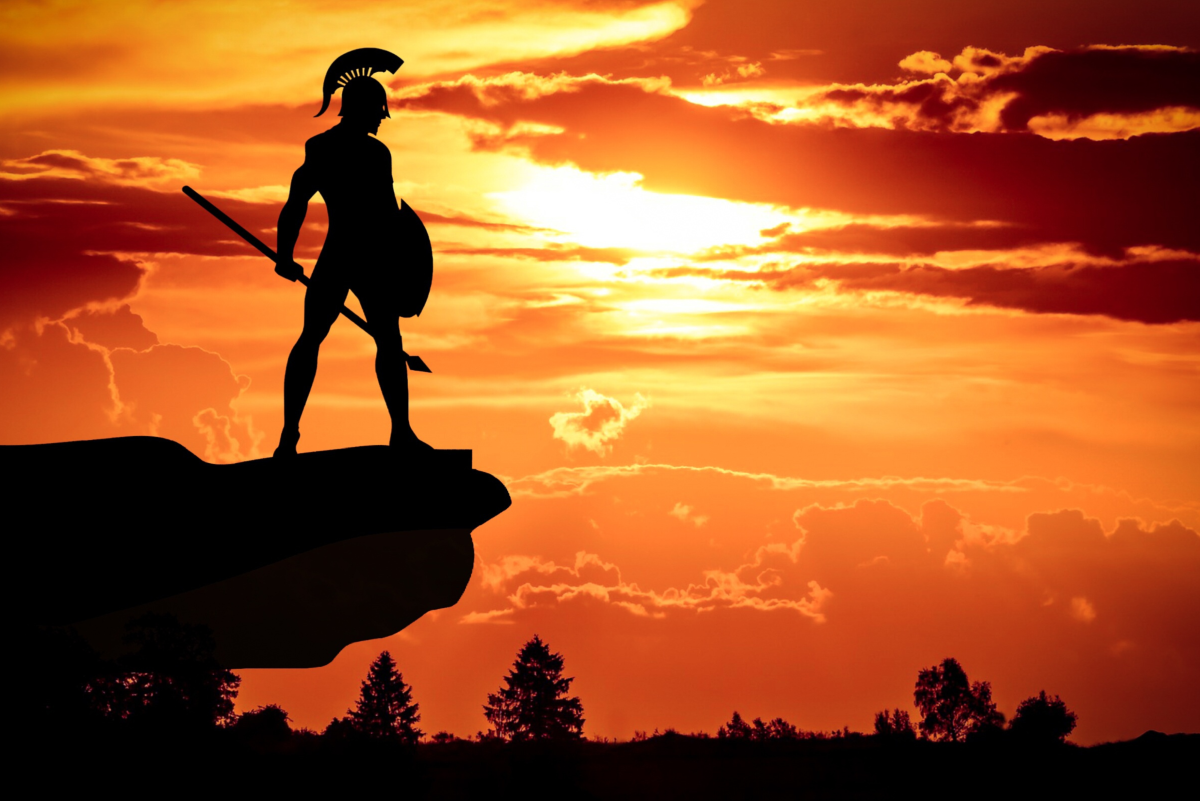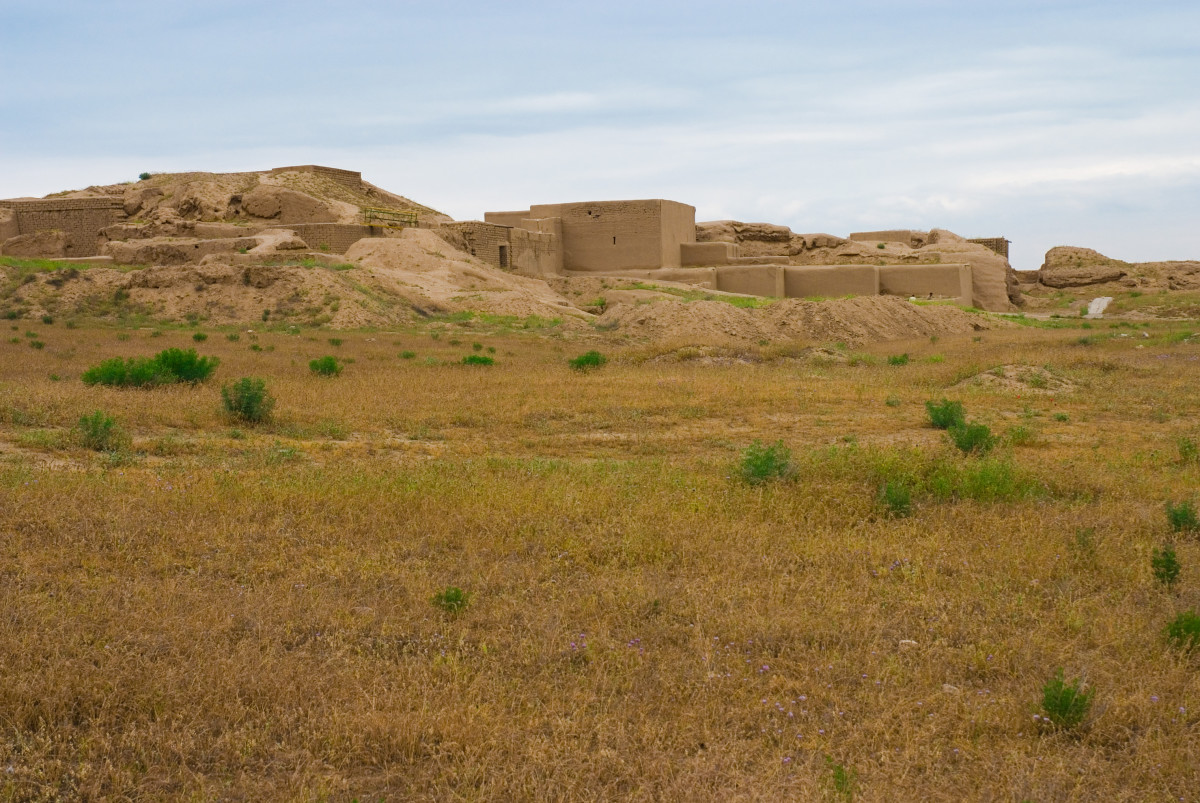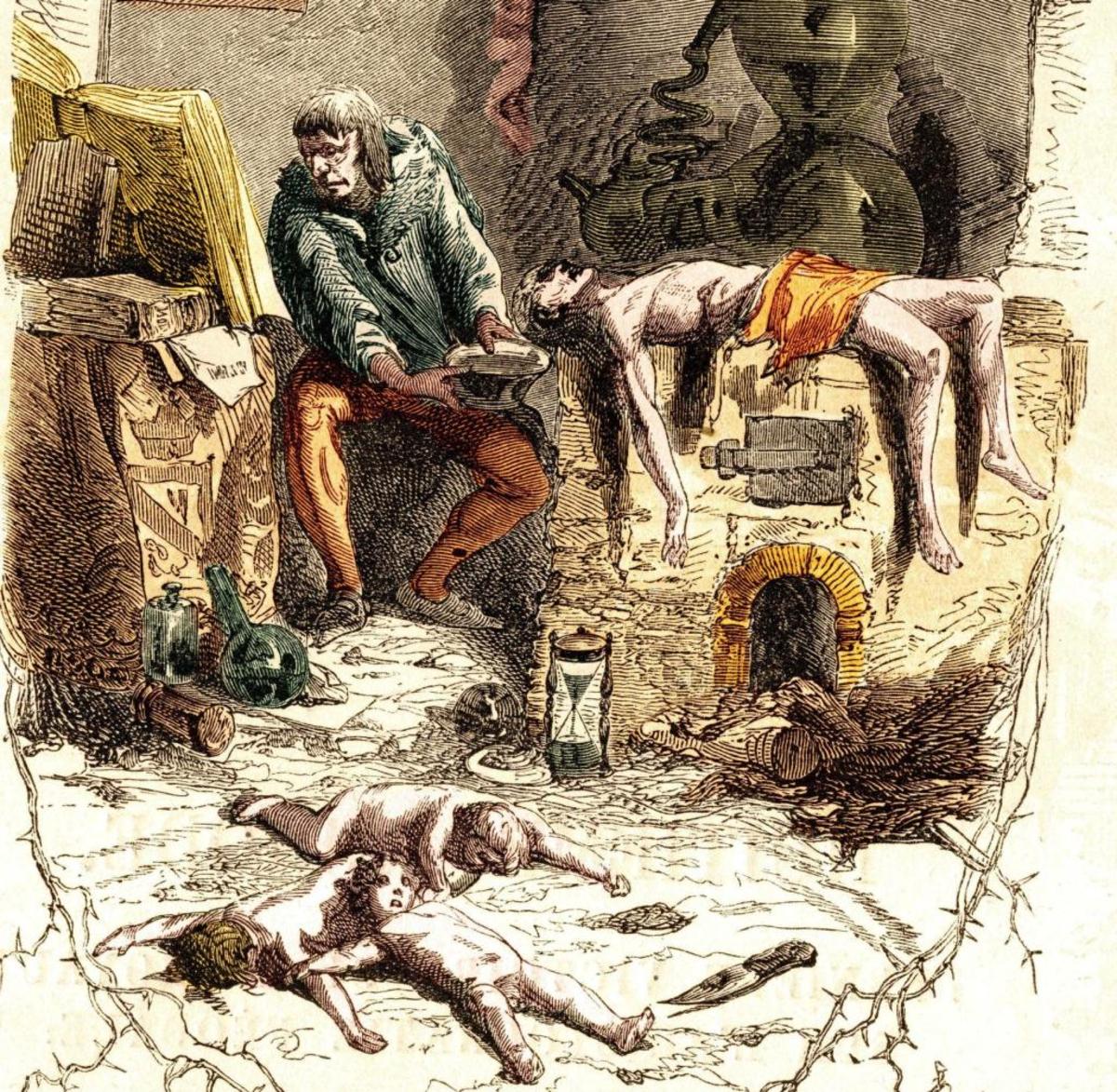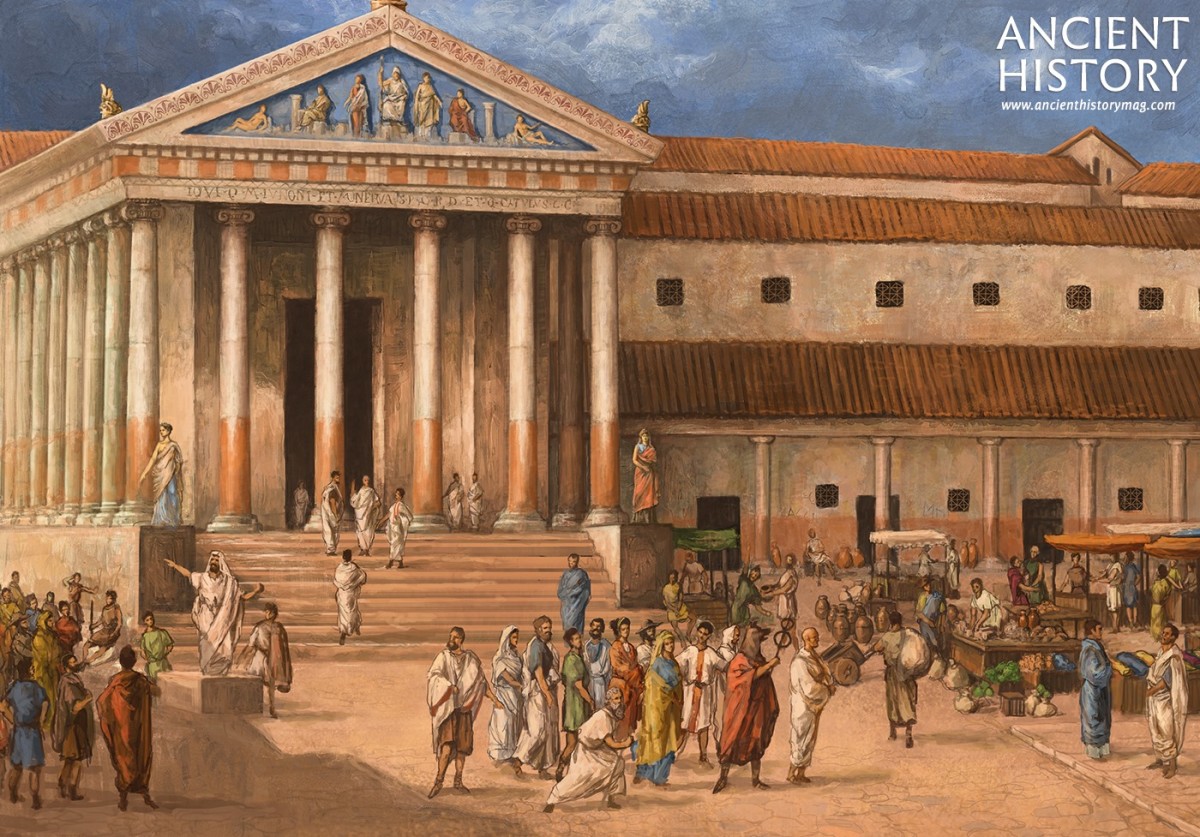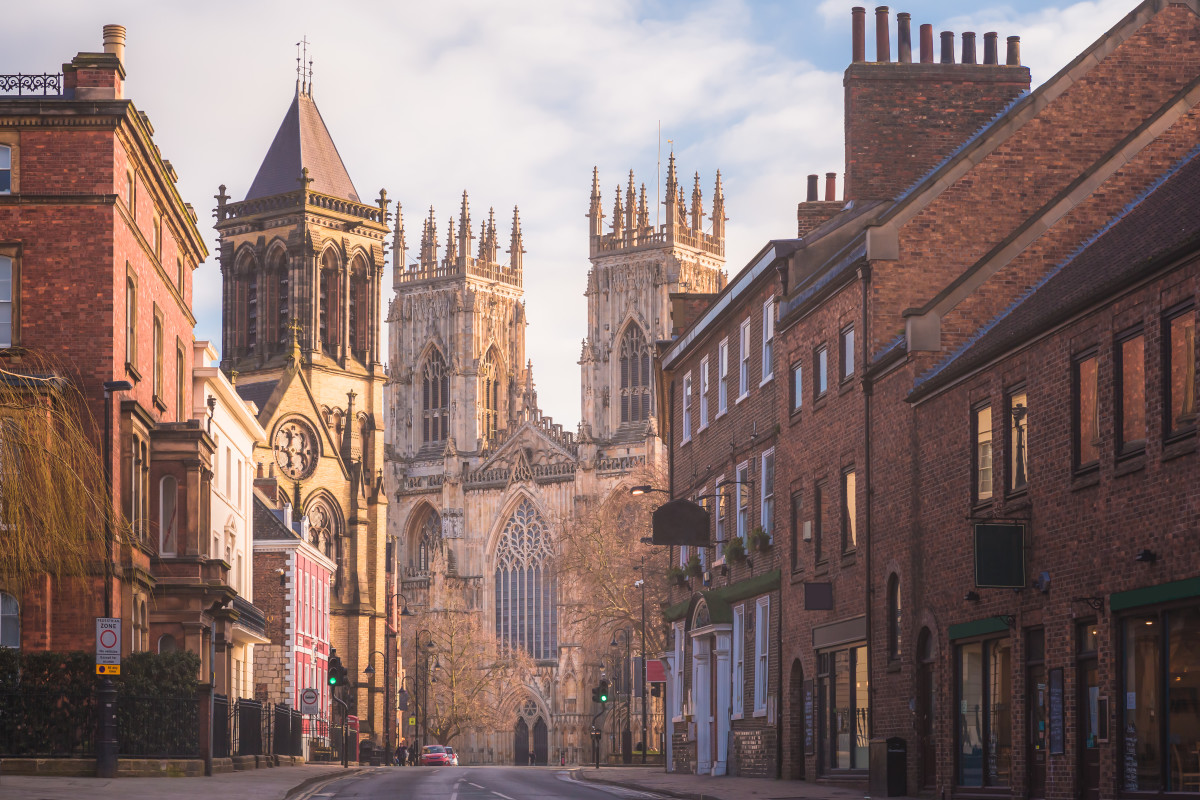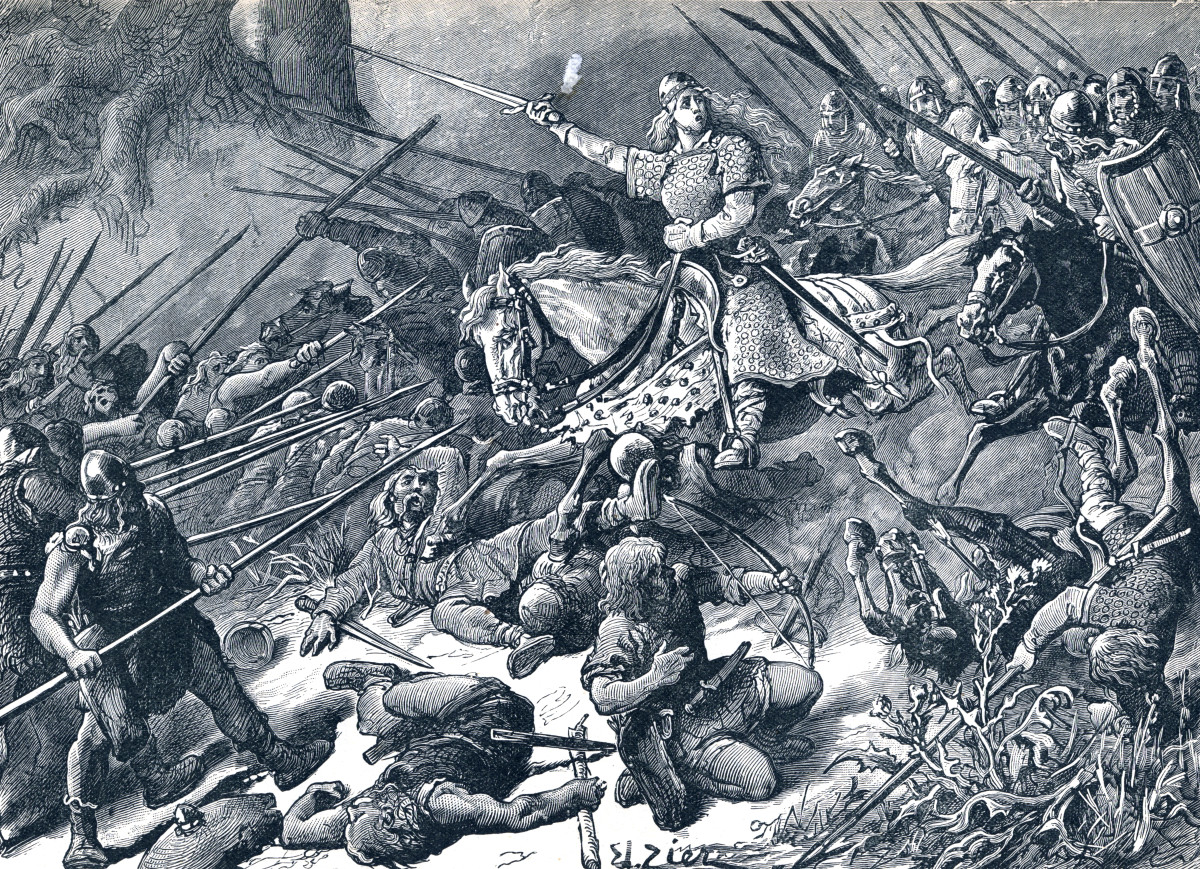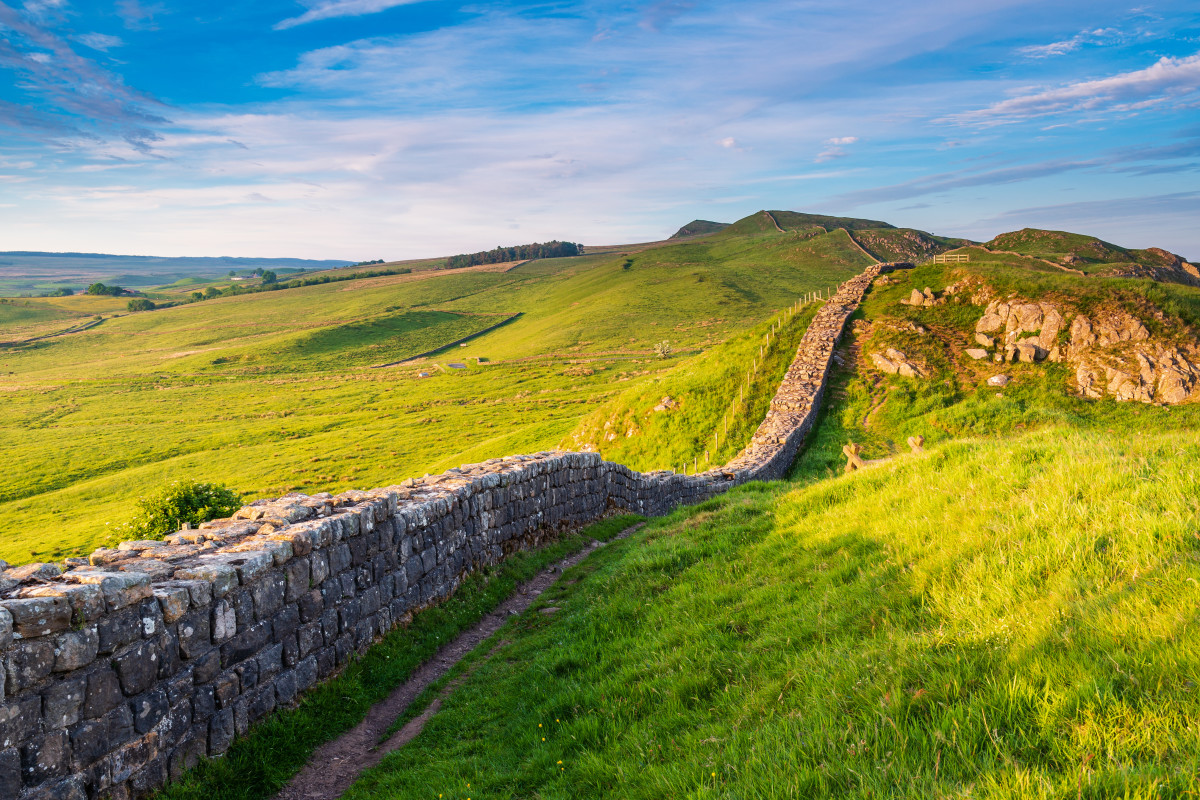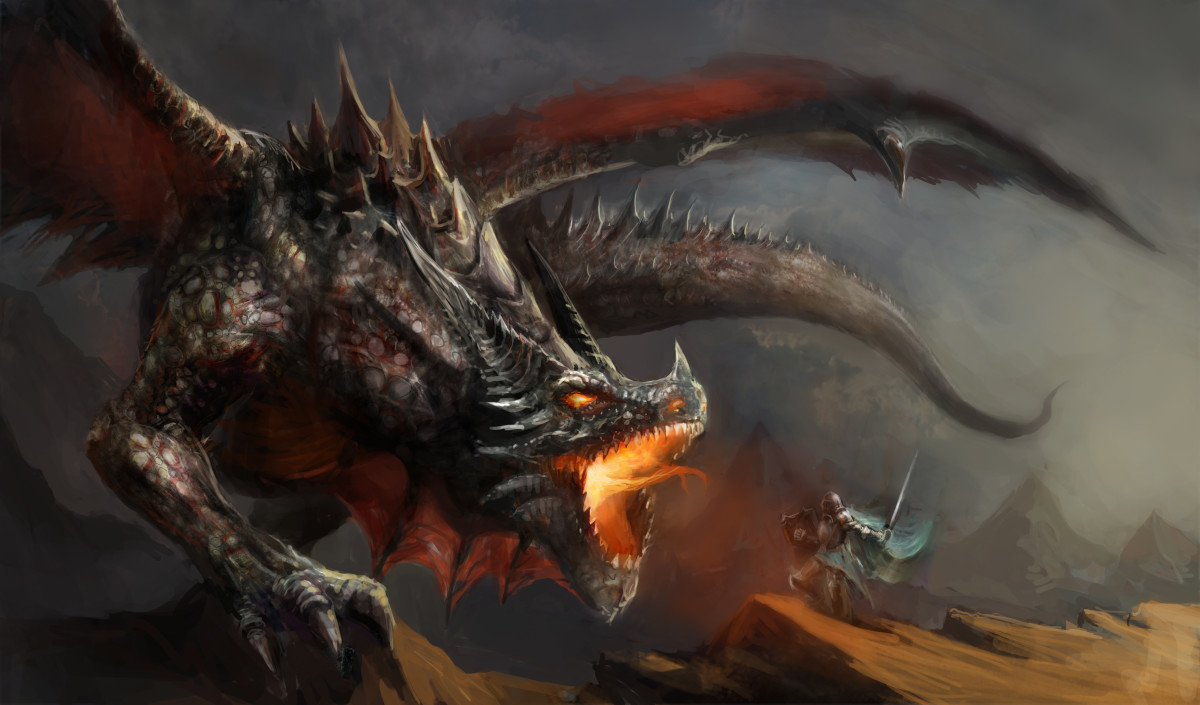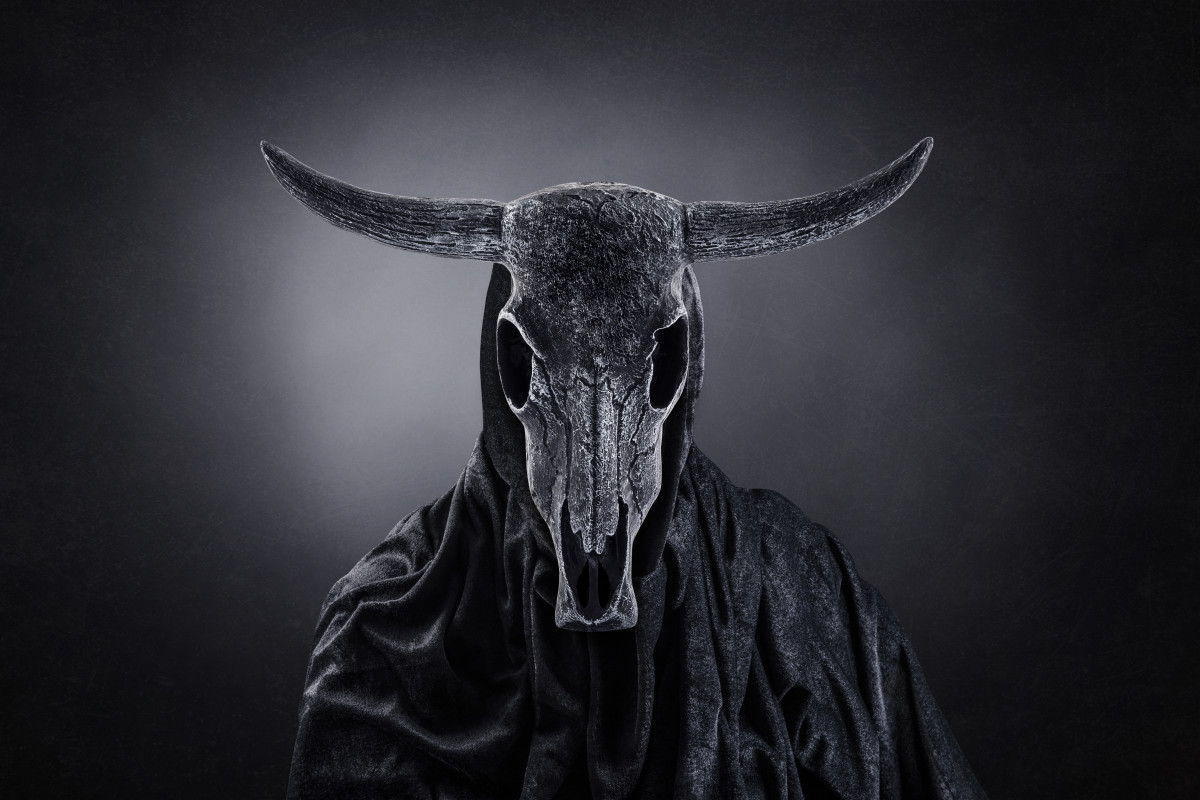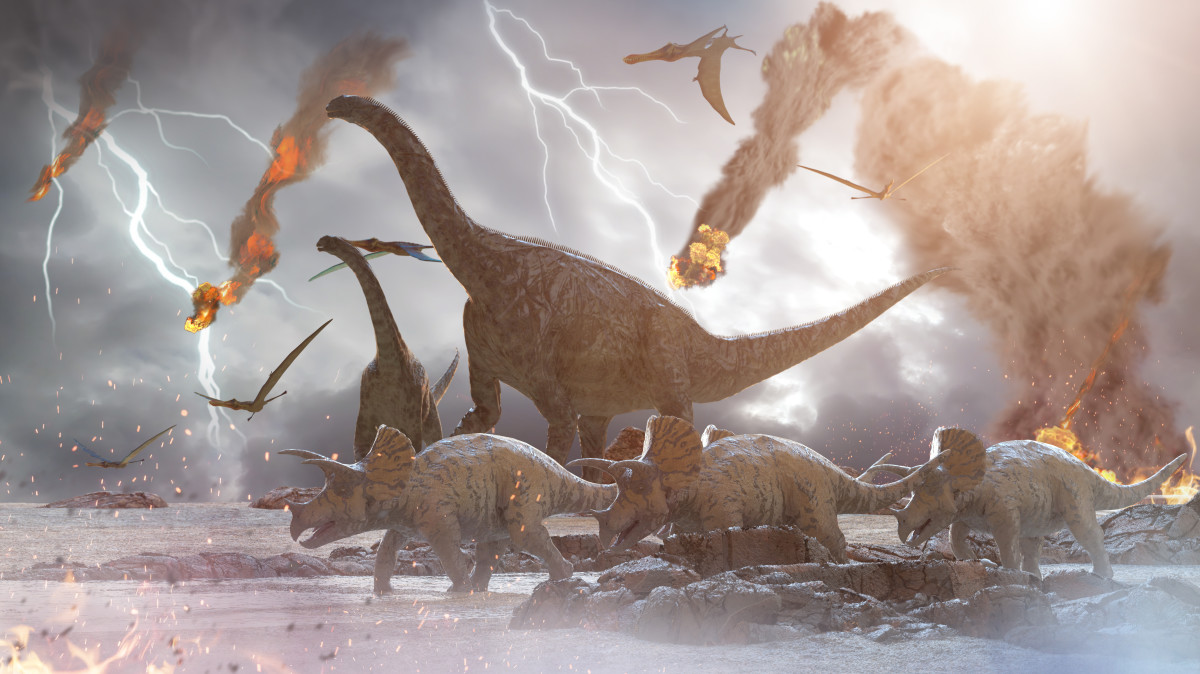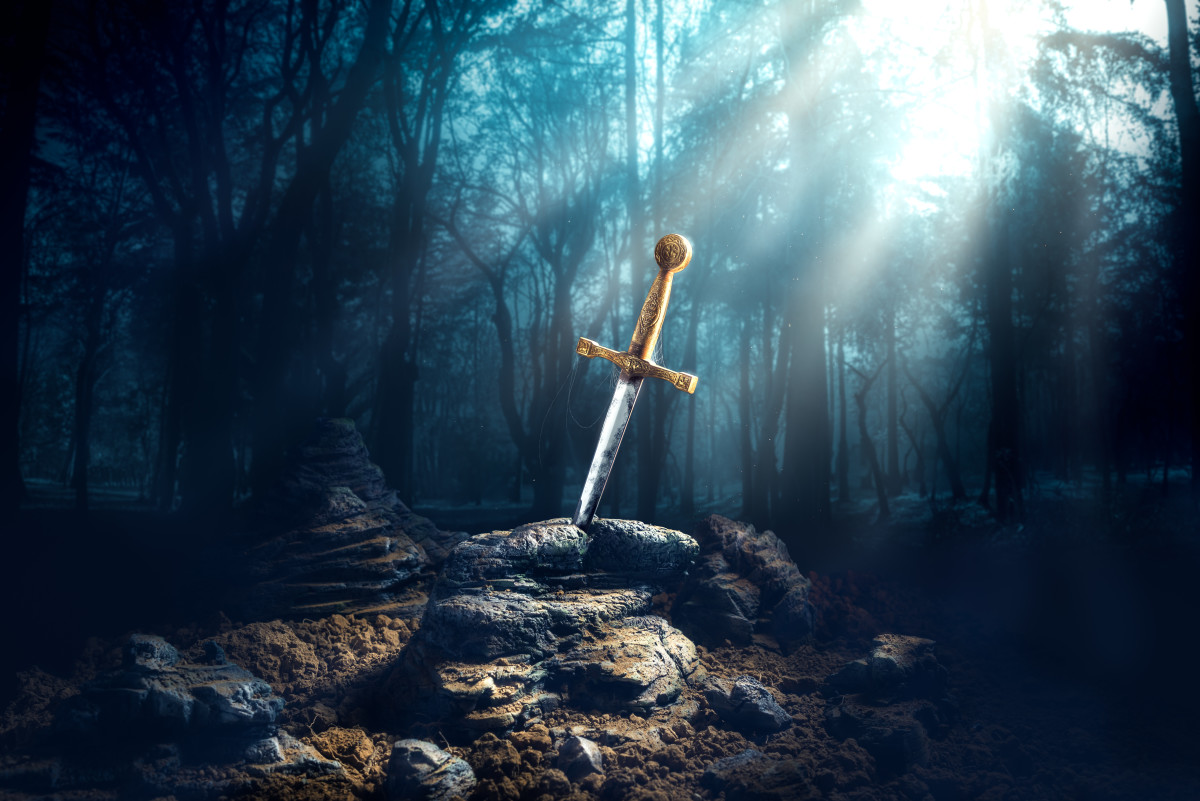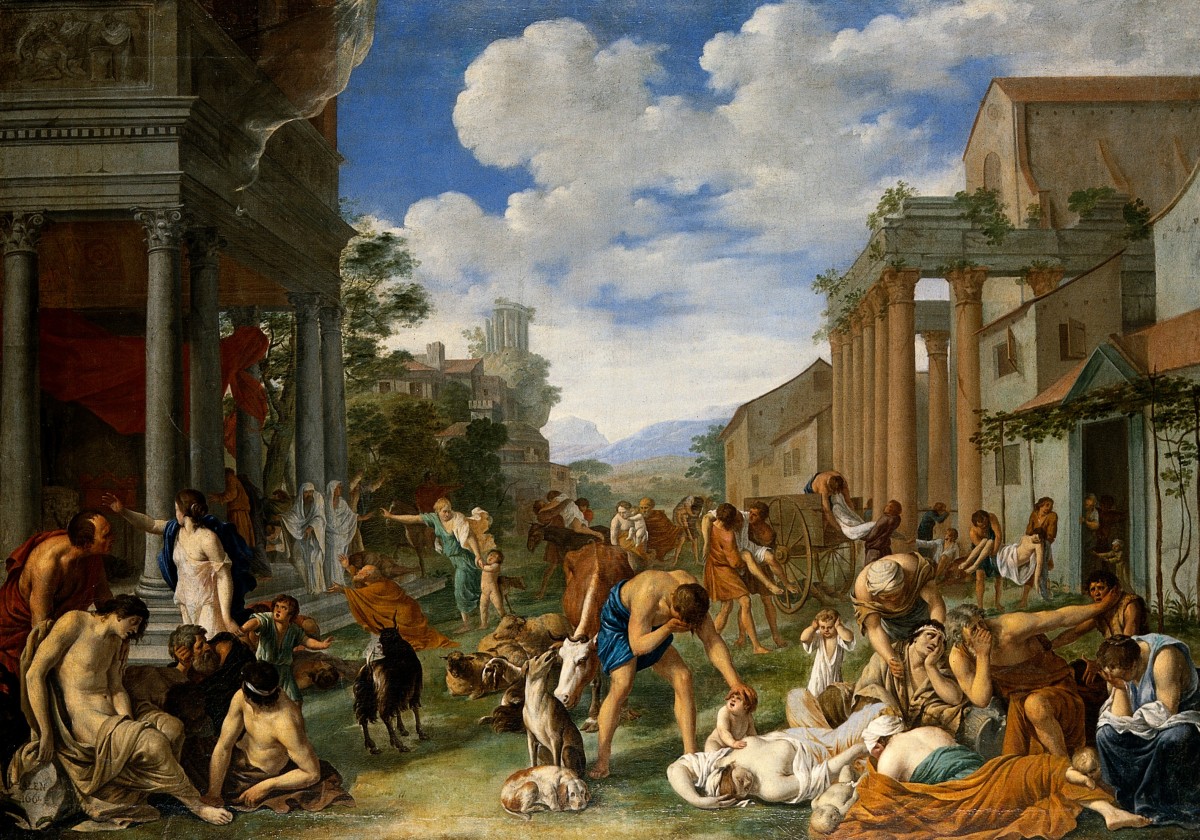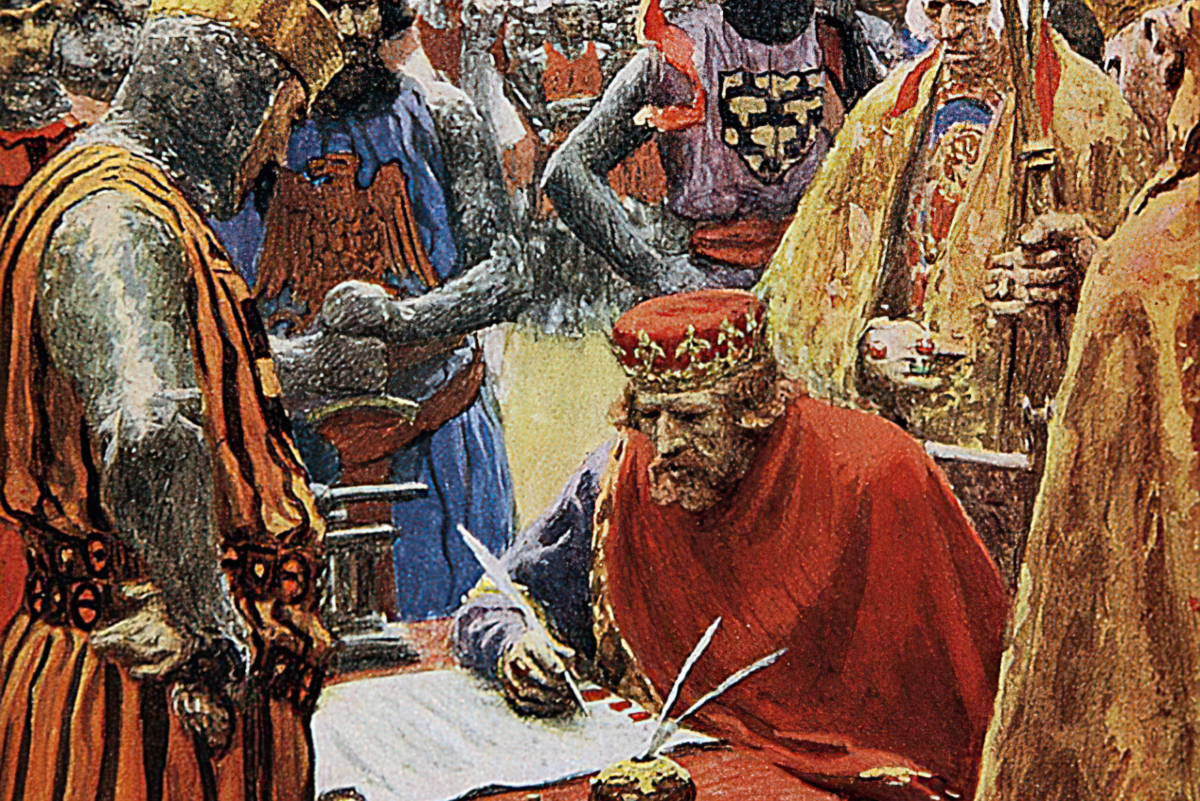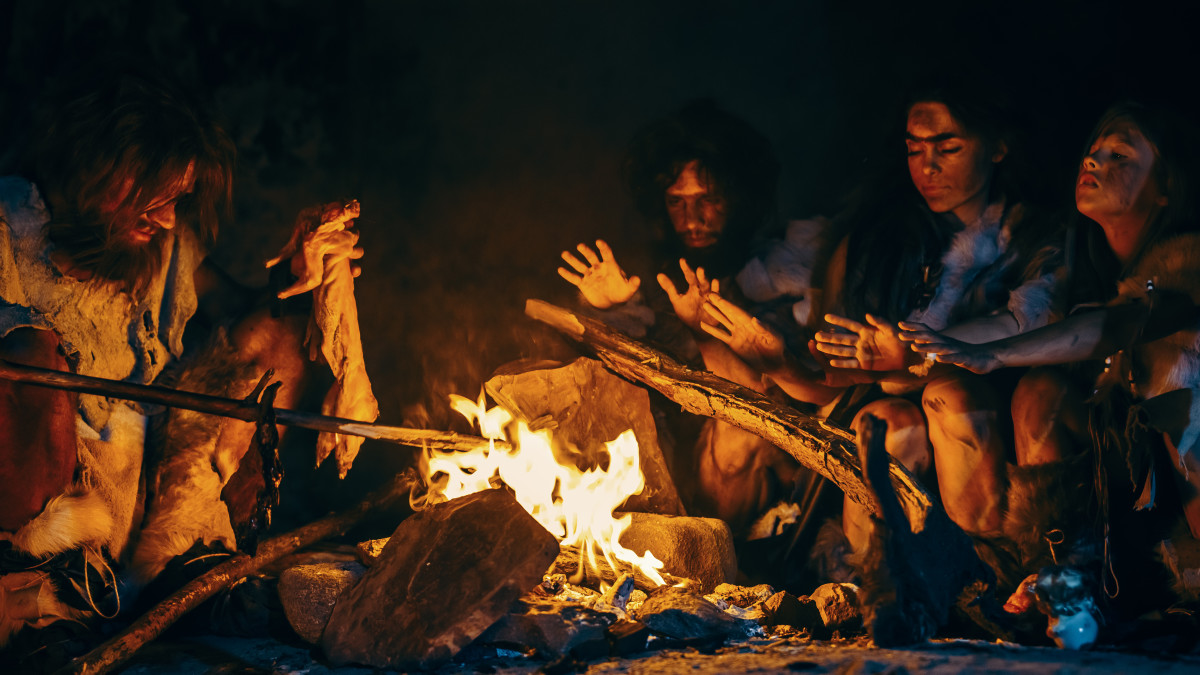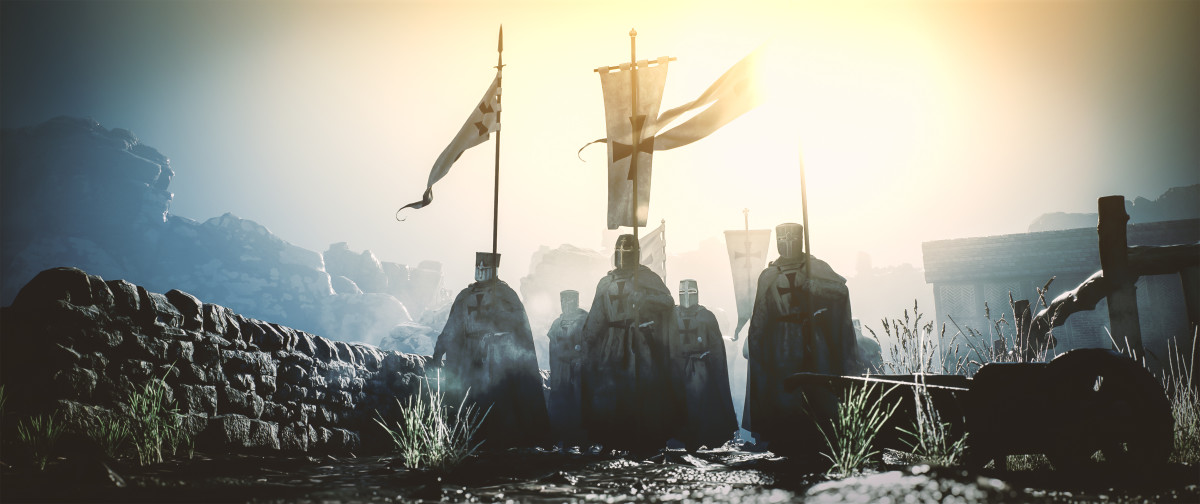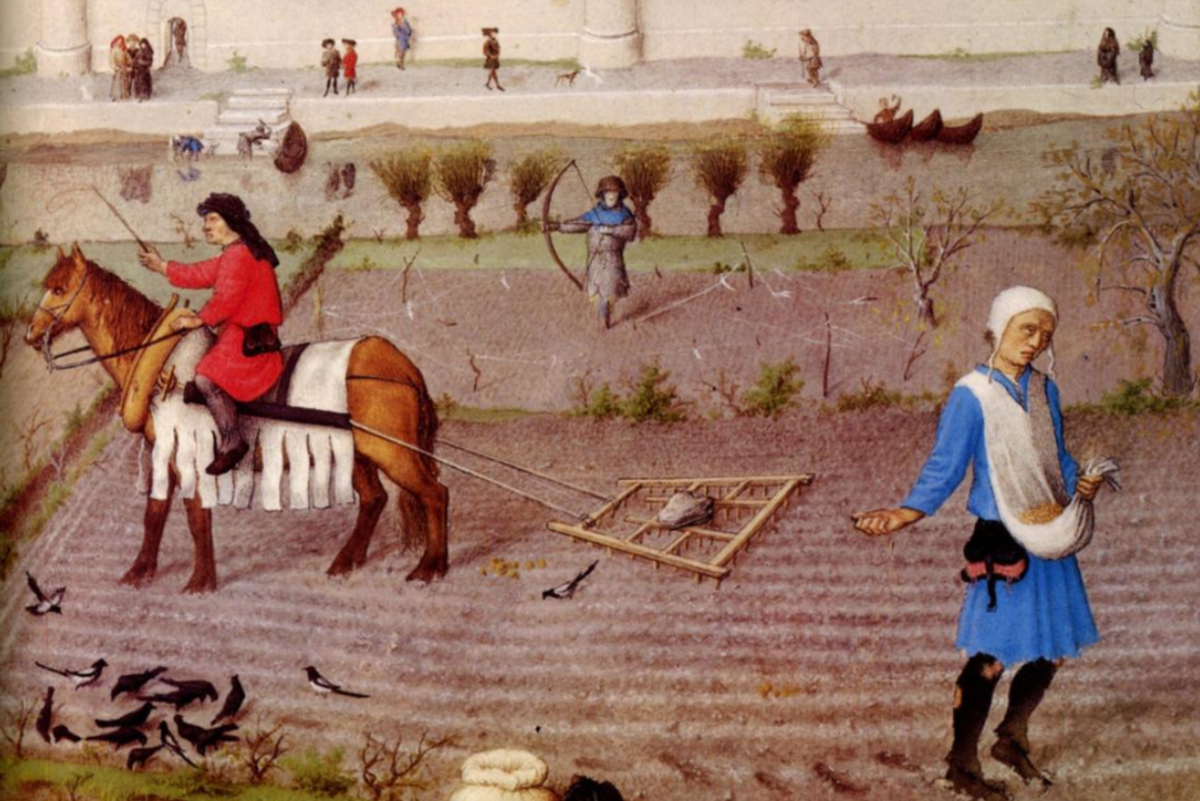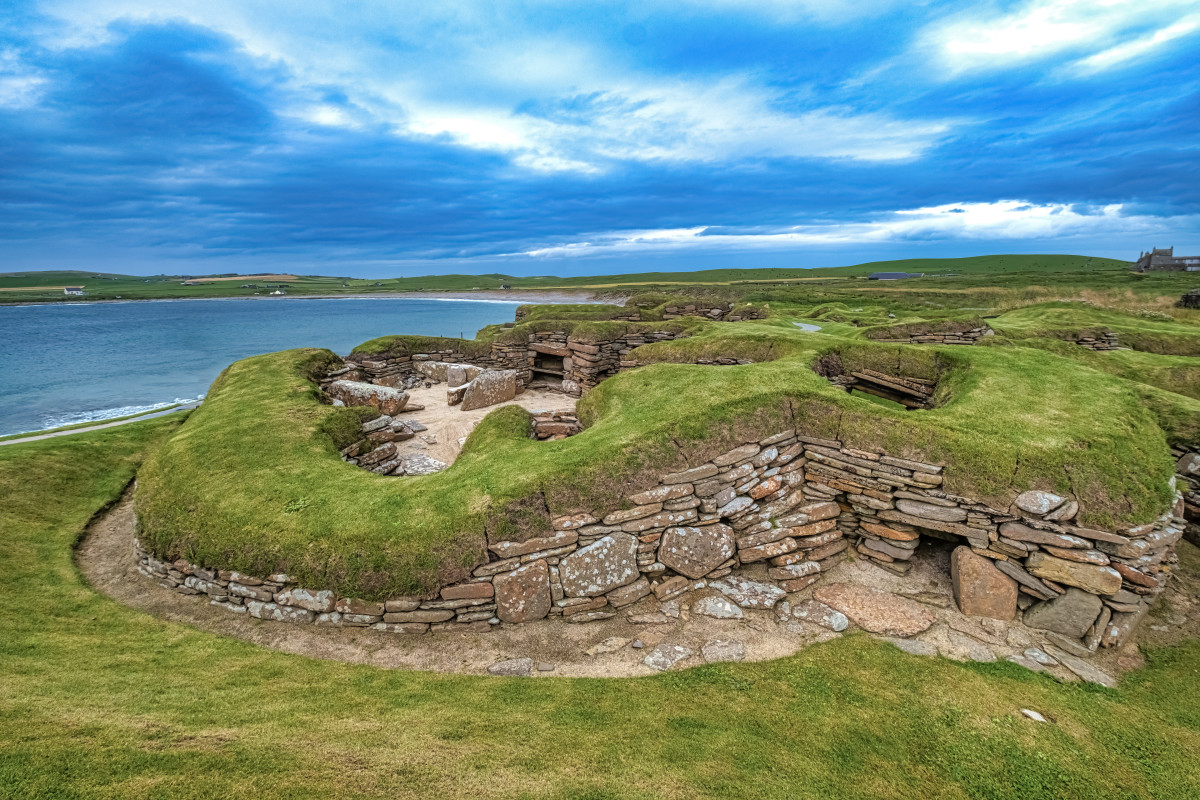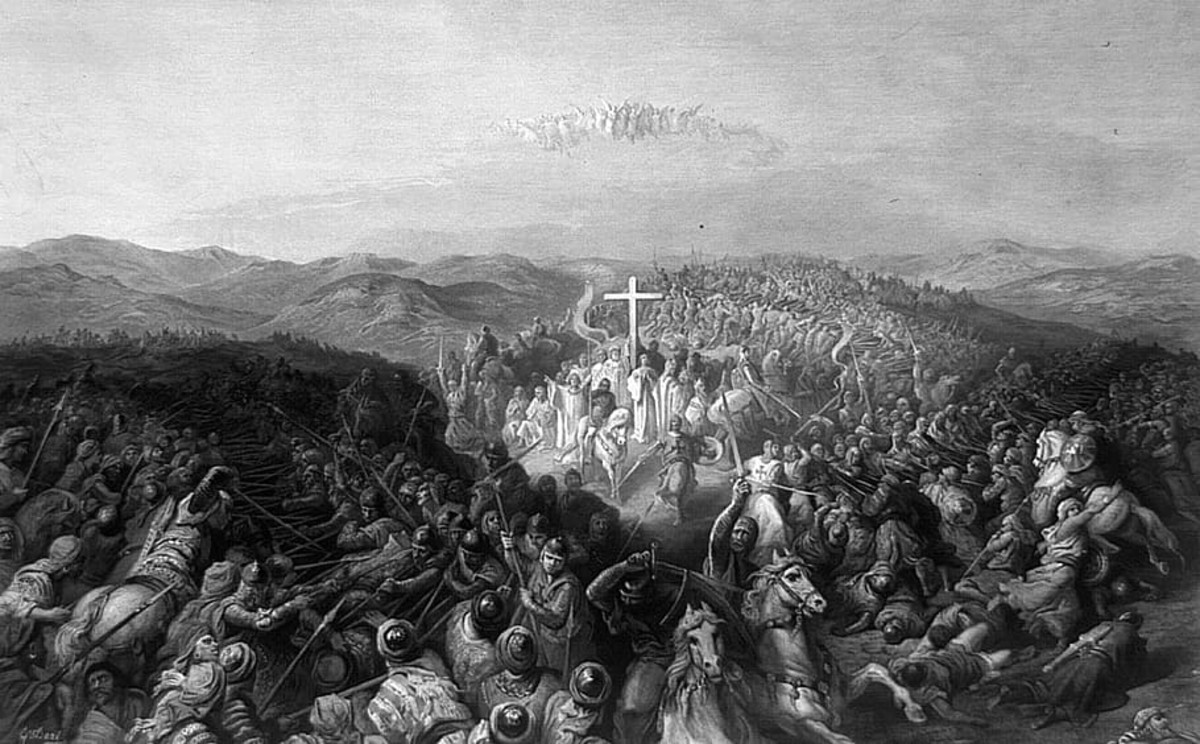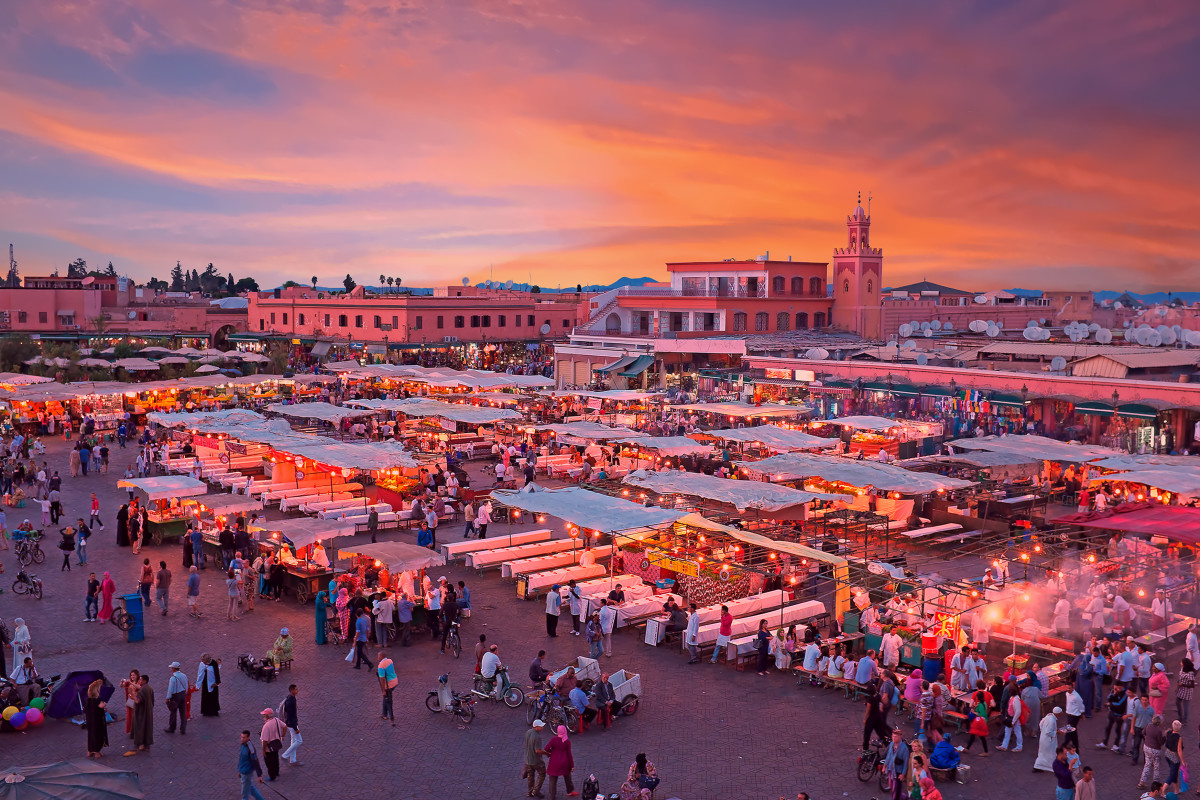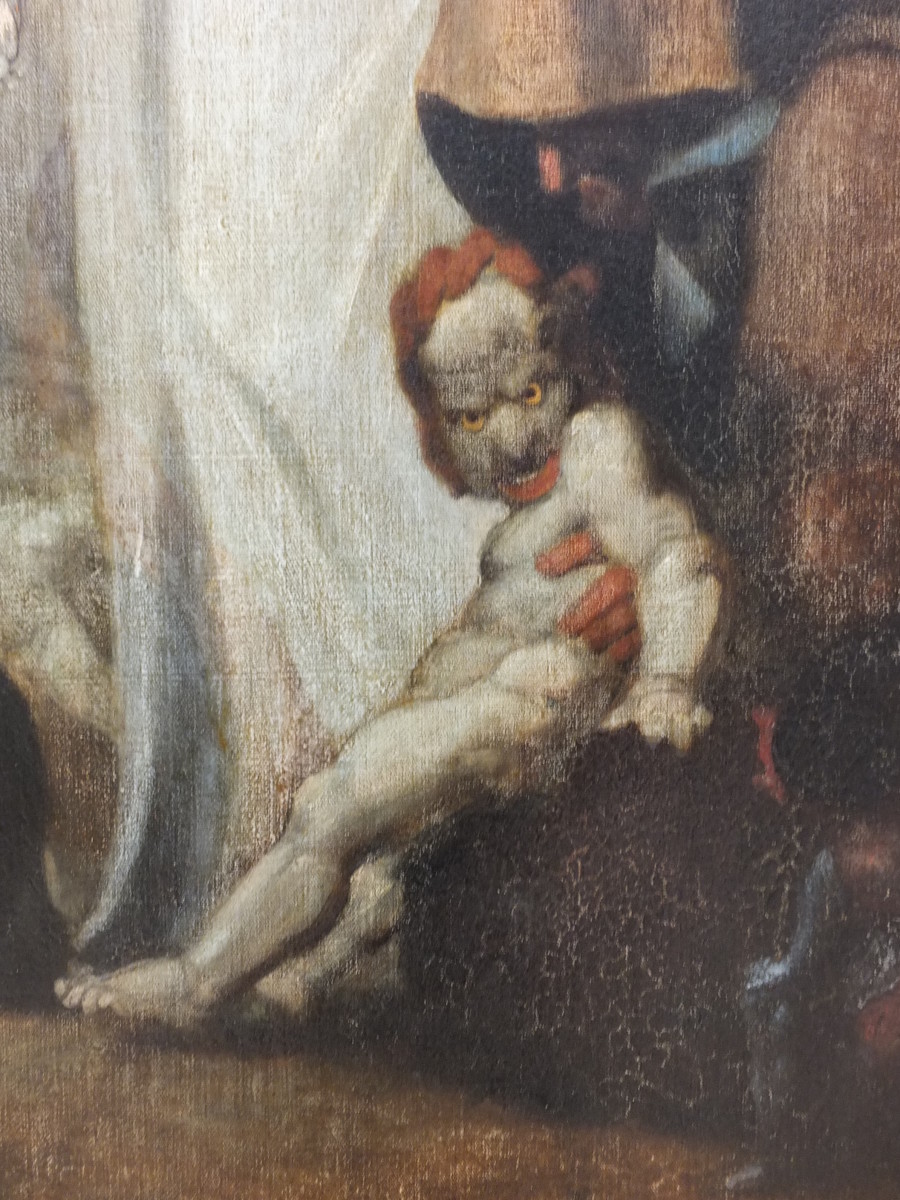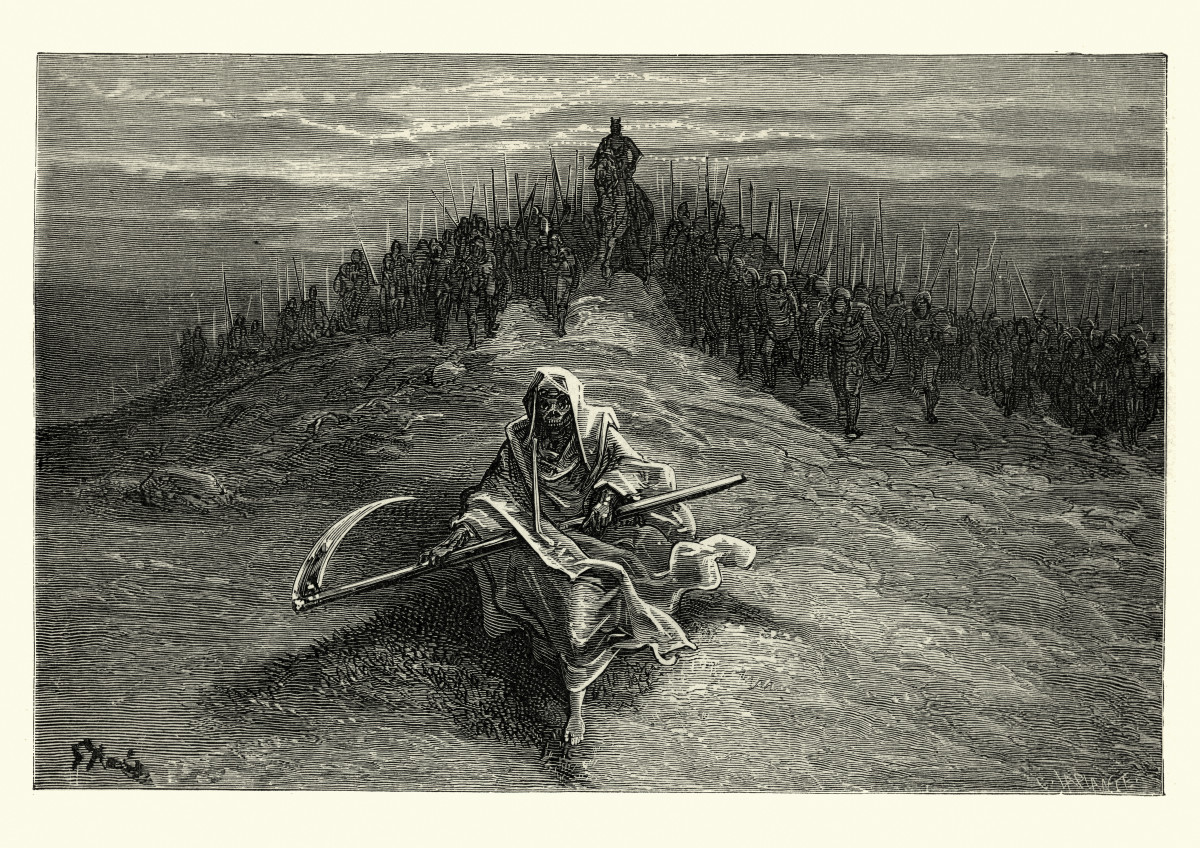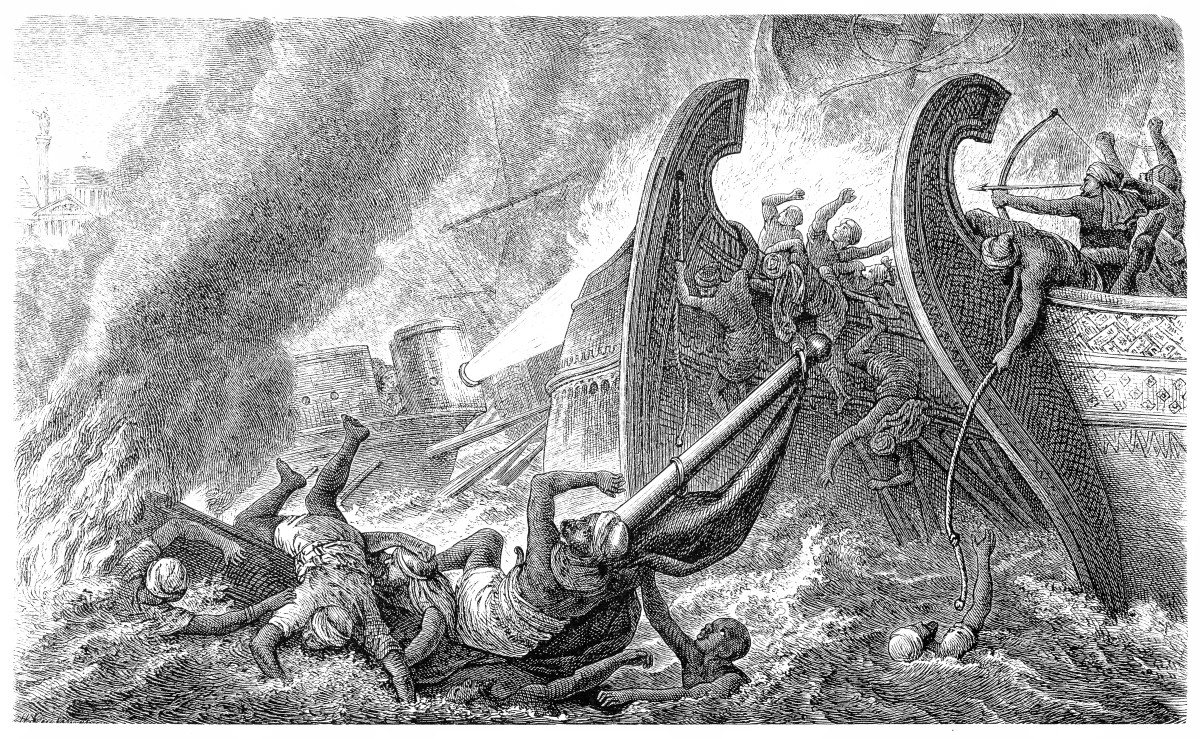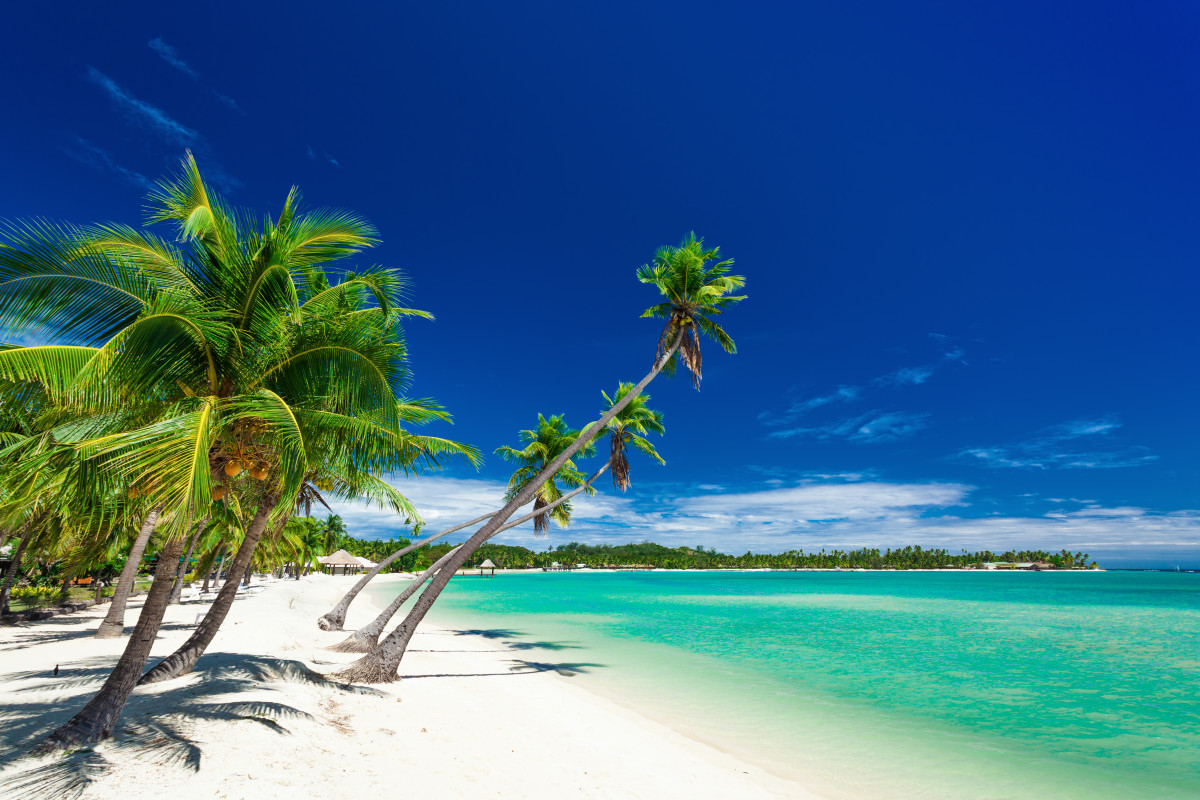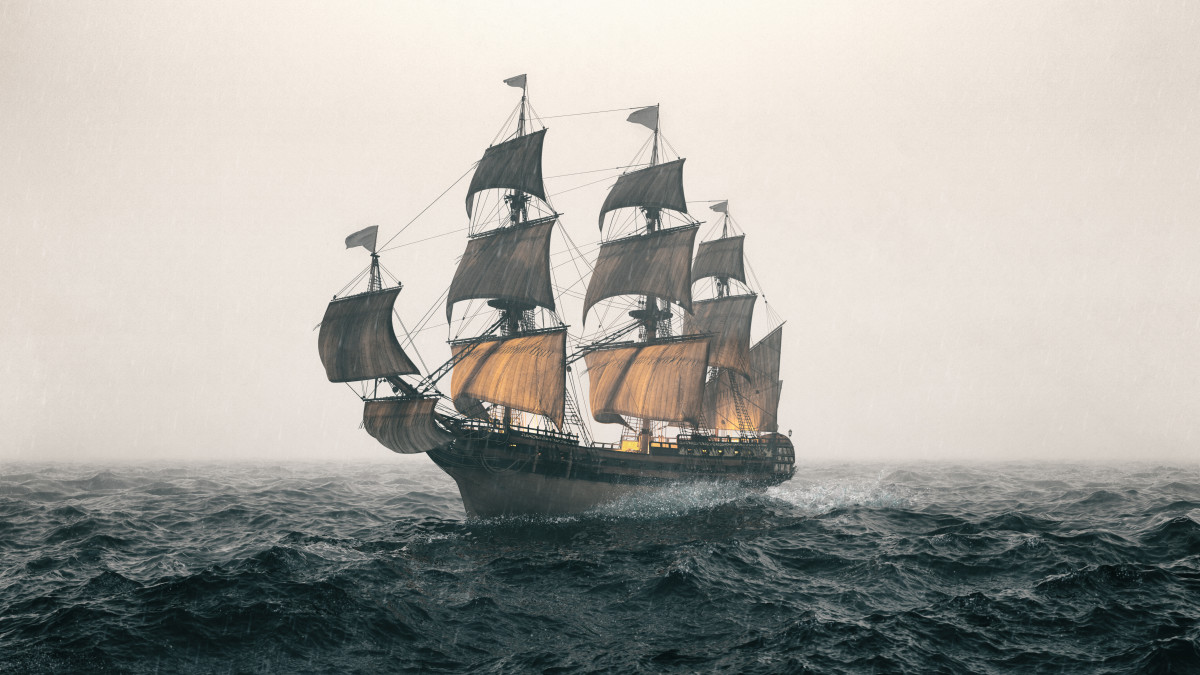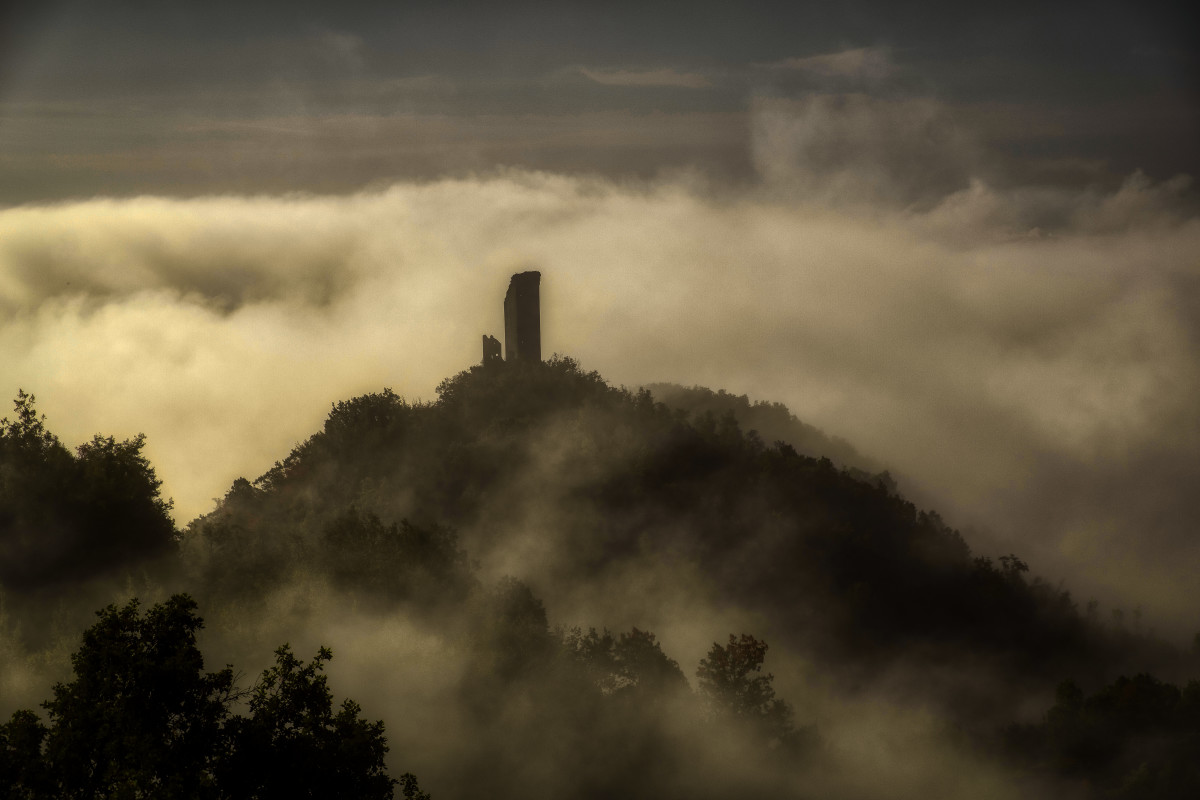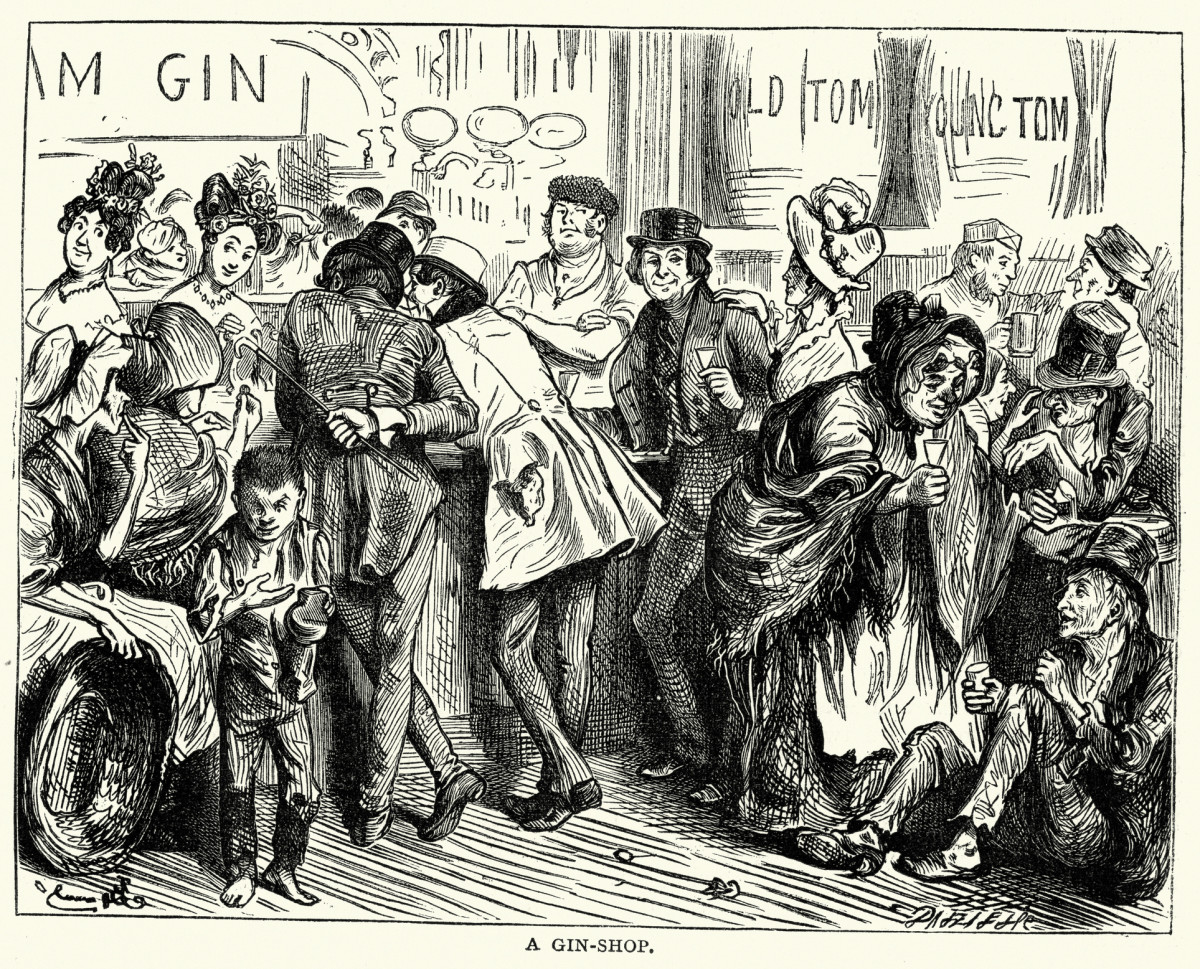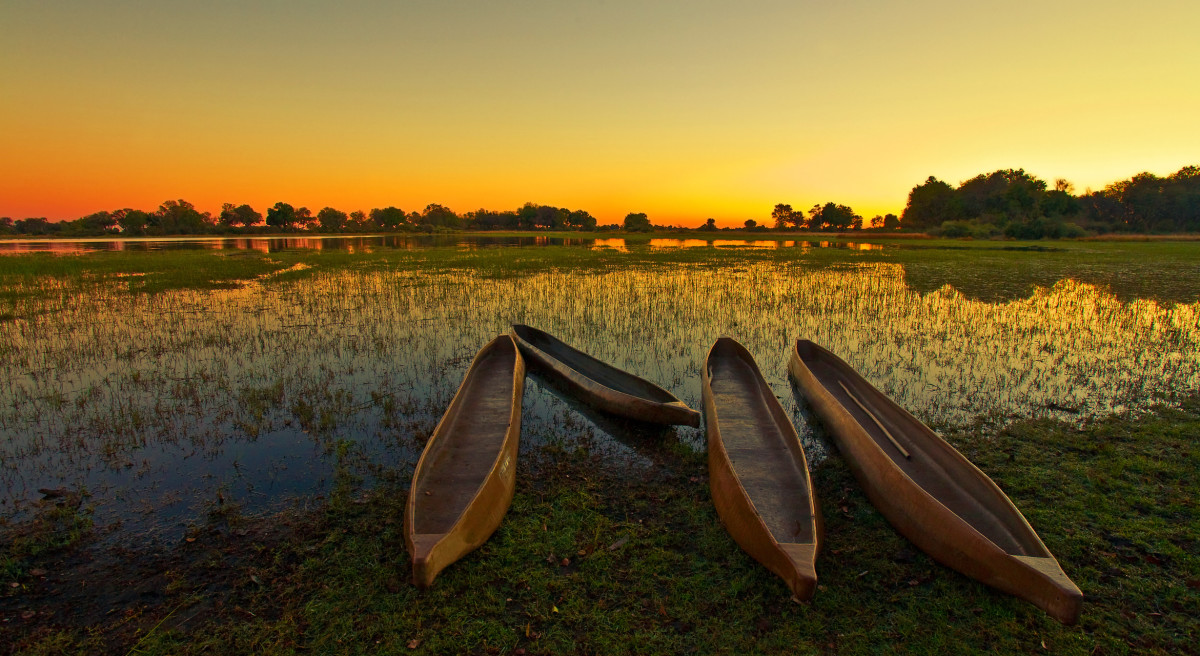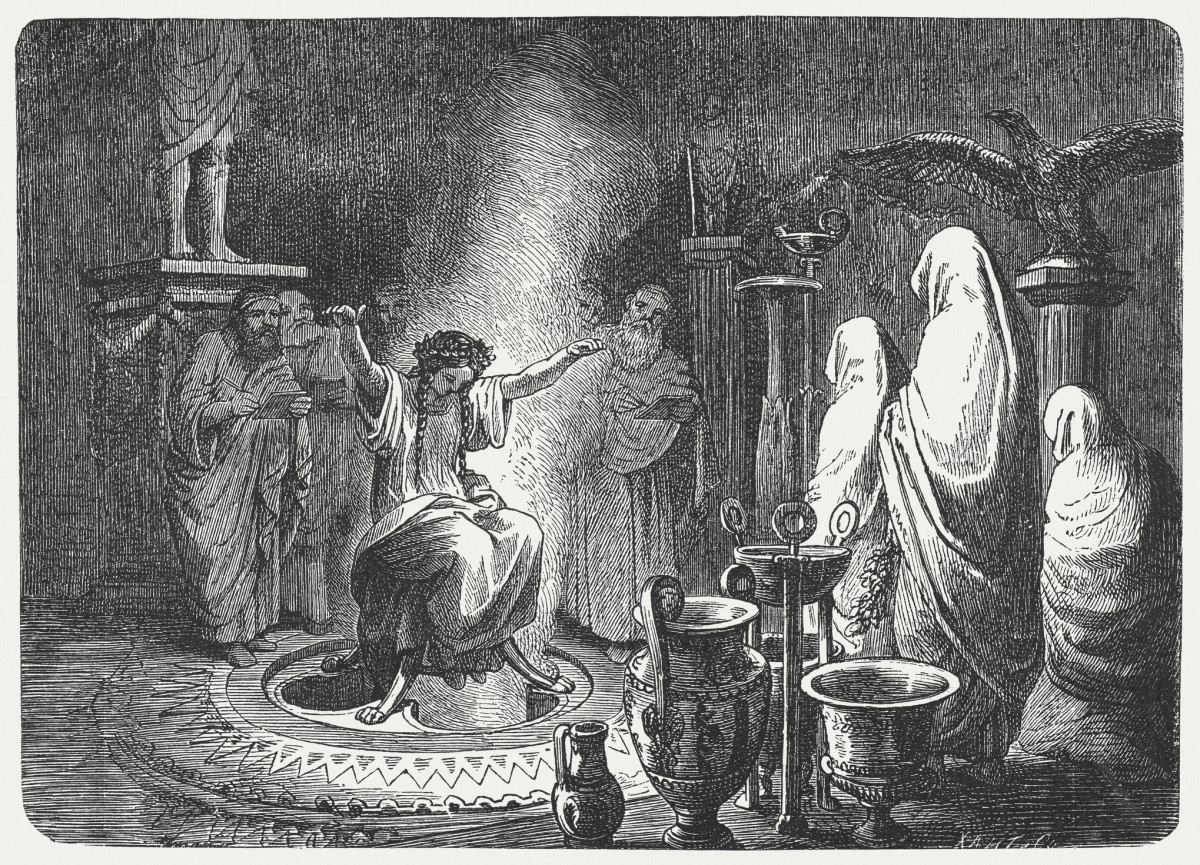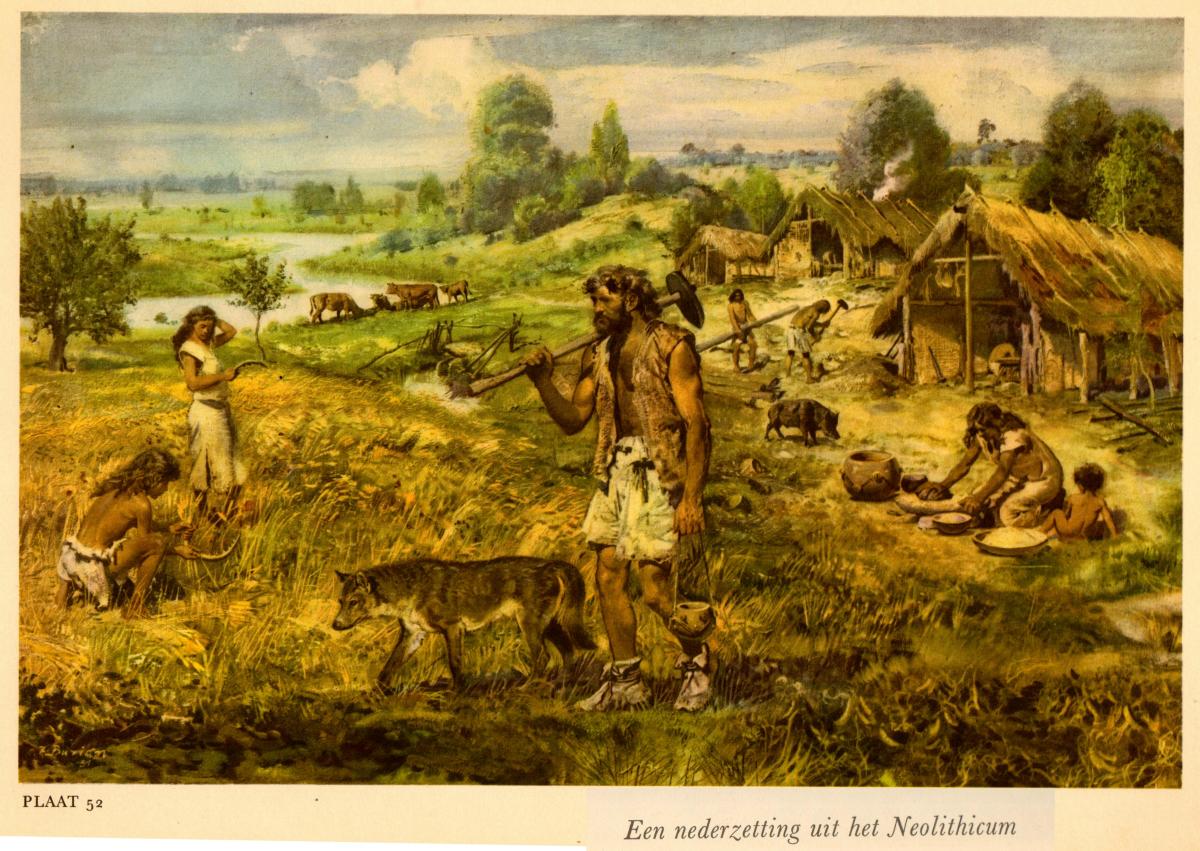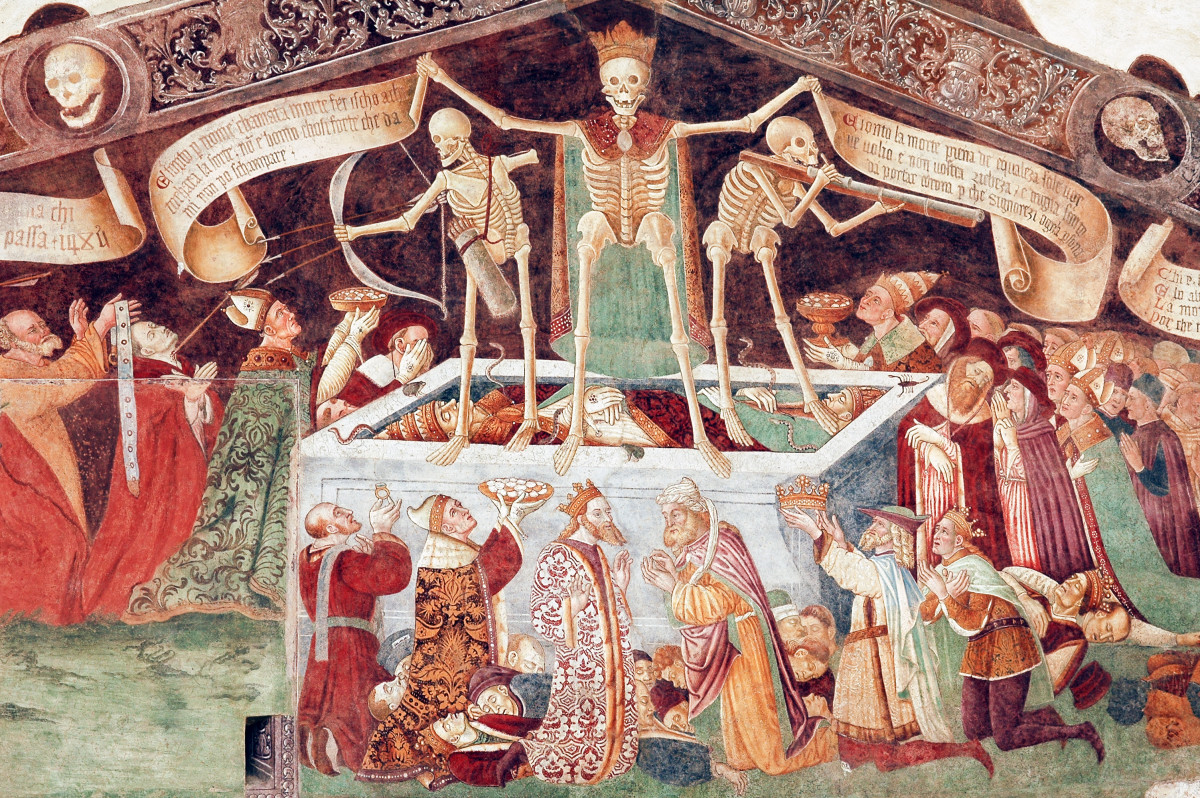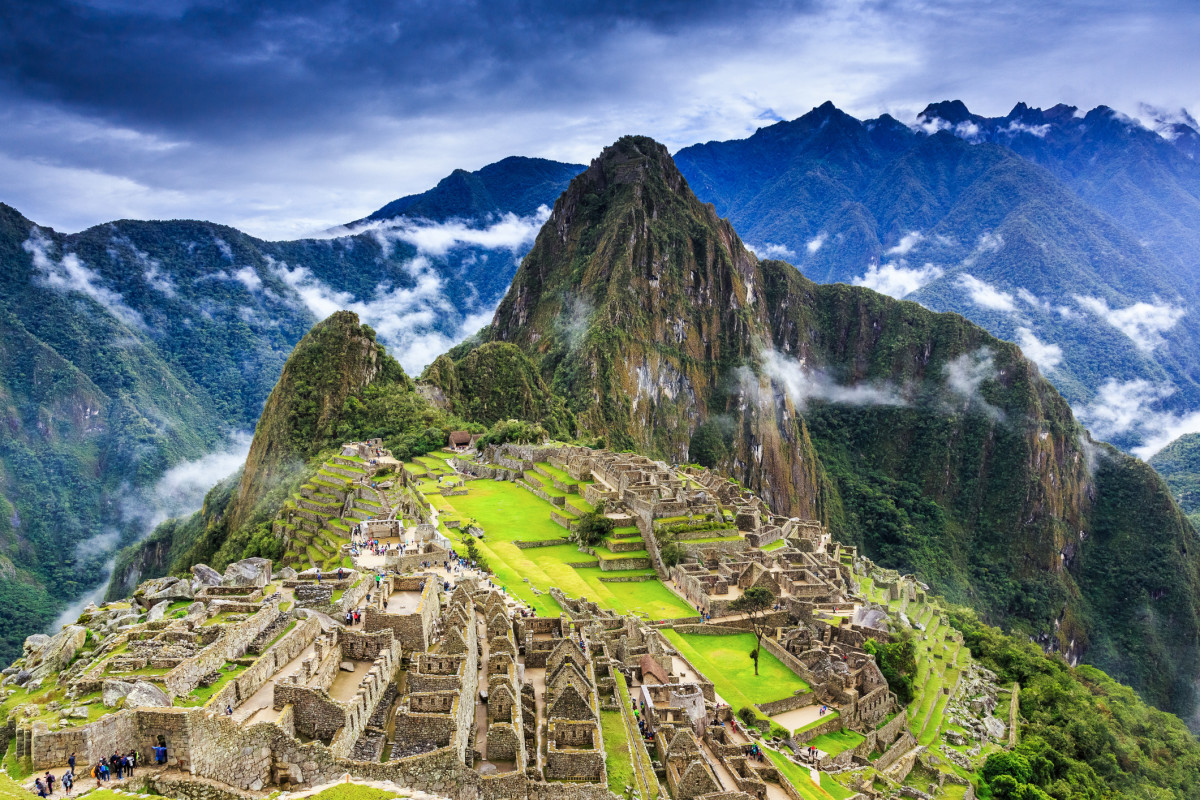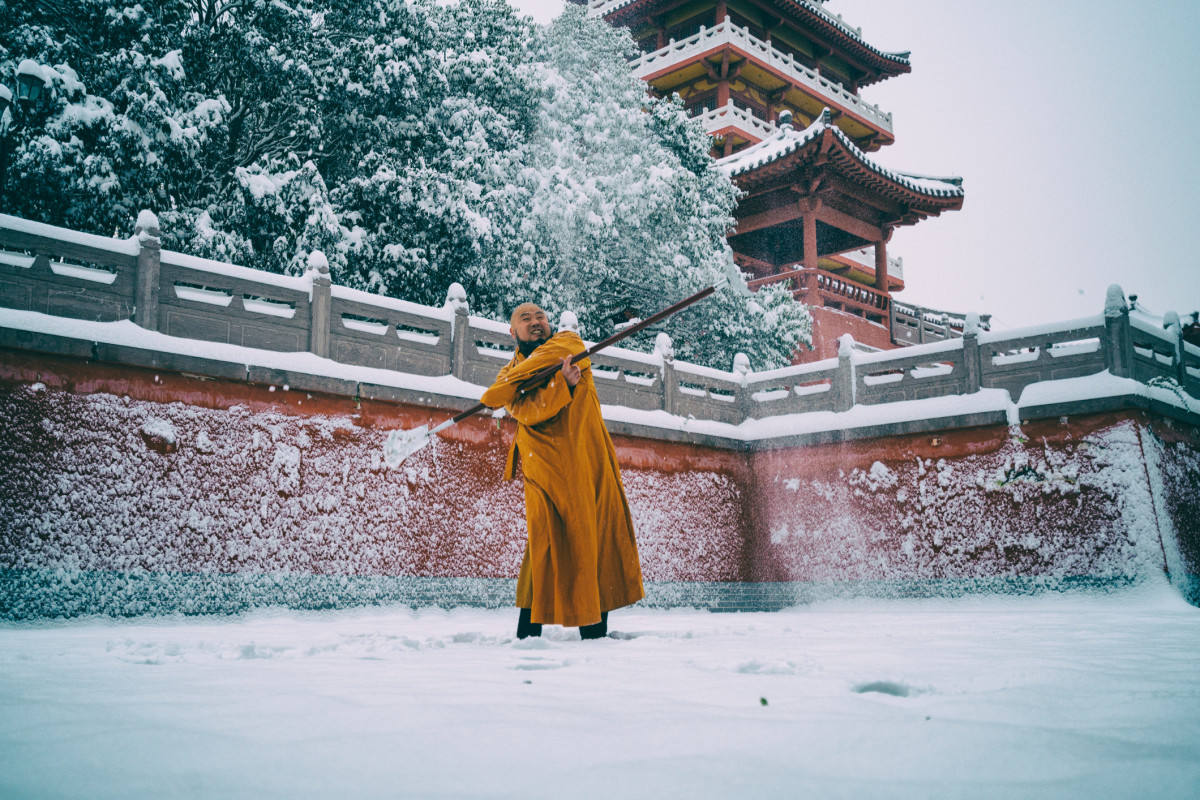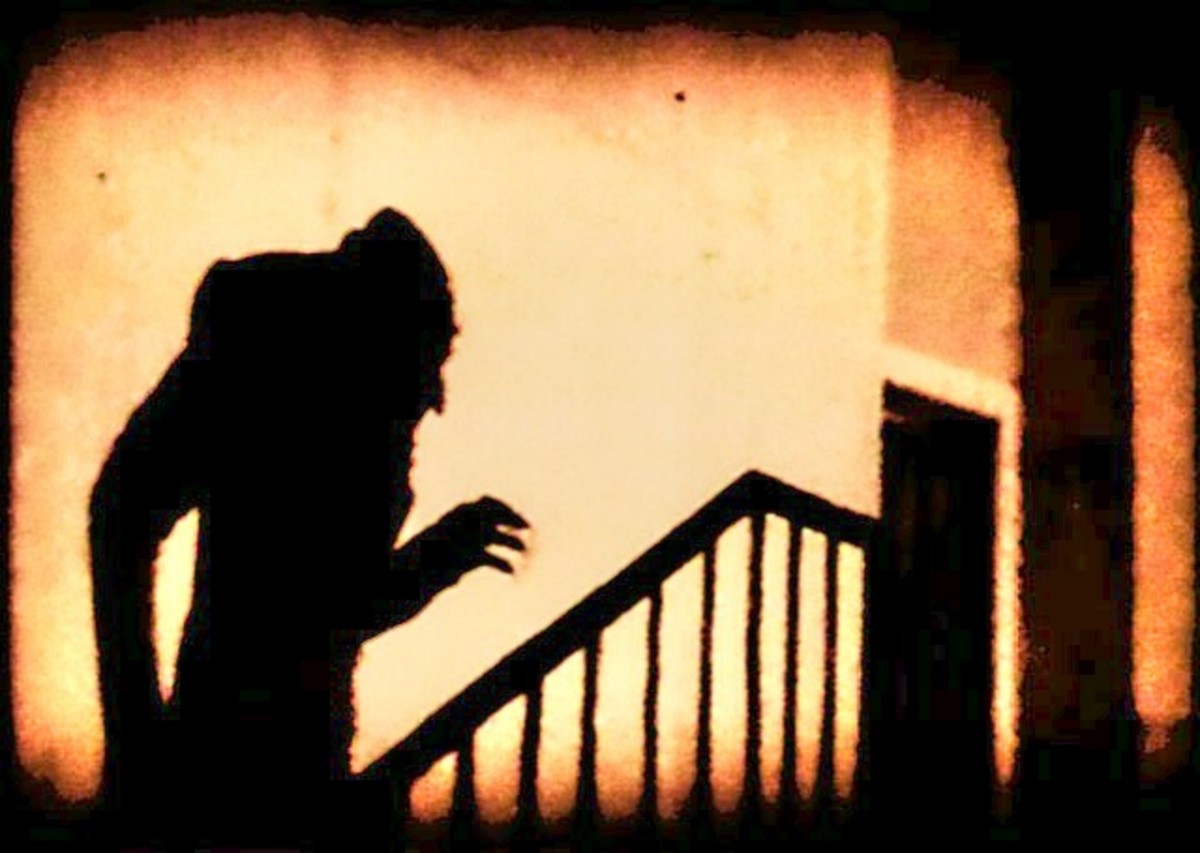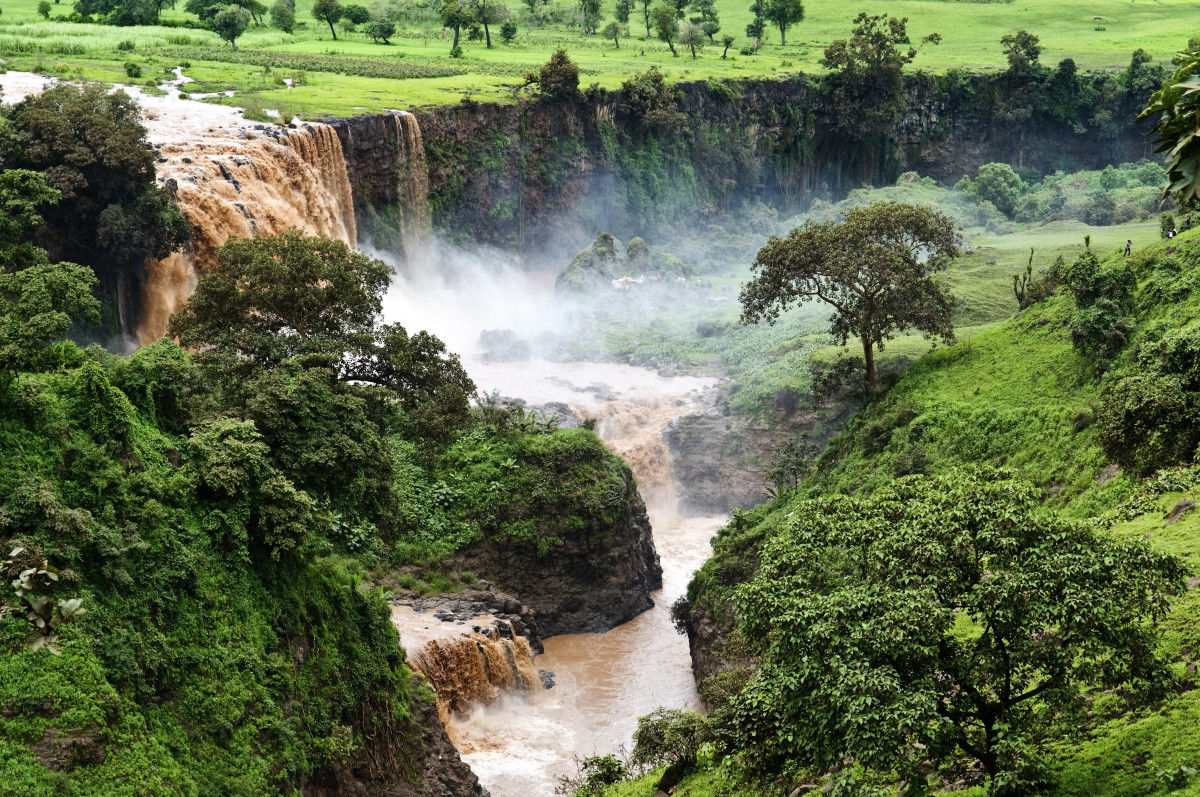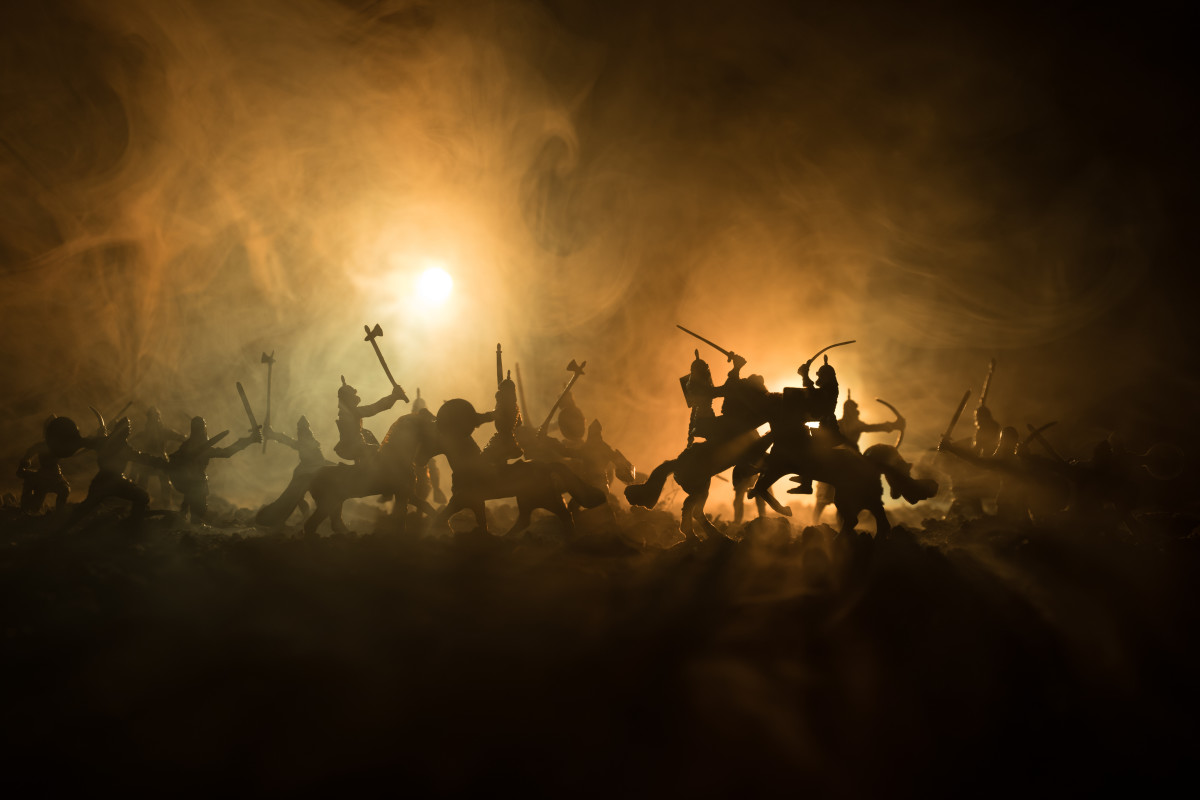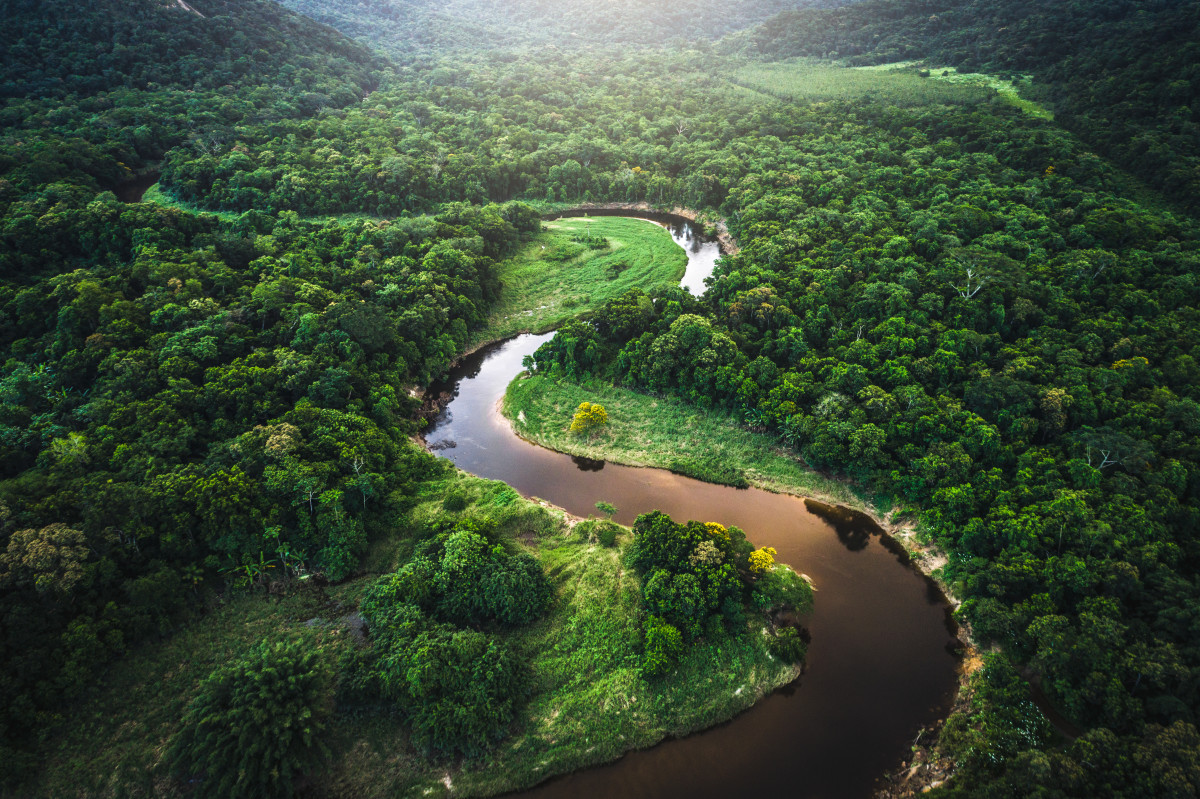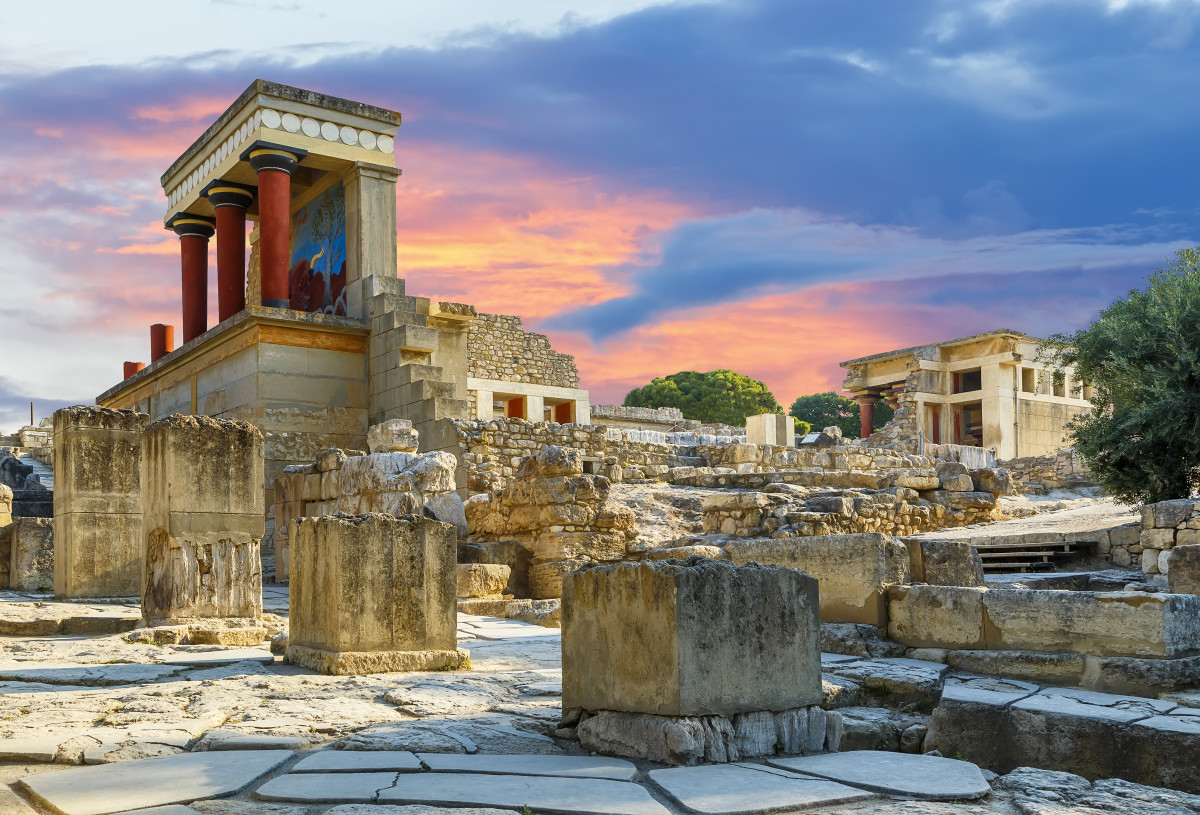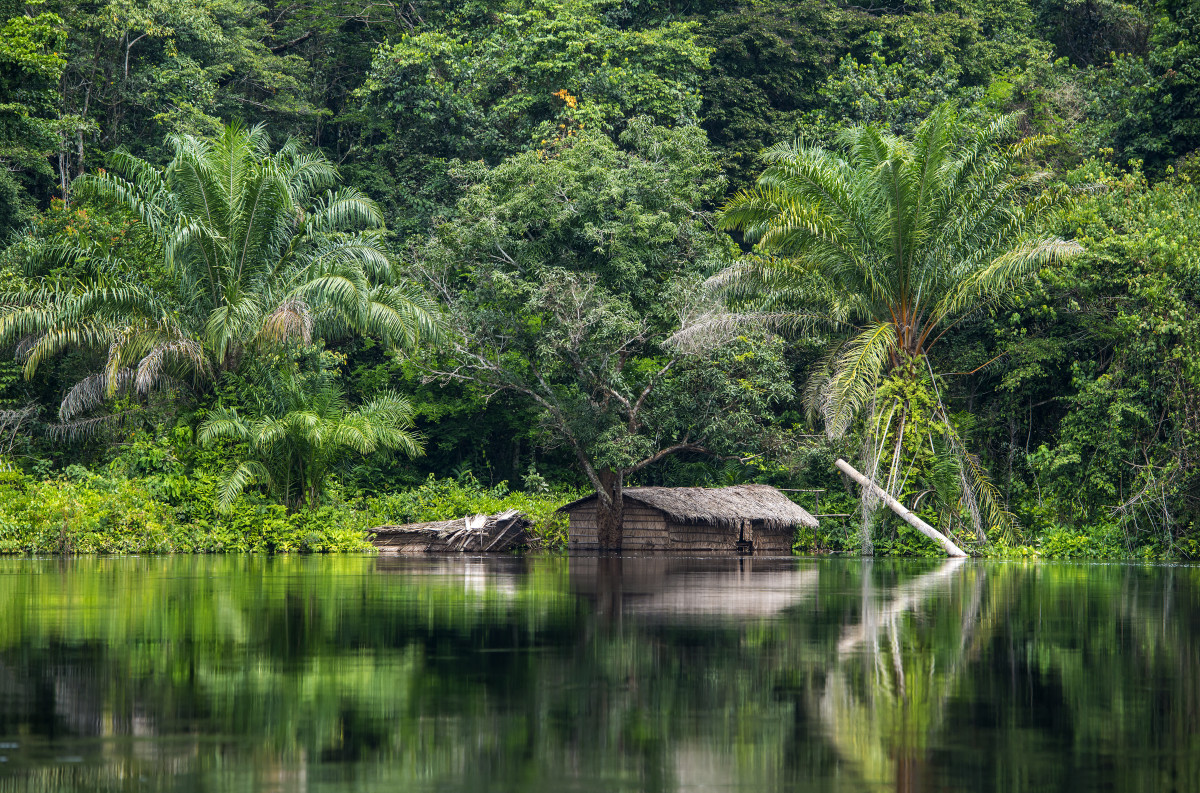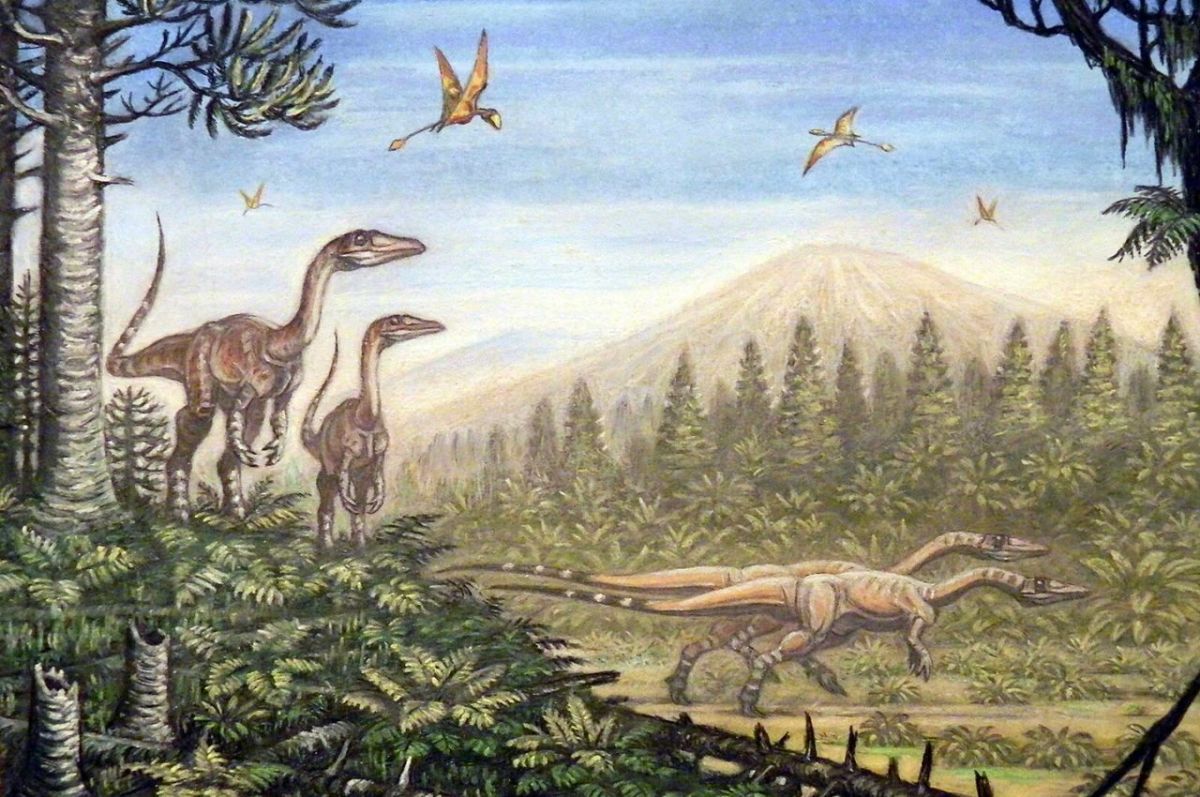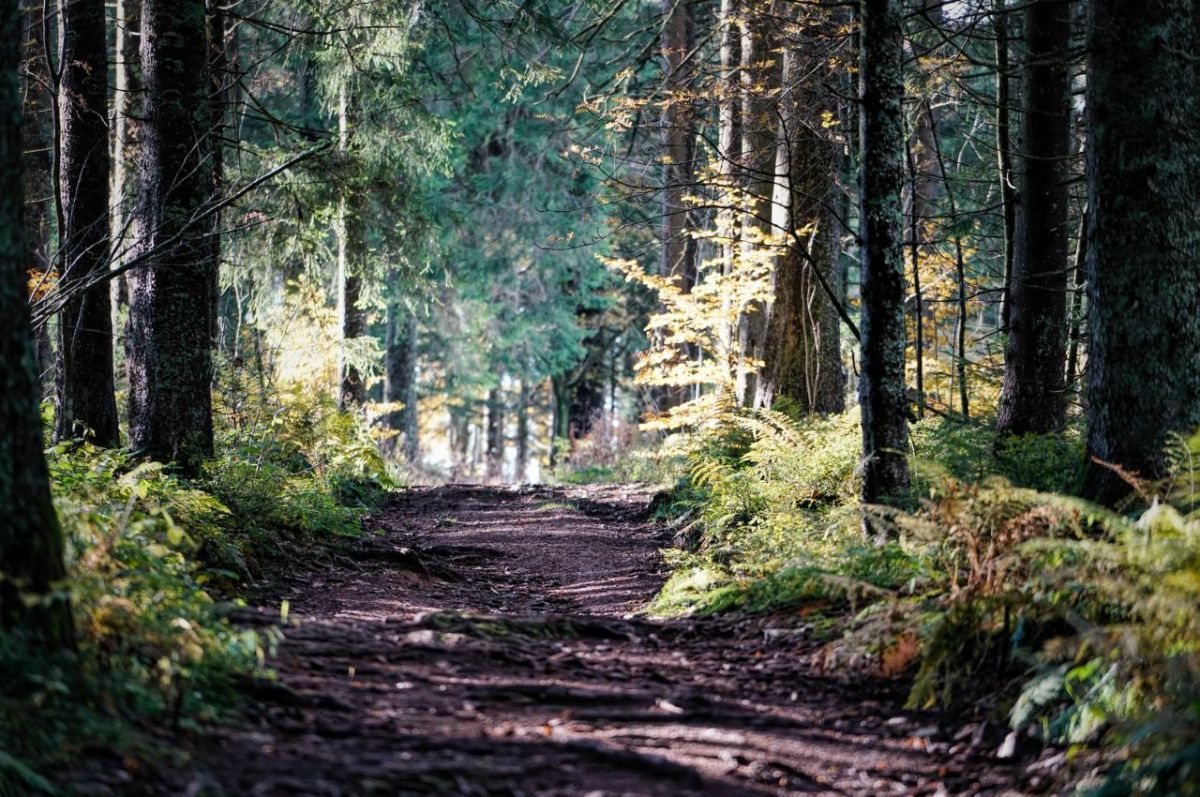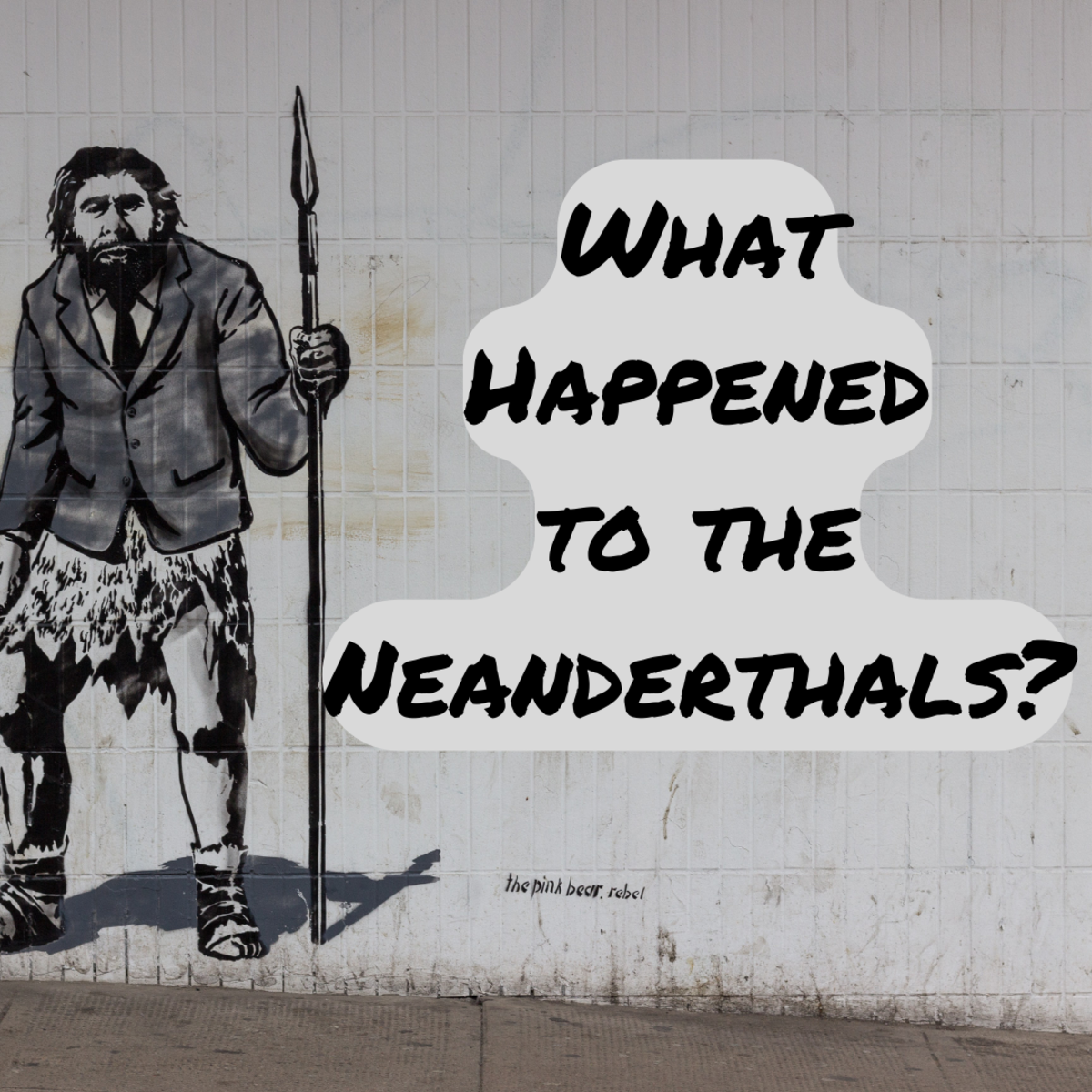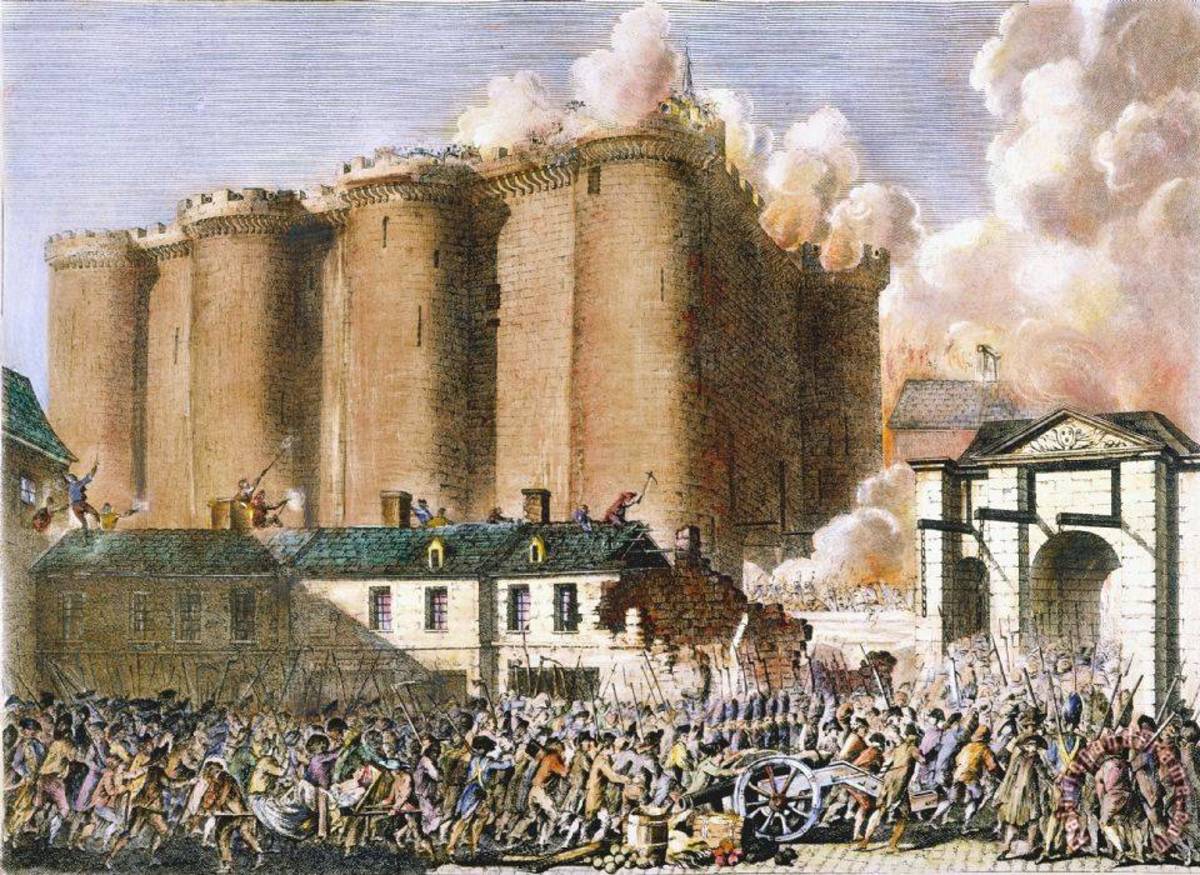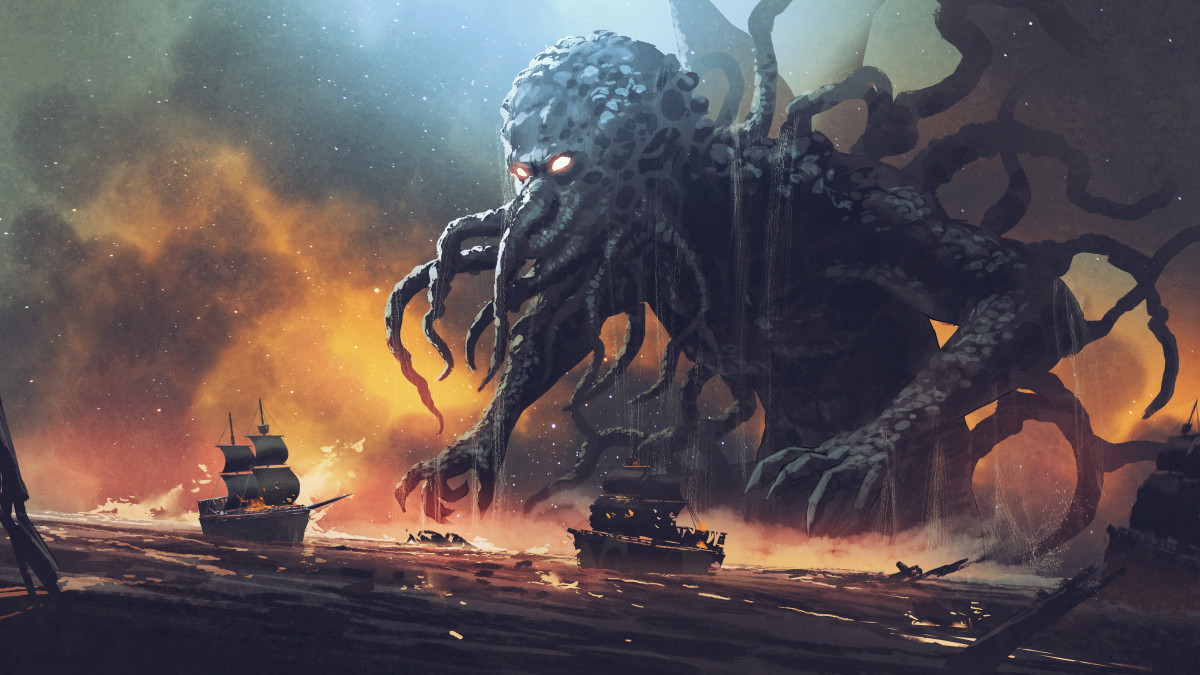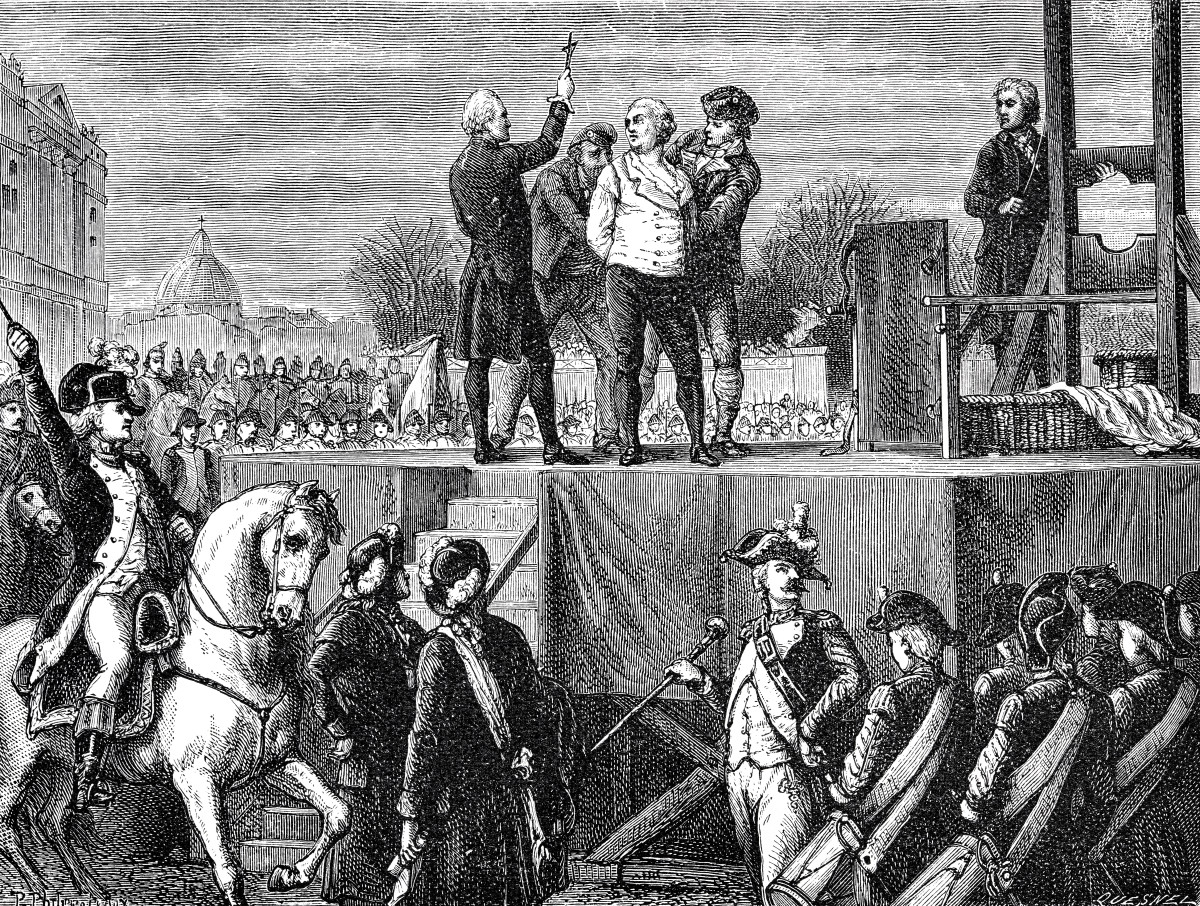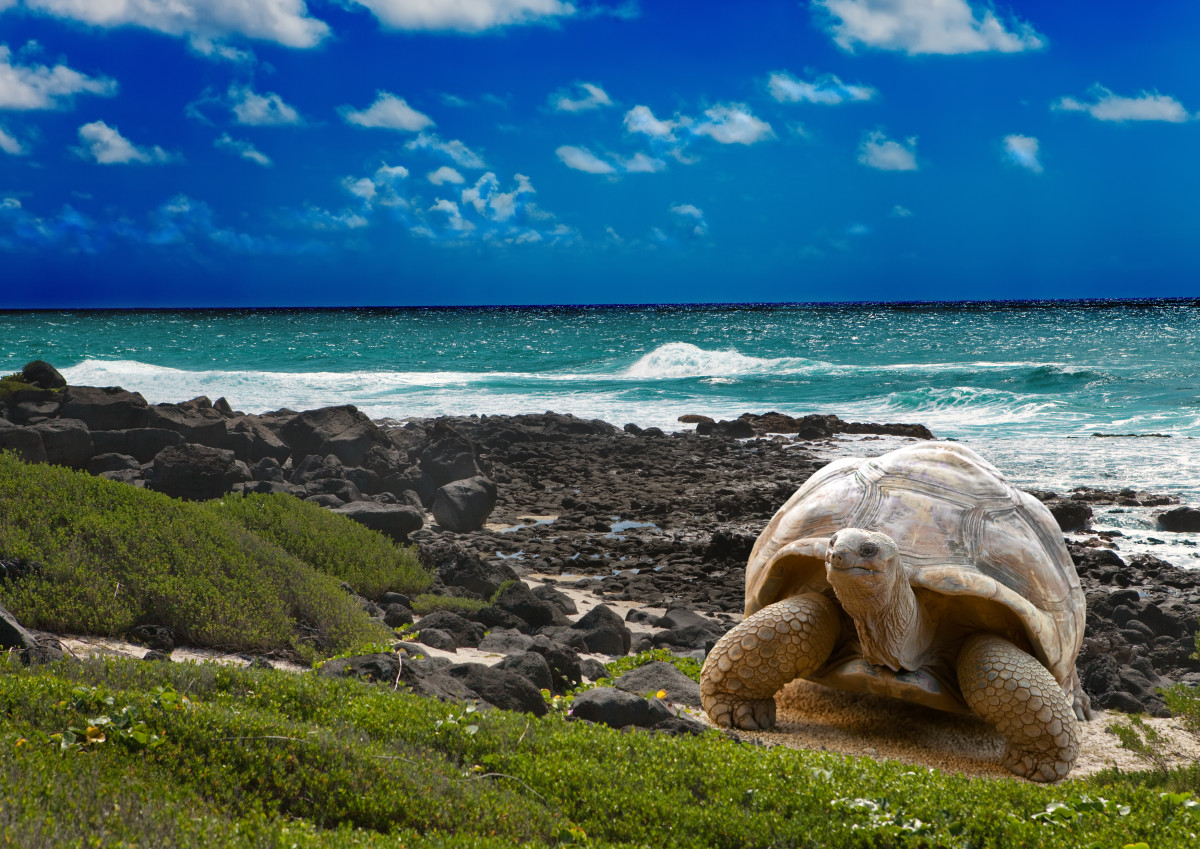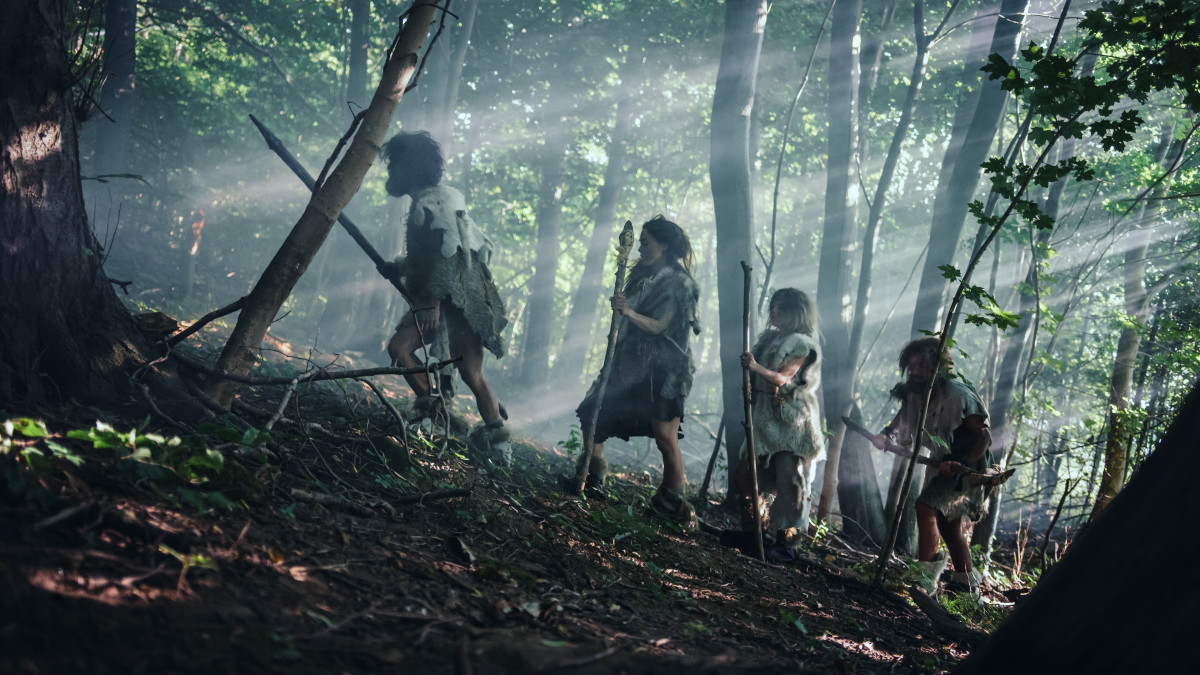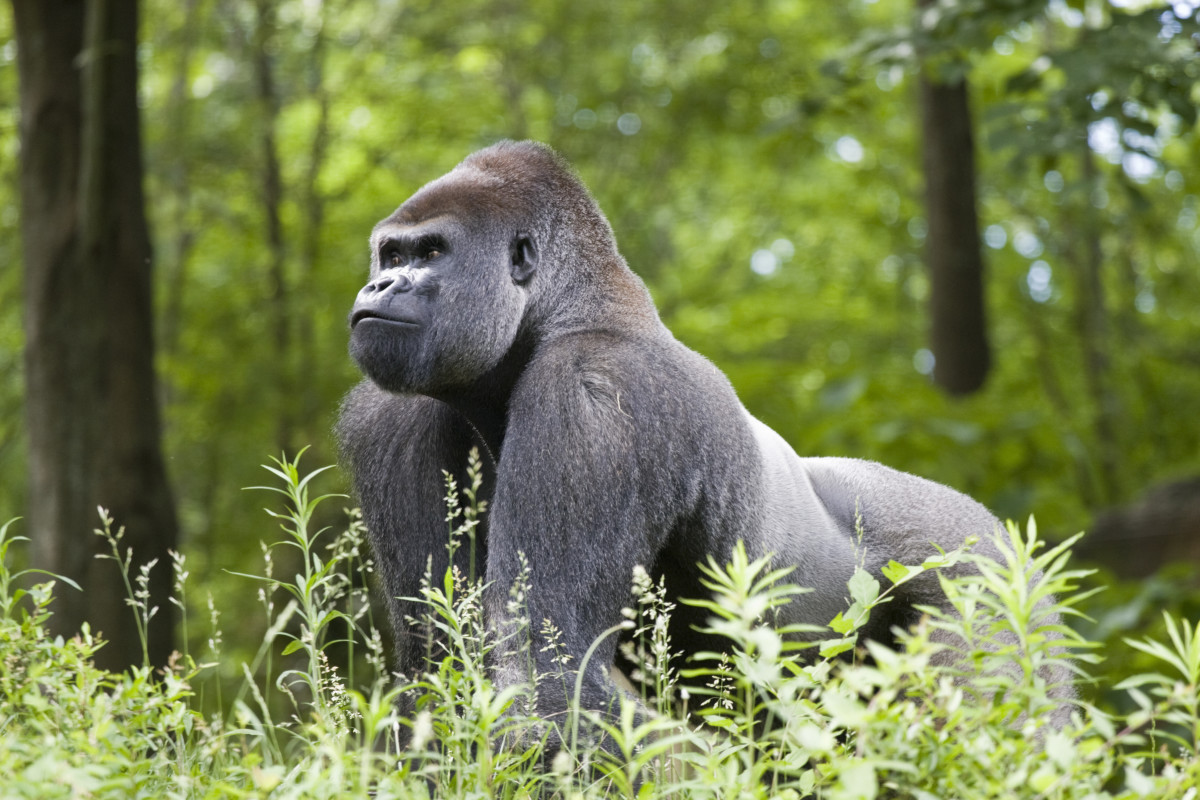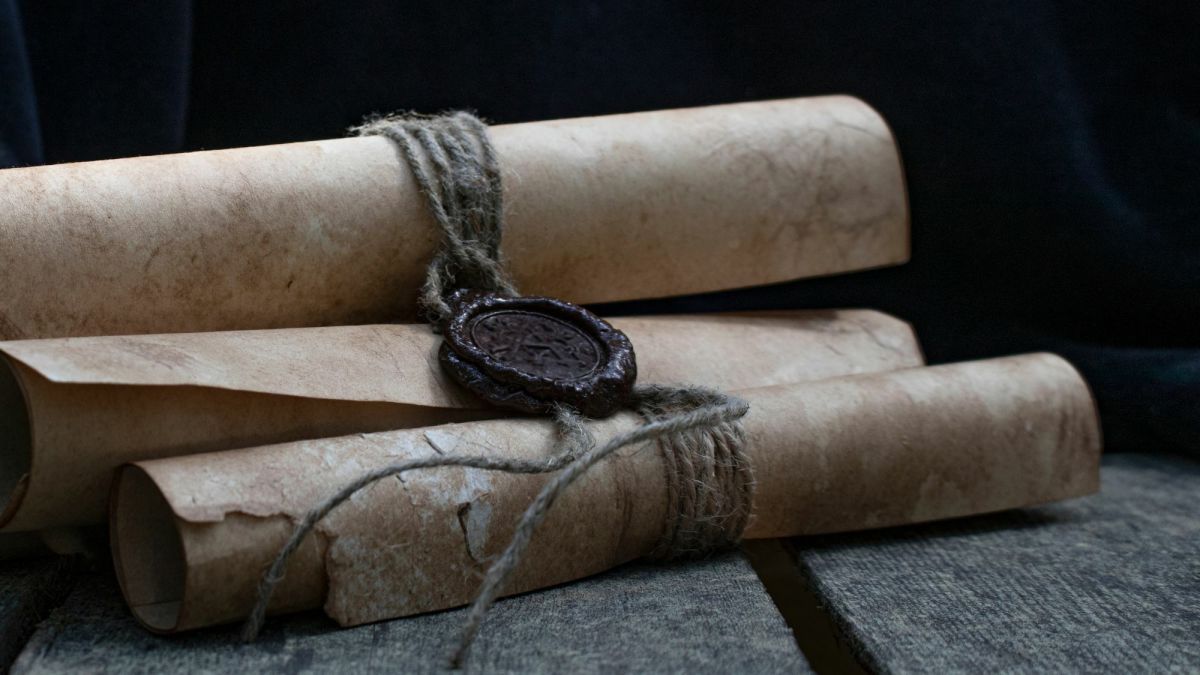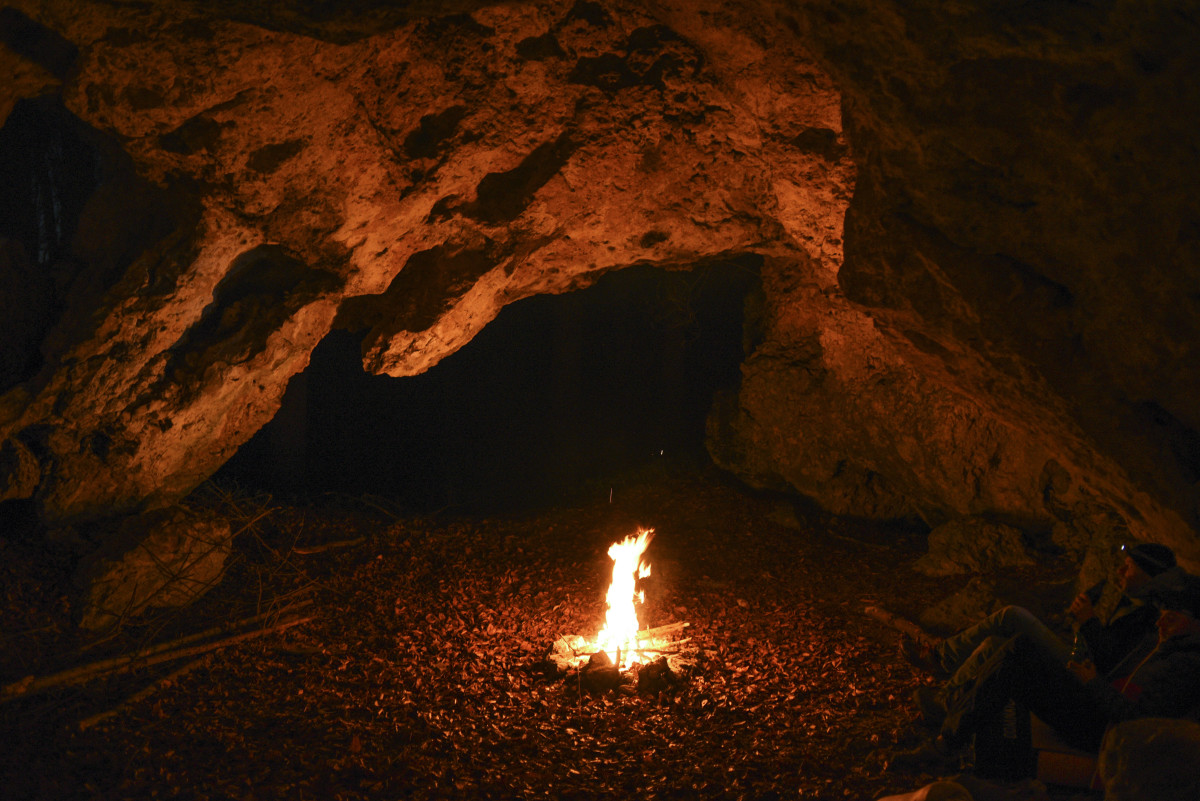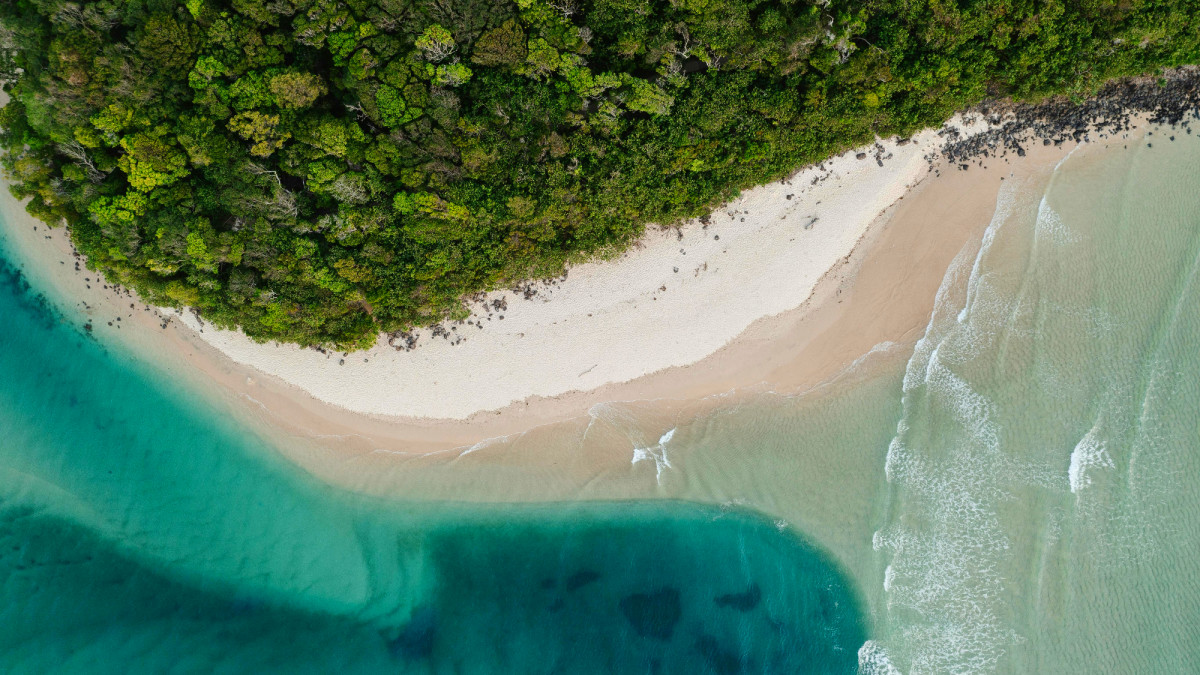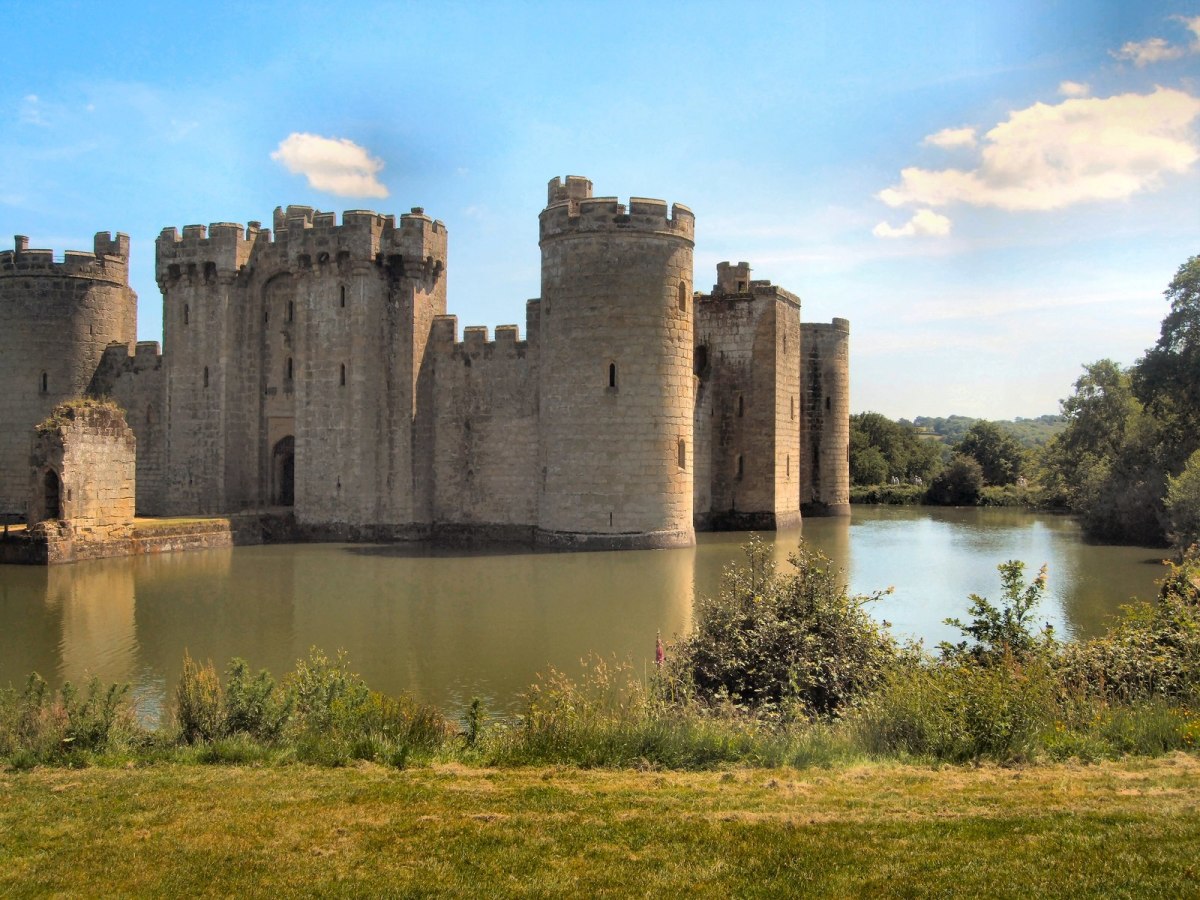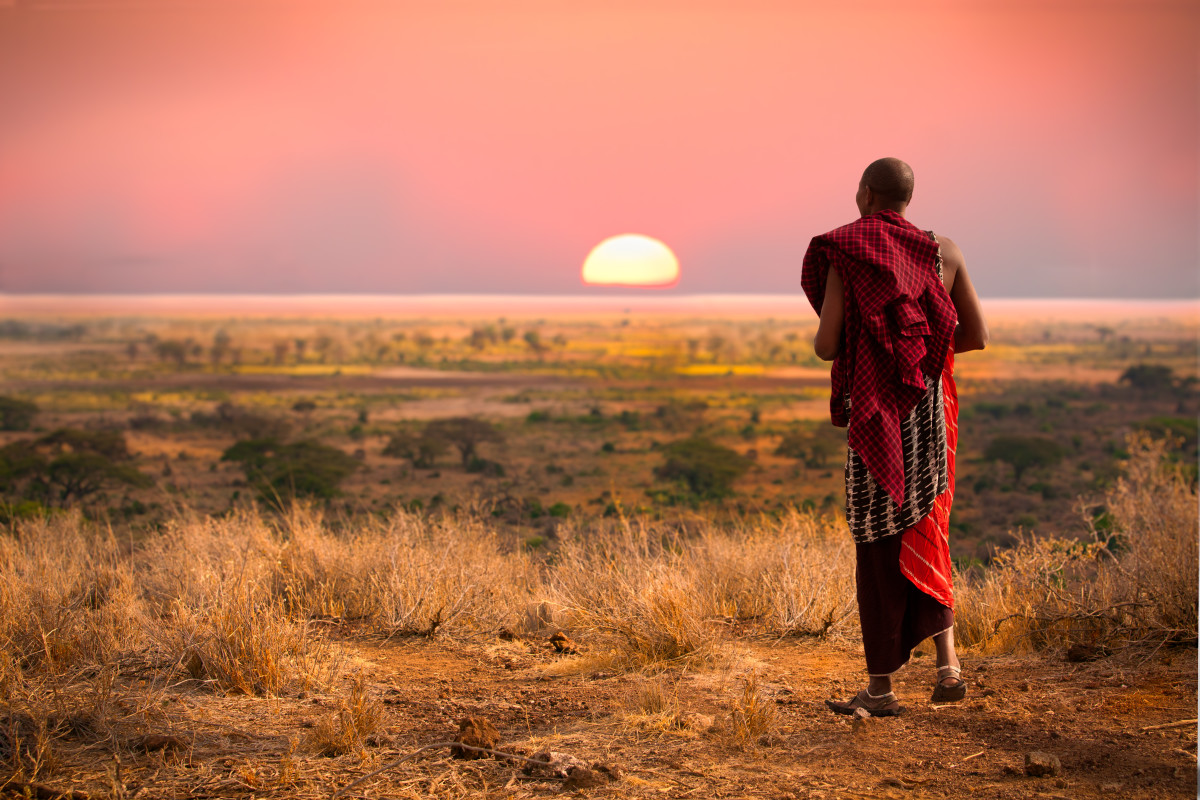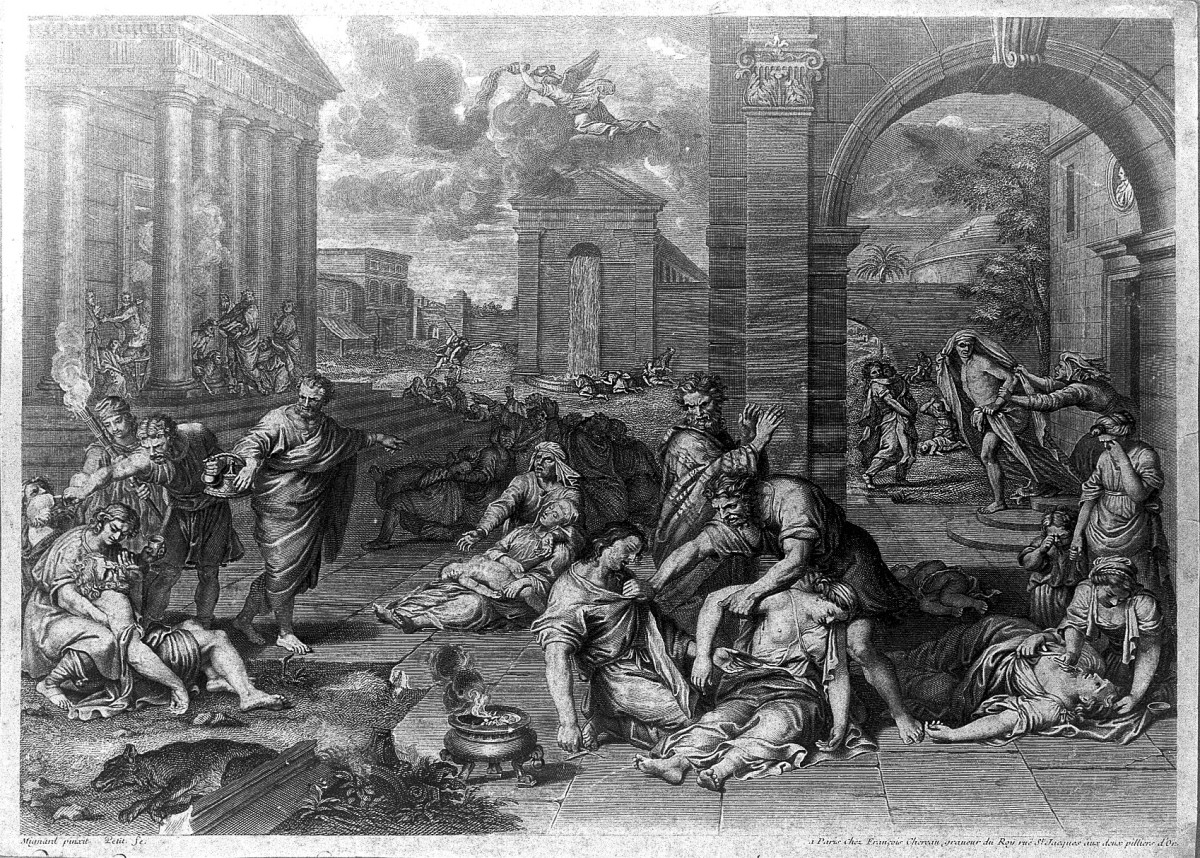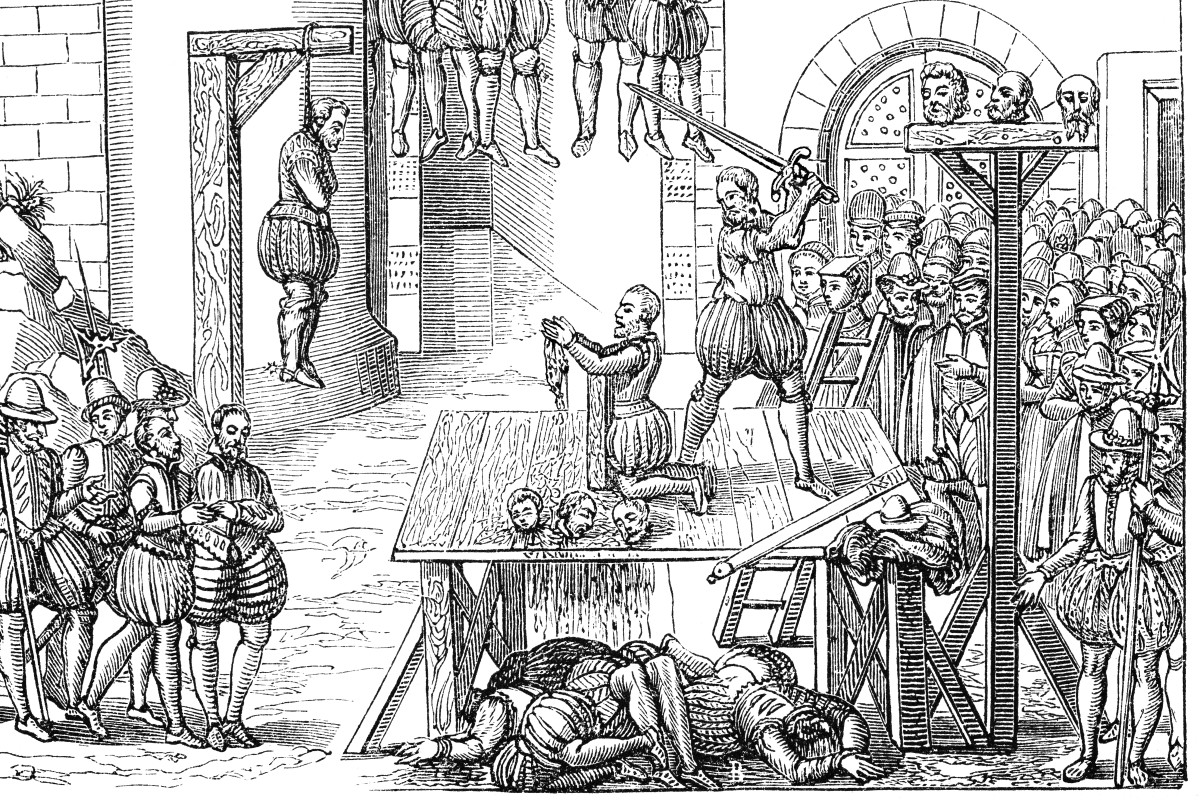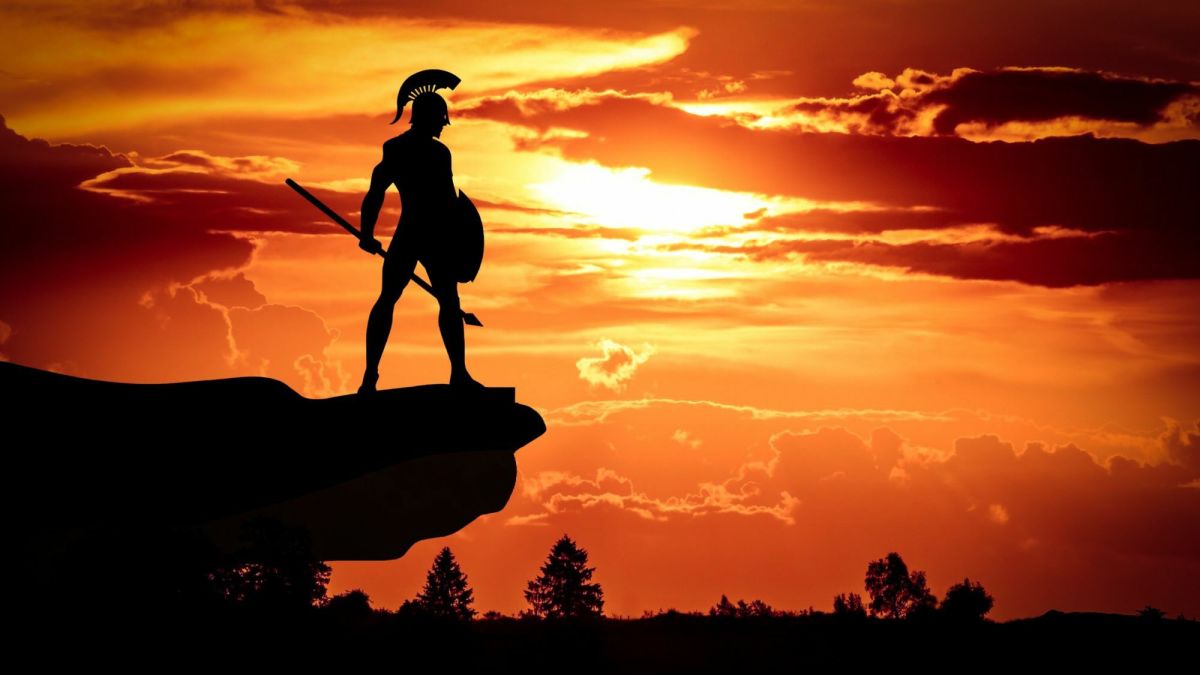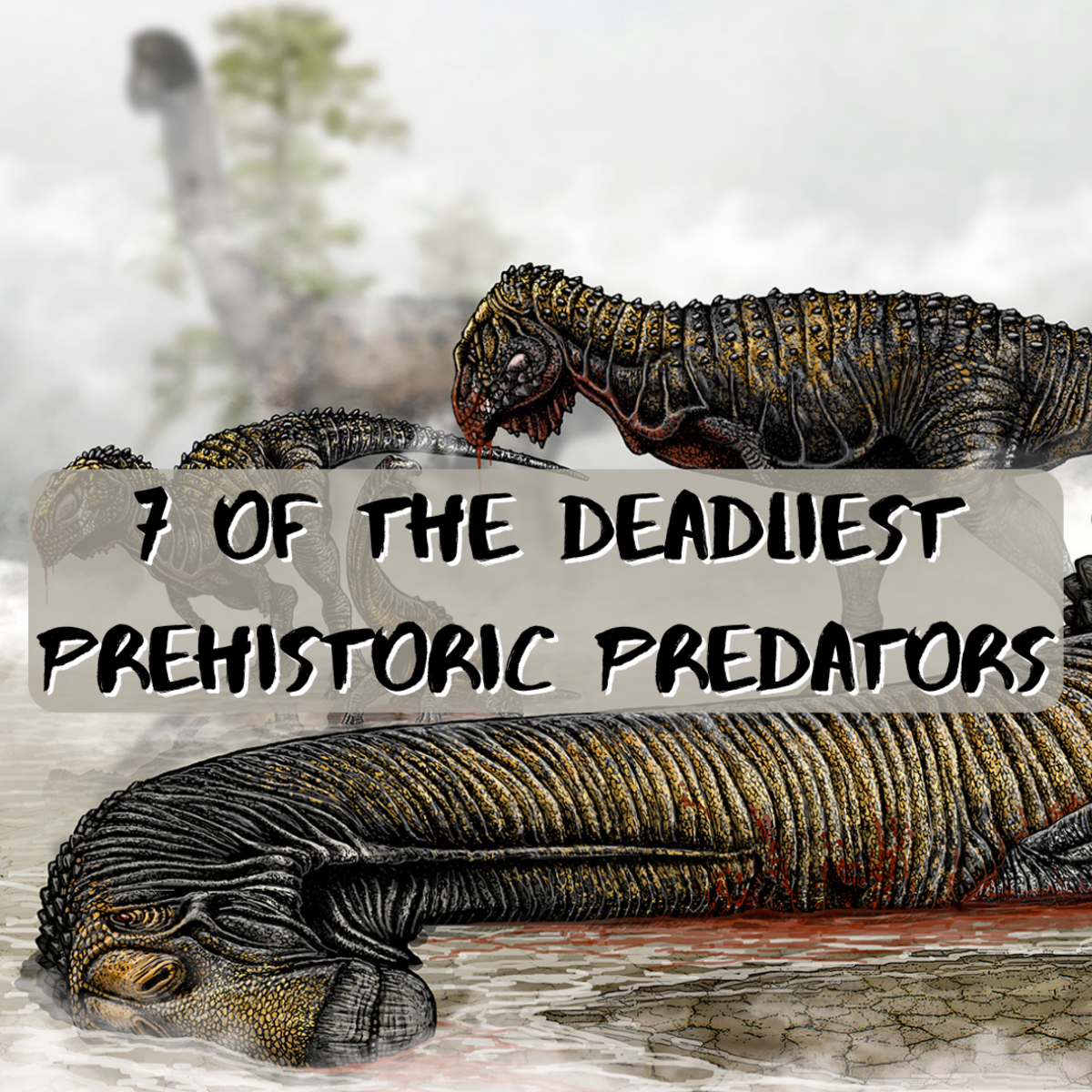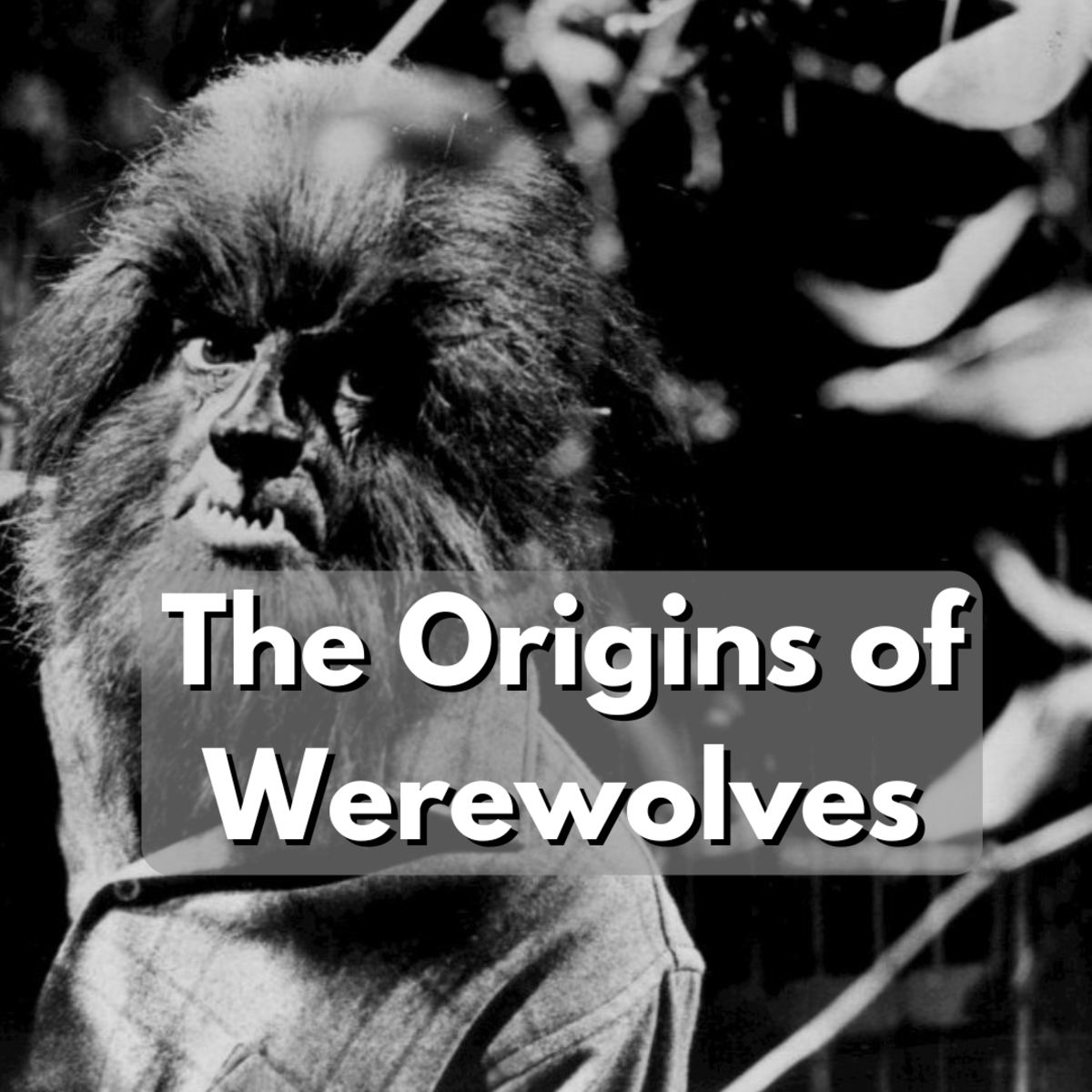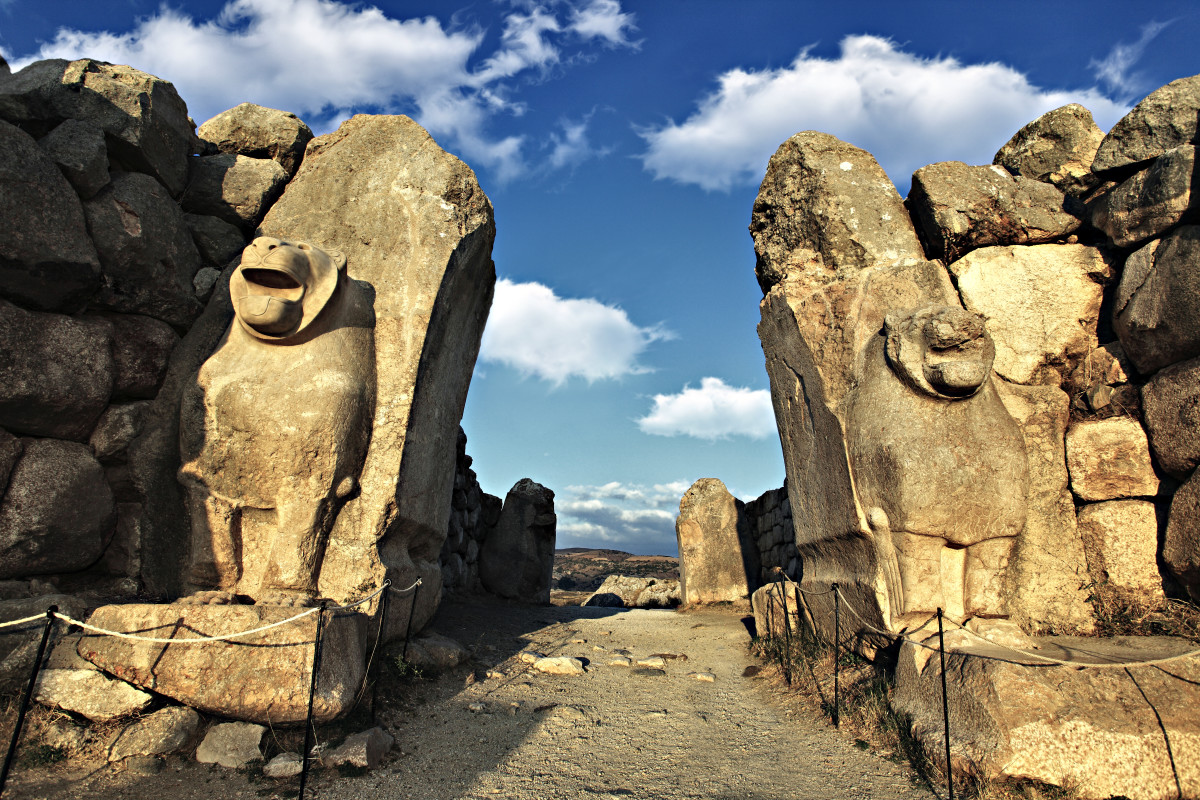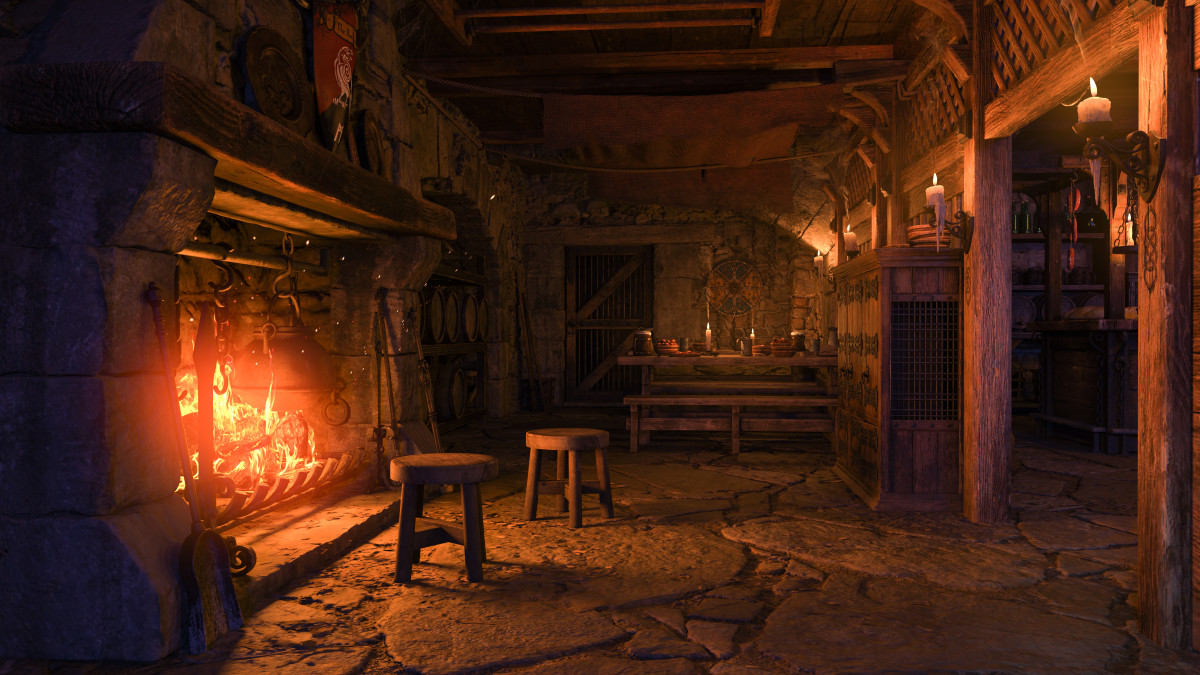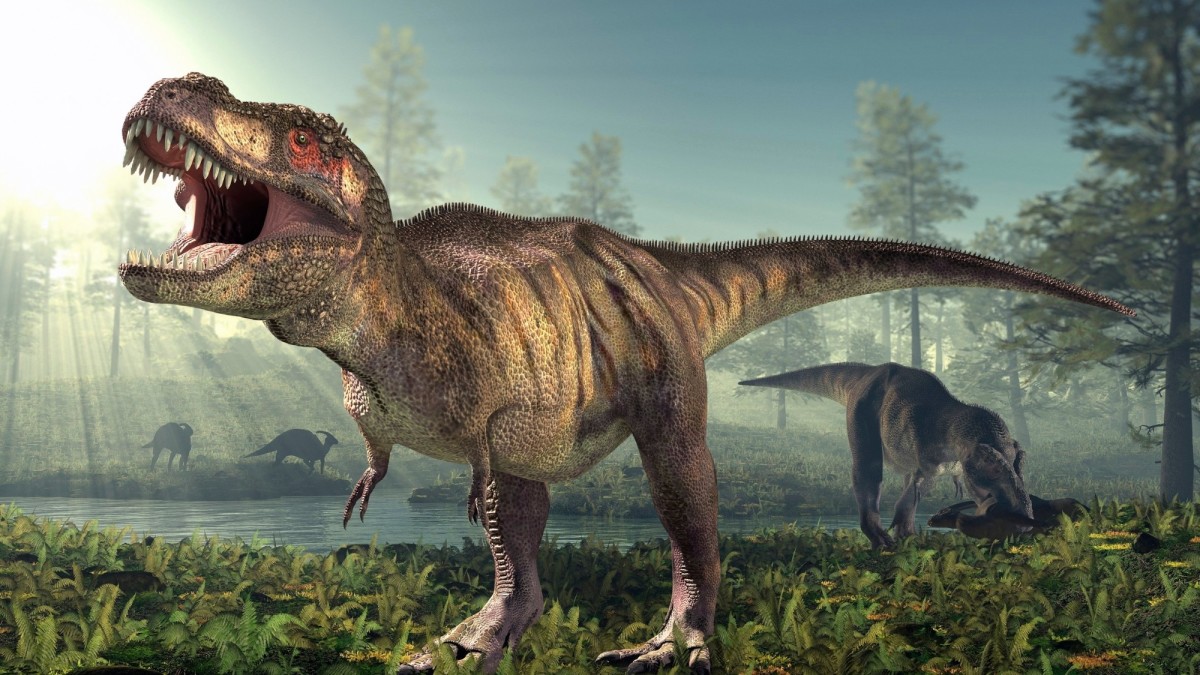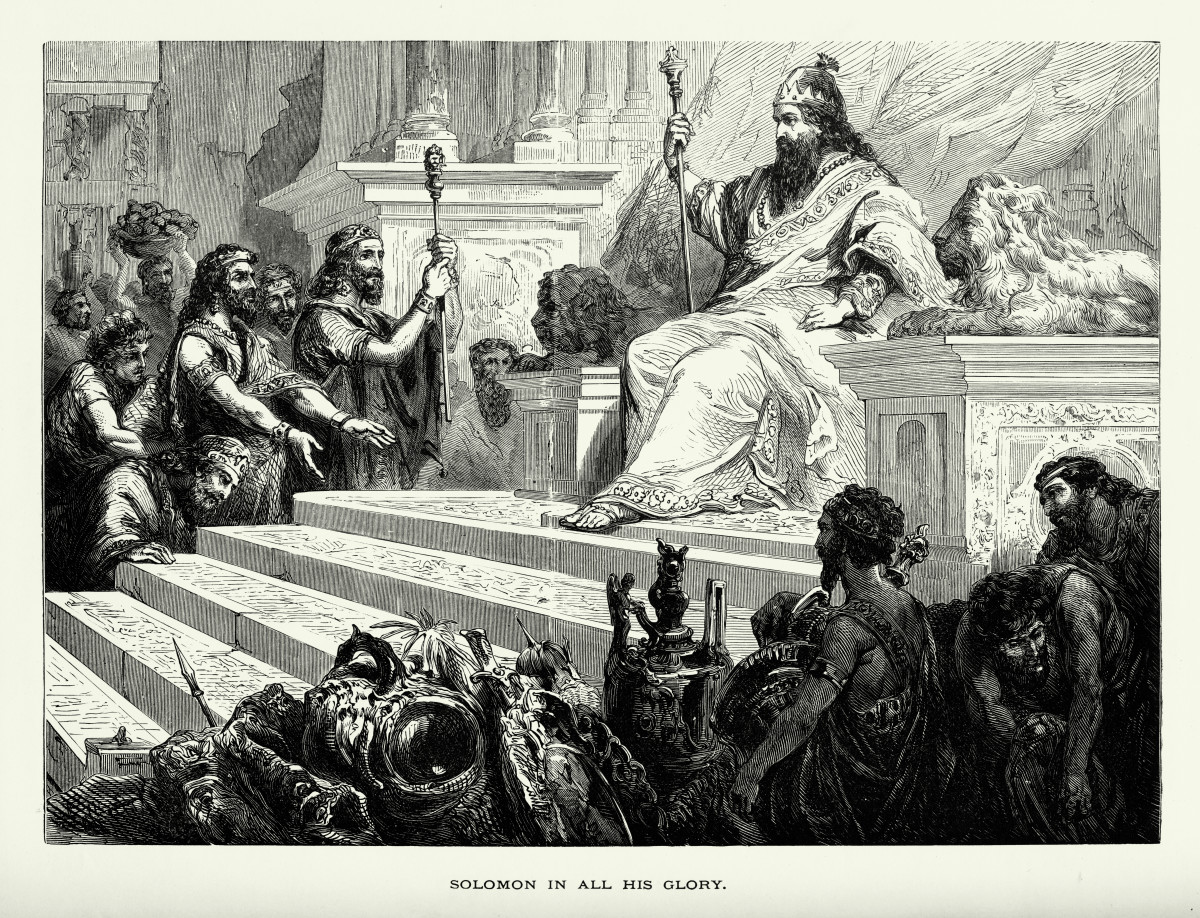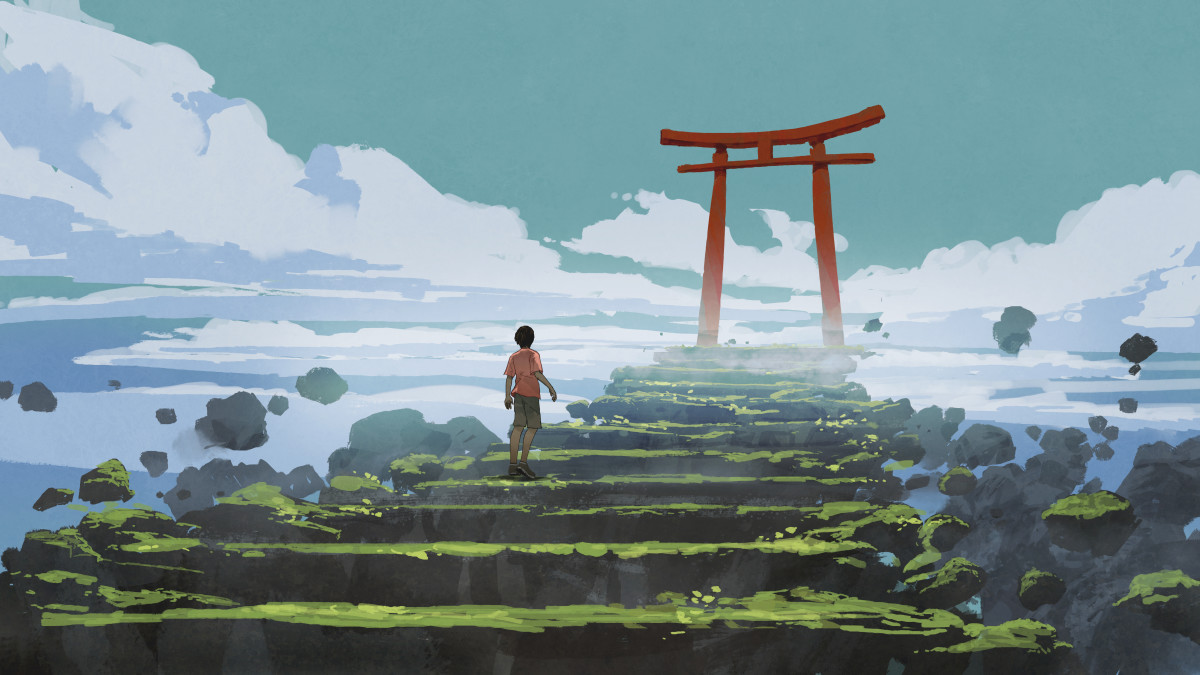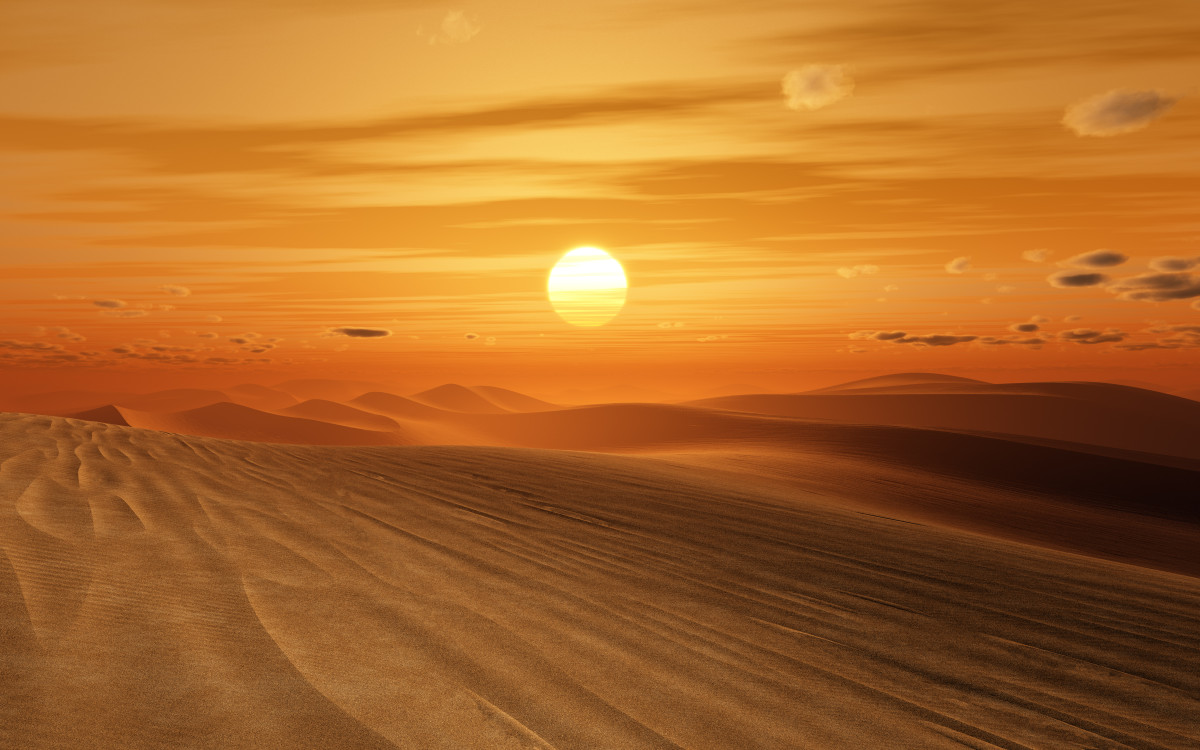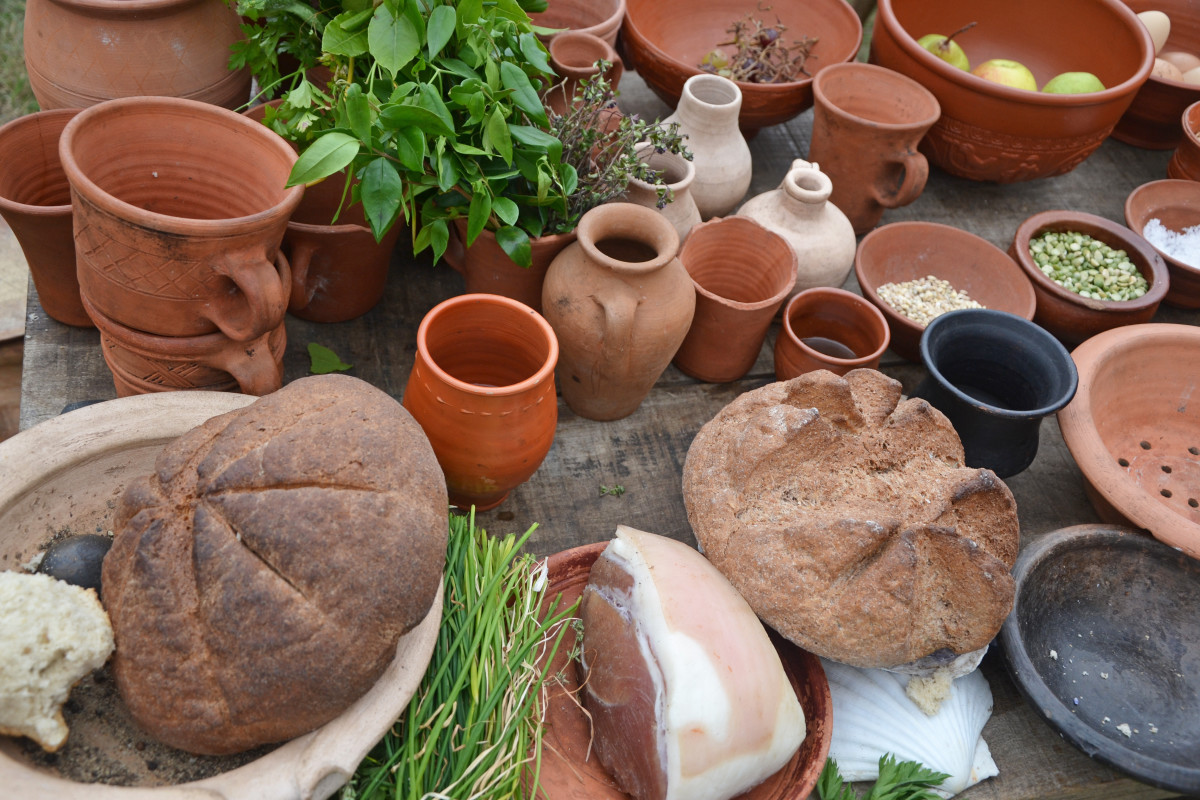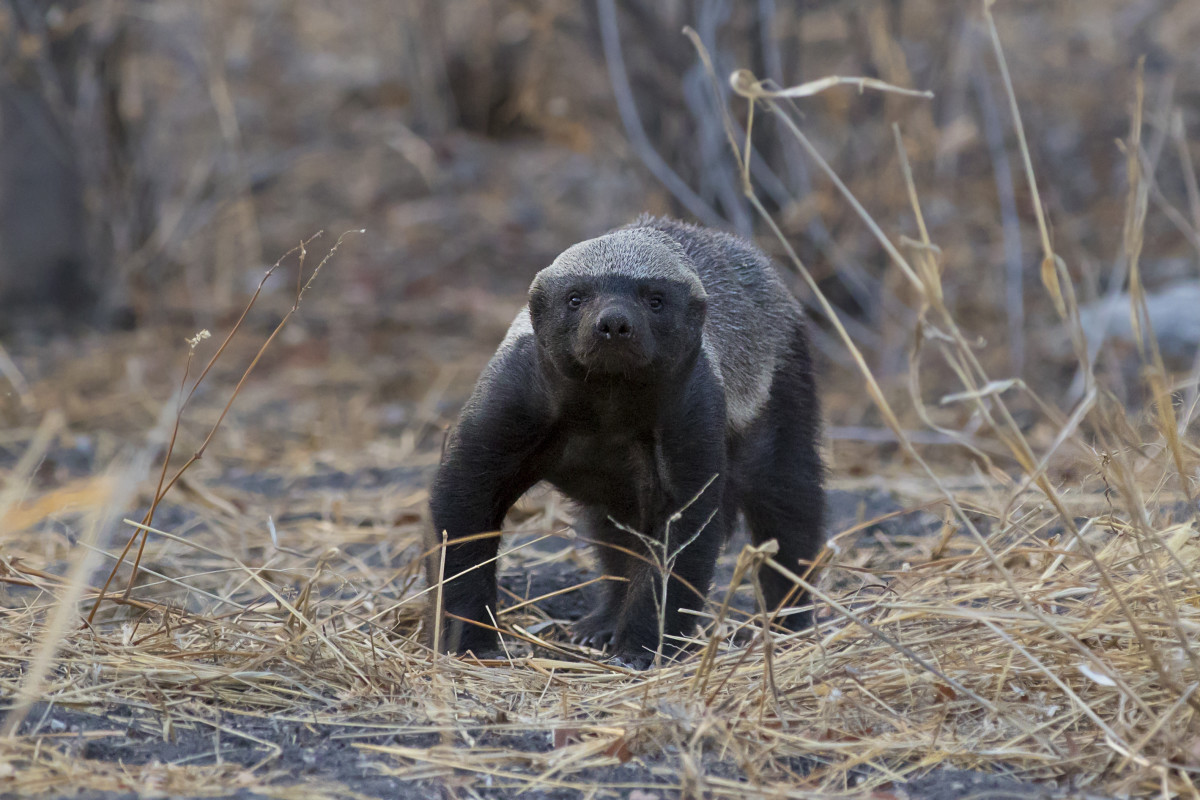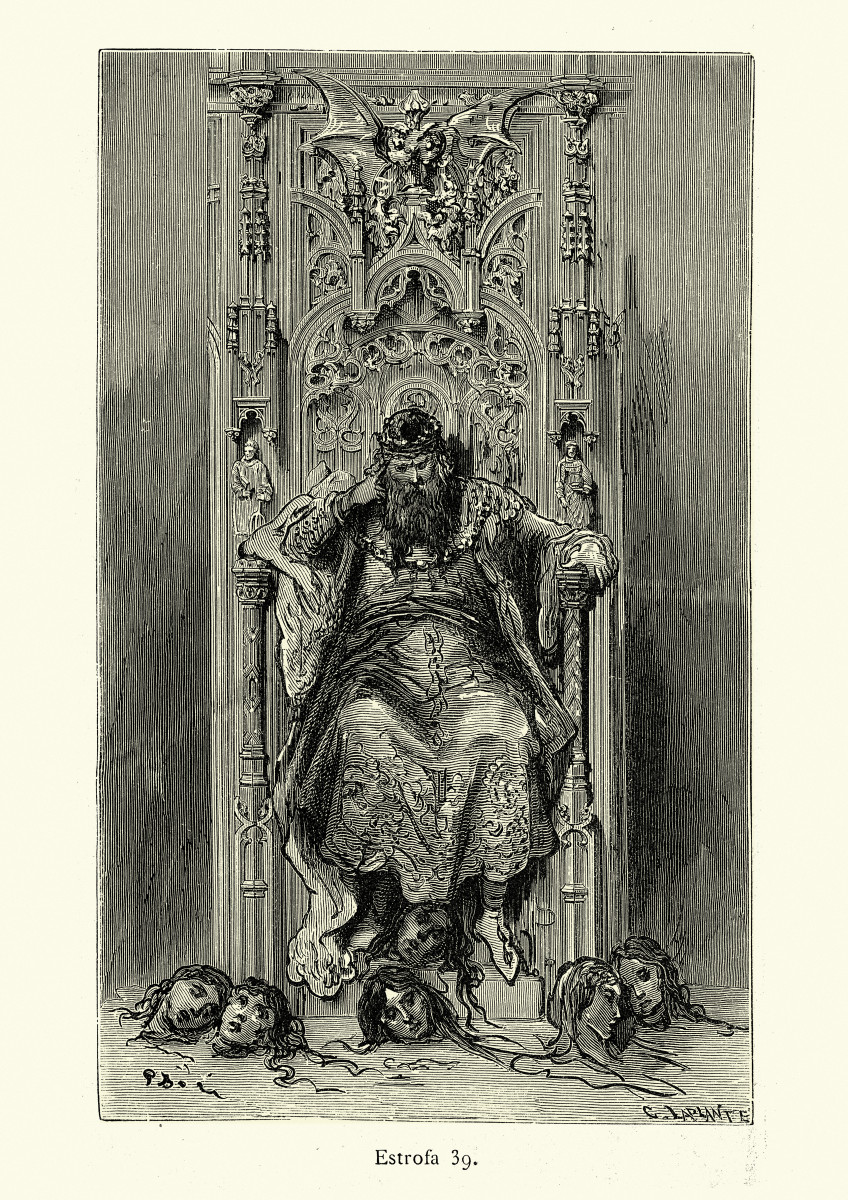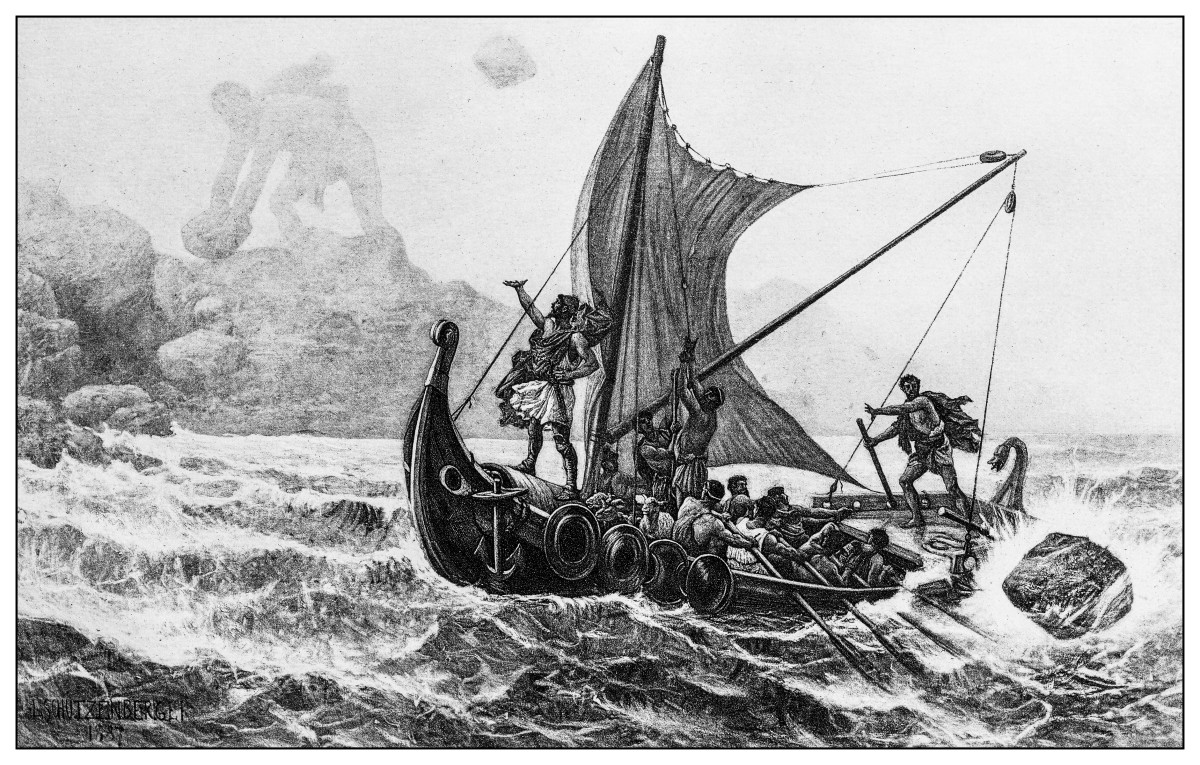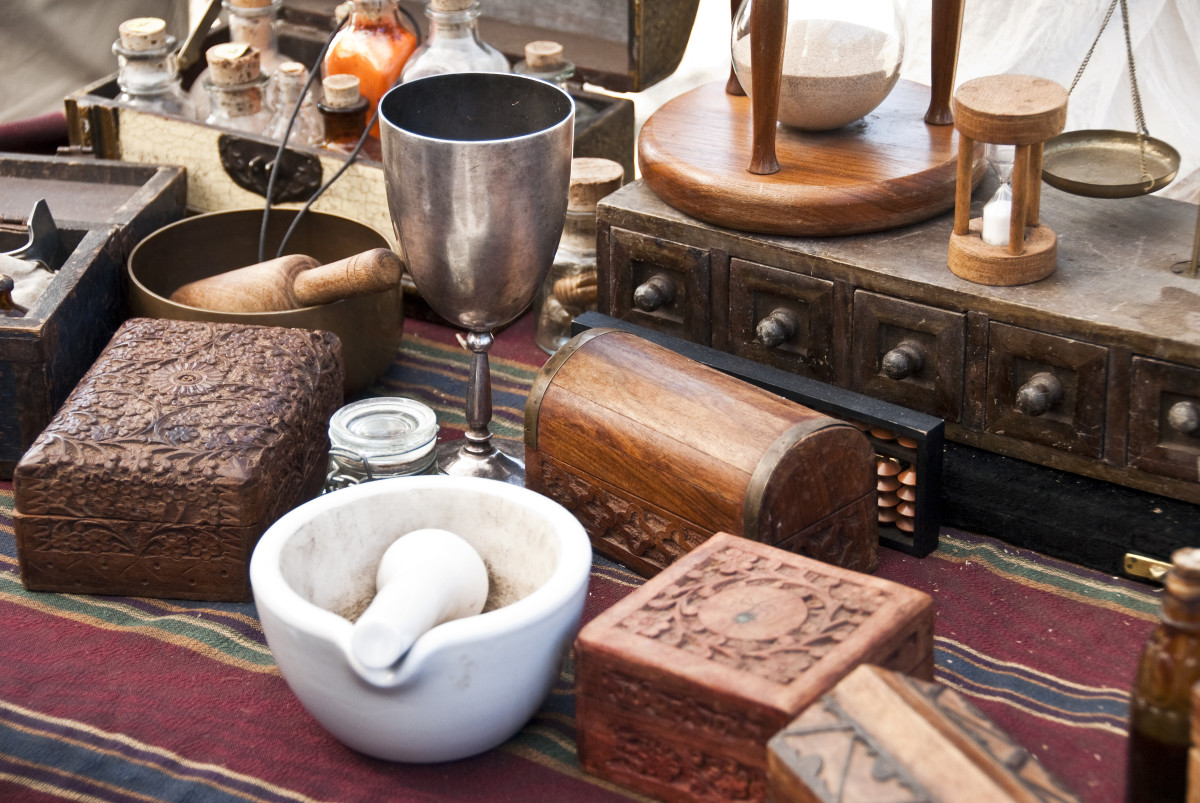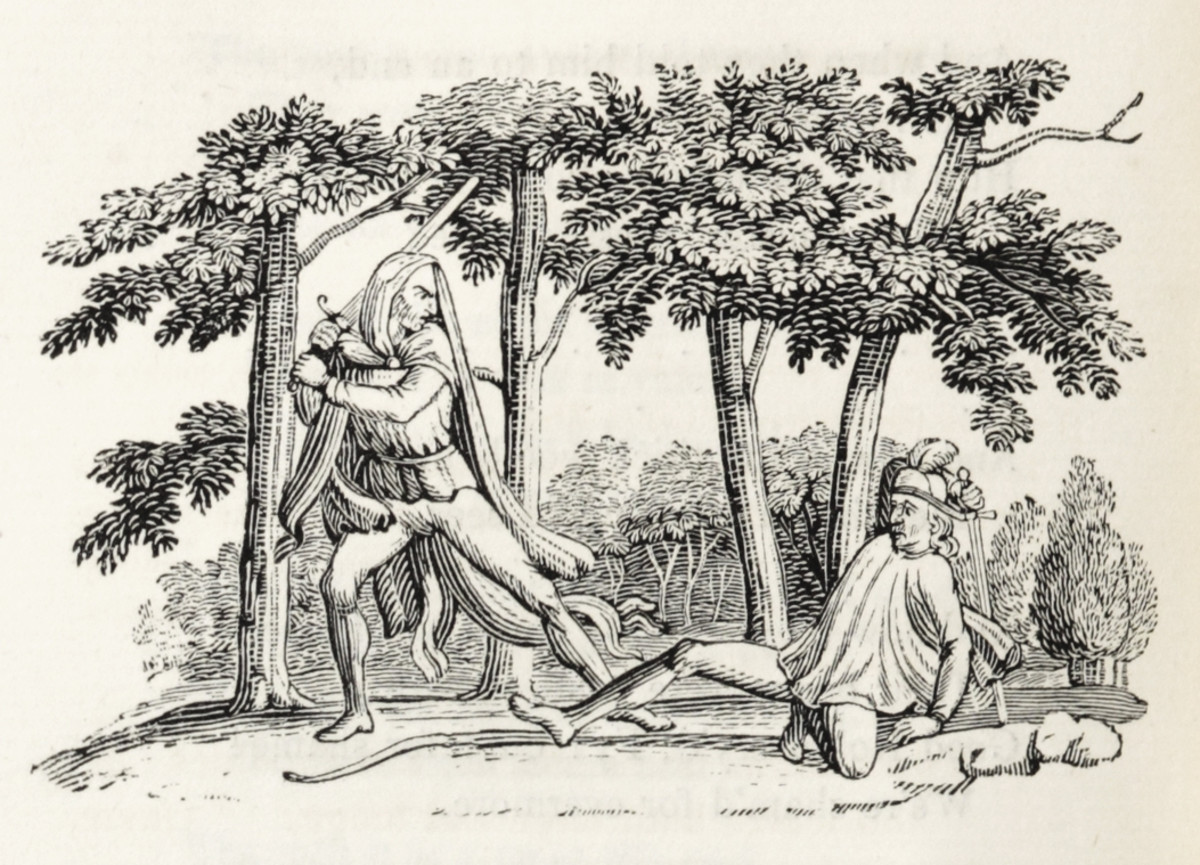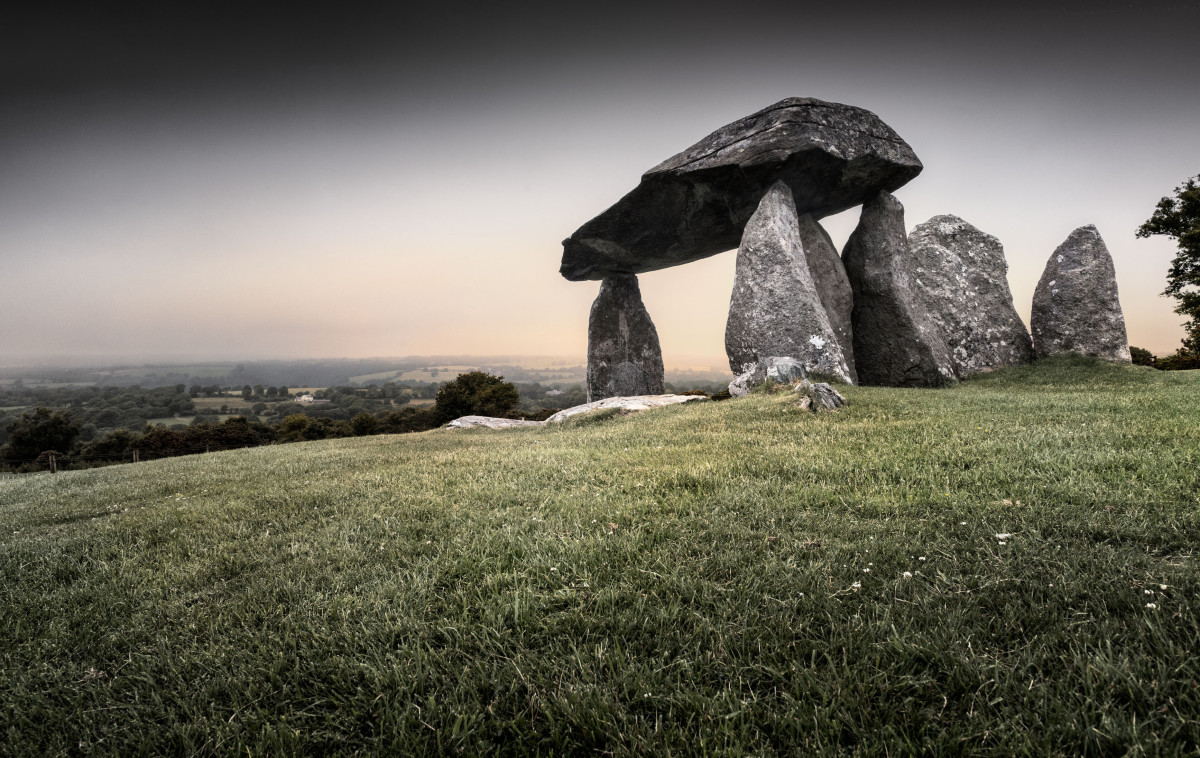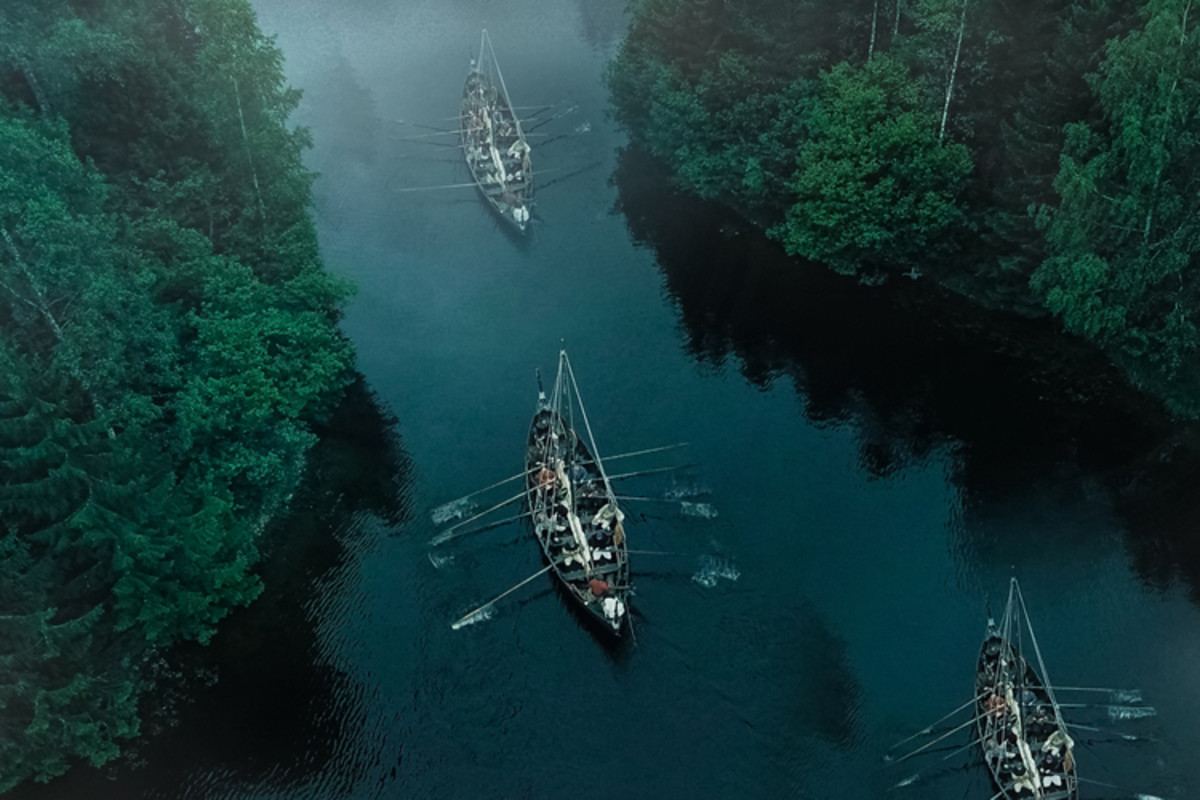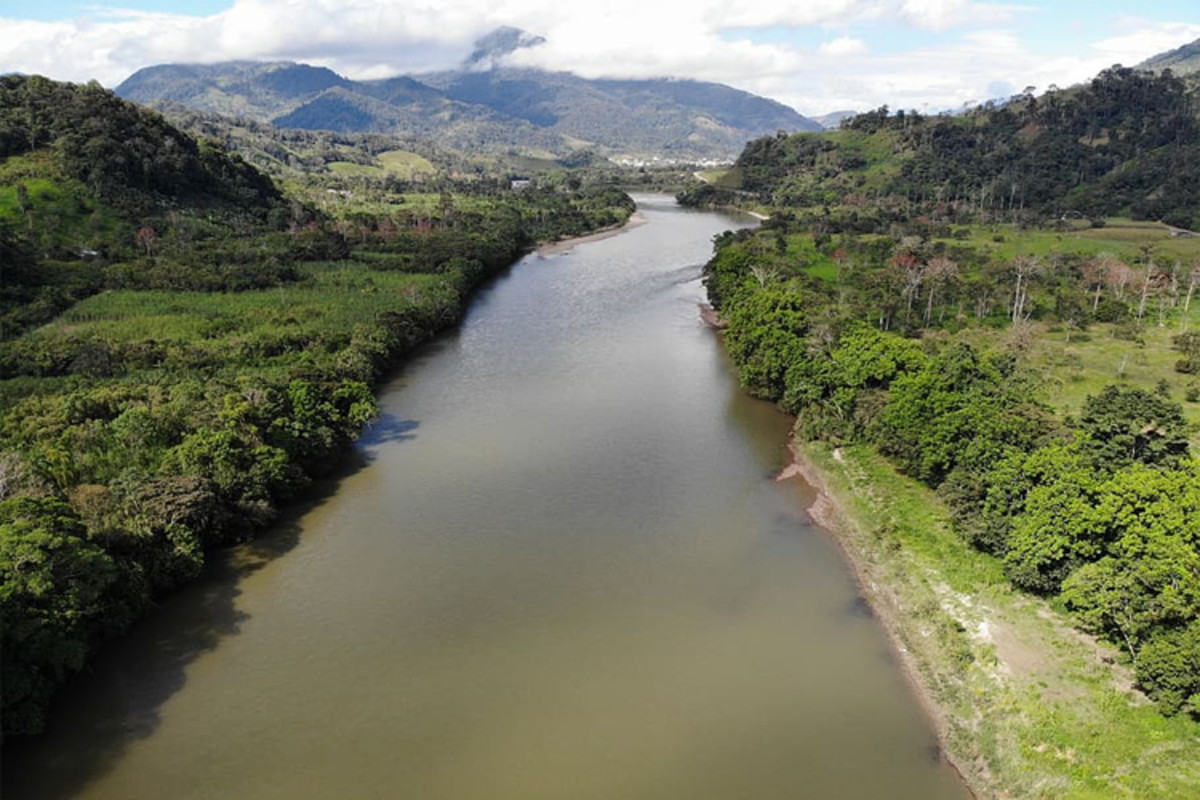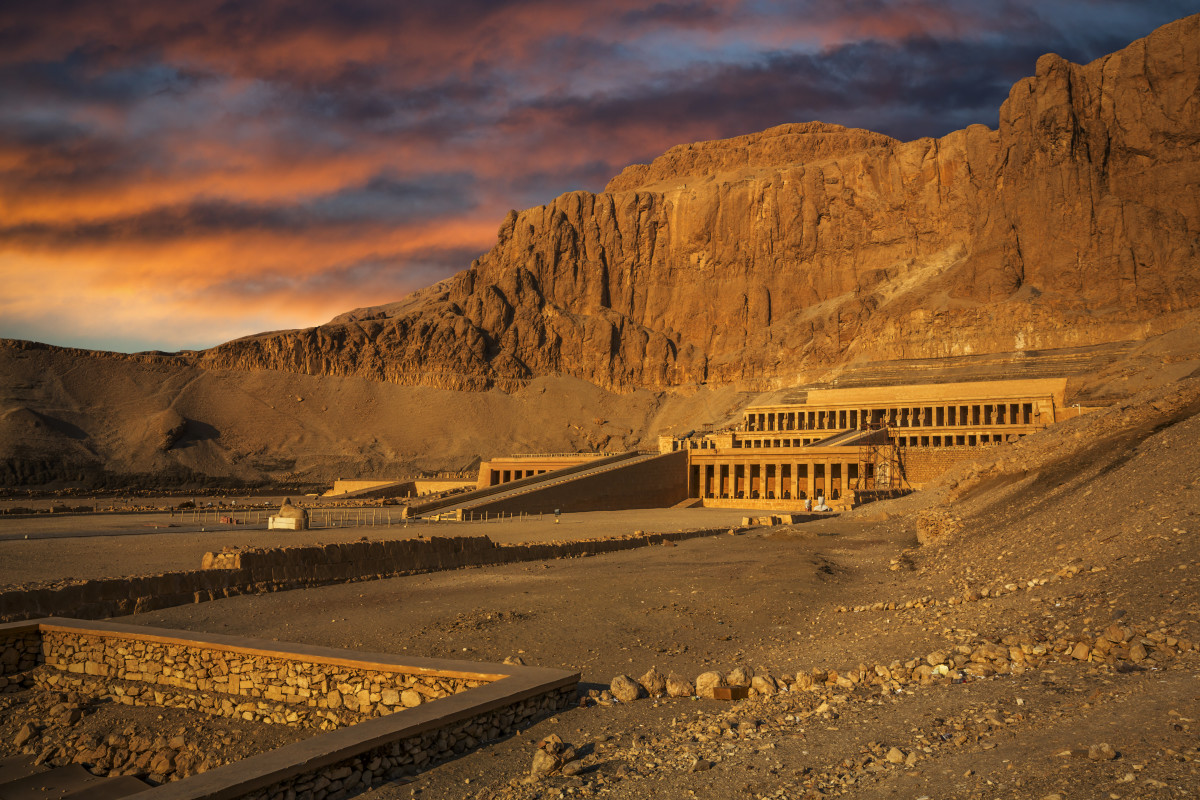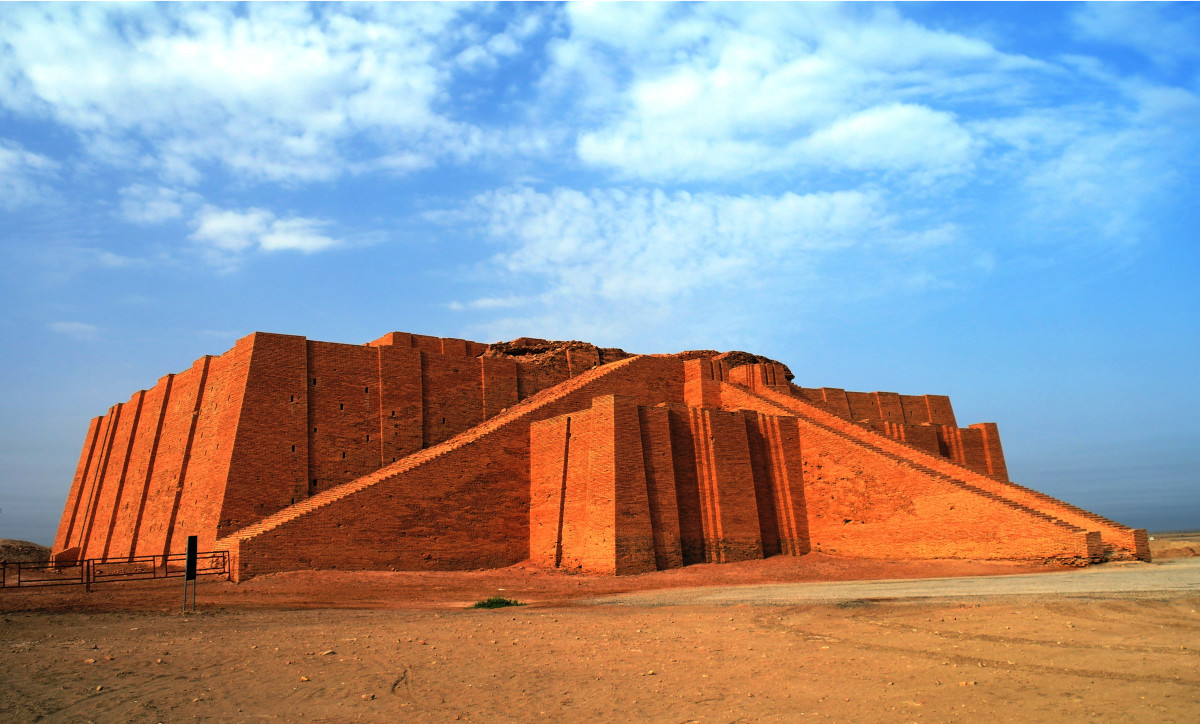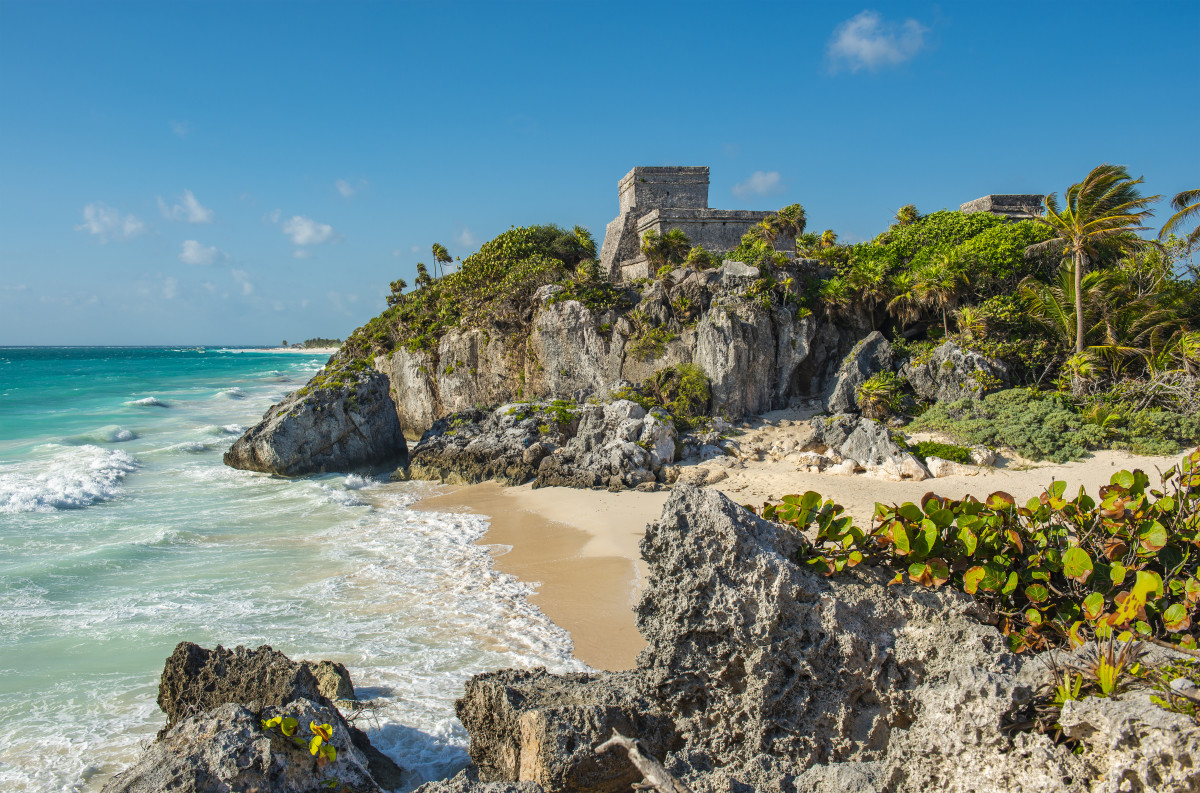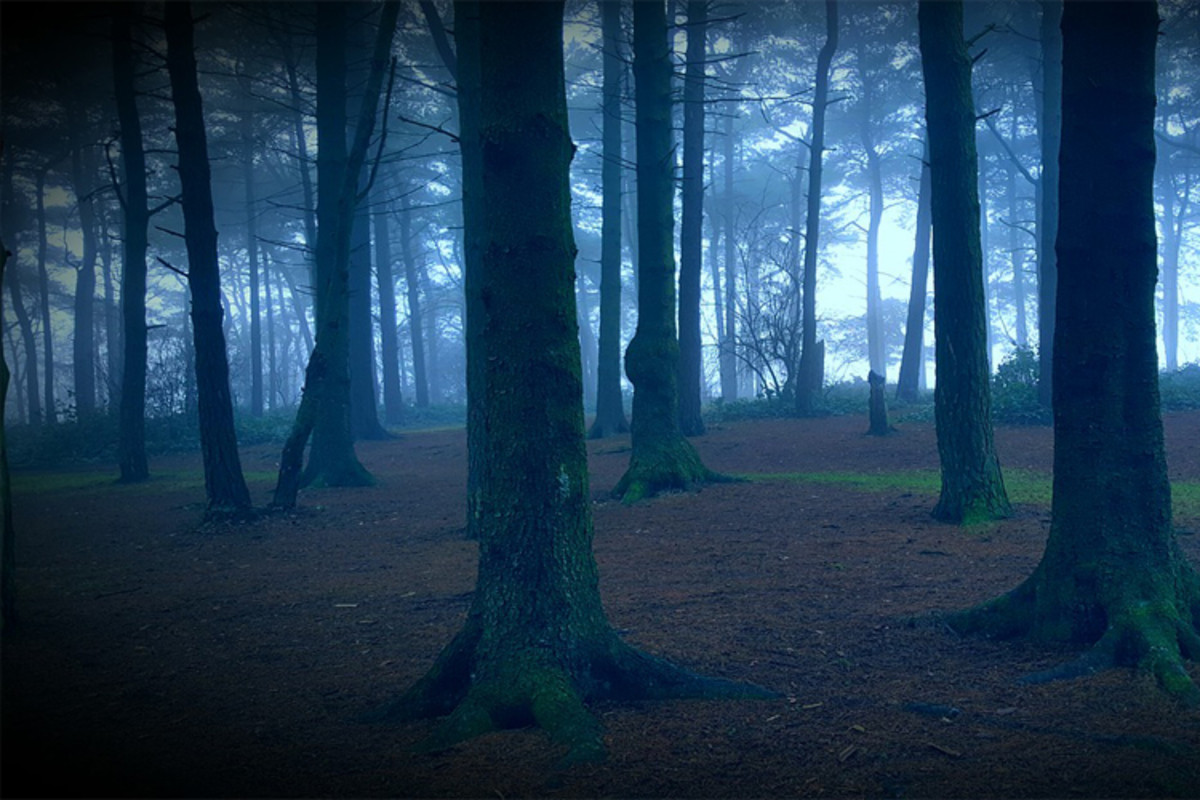 63
63- 0
Parthia: The Empire Rome Couldn't Conquer
The Parthians fought off the Roman Empire, preserved Greek culture in Iran, and maintained contact between the Middle East and China. Here's an overview of their rise and fall.
- 0
7 Malevolent Medieval Serial Killers
A self-proclaimed werewolf, a blood-drinking countess, and a child-killing nobleman are some of the bloodthirsty medieval murderers featured here.
- 0
From Africa to India: Trade in the Roman Empire
The Ancient Romans were travelling the Silk Road long before Marco Polo. Imports included wine from France, silk from the East, and tortoise shells from Africa. Here's an overview of Roman trade.
- 0
The Power of the Church in the Middle Ages
The medieval Church had the power to crown kings and wage wars, and also provided the populace with education, art, and quality beer.
- 0
How the Anglo Saxon Invasion Changed England
Roman Britain, abandoned by Roman legions in 410 AD, subsequently fell to the Germanic people we refer to as Anglo-Saxons. Here's an overview of how Anglo-Saxon hegemony helped define Great Britain.
- 0
How the Roman Empire Influenced Britain
Before the Roman invasion, the island that would one day rise to rule the world was a borderline Bronze Age society. Here's how the Romans laid the foundations for Britain as we know it.
- 0
Ogres, Dragons, and Headless Saints: 15 Medieval Monsters
What malevolent creatures dwelt in the untamed wilderness of medieval Europe? The monsters mentioned here were the product of plague, cannibalism, and heresy; as well as those things Christianity deemed strange and unnatural.
- 0
Demons of the Ancient World
Whether it's the dark gods of Zoroastrianism, the deadly decapitators of Ancient Egypt, or the dancing goat-men of Jewish folklore, demons have been a fixture in the human imagination for thousands of years.
- 0
5 Apocalyptic Events in Earth's History
The cataclysm that wiped out the dinosaurs was but one of five mass extinction events in Earth's history, each one responsible for the annihilation of over 70% of species on the planet. Here we discuss the causes and consequences of each.
- 0
The Practice and Perception of "Magic" in the Middle Ages
Witchcraft, exorcisms, and saintly miracles—magic appeared in many forms in the Middle Ages. Here's an overview of medieval magic and how it was perceived.
- 0
5 Deadly Plagues of the Ancient World
Much has been written about the plagues of the Middle Ages, but what of those that decimated Ancient Greece and Rome? Here are five plagues of the ancient world.
- 0
10 Major Turning Points of the Middle Ages
War, famine and plague wracked Europe during the Middle Ages, but eventually, the continent emerged from this difficult period and experienced the light of the Renaissance. Here are 10 events that played a major role in Medieval Europe's advancement.
- 0
6 Prehistoric Human Species That Walked the Earth
There was a time when Homo Sapiens shared the world with other human species, some of whom were around much longer than us.
- 0
7 Chivalric Knight Orders of the Middle Ages
An order of leper knights, the world's first bankers, and the bane of Eastern European pagans are just some of the famous knight orders of the Middle Ages.
- 0
The Life of a Peasant in Medieval England
Peasants were at the bottom rung of the ladder in Feudal society. They were forced to work the land of their lord and granted little compensation. Here's a look at the daily life of a medieval serf.
- 0
7 Awe-Inspiring Prehistoric Sites in the UK
The oldest footprints outside Africa, ancient flint mines, and the famous Stonehenge are just some of the prehistoric wonders to be found in Britain.
- 0
Crusader Kings: An Overview of All 8 Crusades
Between 1096 and 1270, Western Christendom made eight attempts to capture and hold the Holy Land, only two of which were successful. Here's a summary of each crusade.
- 0
Hot Deserts and Cold Mountains: 7 Facts About Morocco
This North African country lays claim to the world's first university, the highest ski resort in Africa, and one of the oldest human sculptures yet discovered. Here are 7 facts about Morocco.
- 0
A Faery Took My Baby: 6 Medieval Superstitions
People of the Middle Ages had a number of interesting beliefs regarding the power of astrology, the dangers of sneezing, and the power of horseshoes.
- 0
The 14th Century: One of the Worst in History
During the 1300s, the four horsemen of the apocalypse visited chaos and suffering on an unprecedented scale in Medieval Europe. Famine, plague, and warfare would significantly alter the course of human history.
- 0
5 Facts About the Byzantine Empire
These Byzantine Empire facts include a peasant who rose to become emperor, an invading navy blown up by an early version of napalm, and an uprising by sports fans.
- 0
5 Facts About the Island Paradise of Fiji
A land of over 300 islands, only 100 of which are inhabited, Fiji is a place of beauty and adventure. Here are five facts about this magnificent archipelago.
- 0
The Tale of the Brave Alexi (as told by Alexi)
A short story set in a fantasy world, featuring a roguish protagonist.
- 0
Ghost Stories From the Middle Ages
A look at the role ghosts played in Medieval religion and literature.
- 0
5 Facts About the Asian Giant Hornet
Nicknamed "murder hornets," these winged terrors massacre honey bee colonies and send humans to the hospital. Find out more about the Asian giant hornet.
- 0
8 Defining Features of the Victorian Period in England
Queen Victoria reigned for nearly a century during a period that saw the expansion of an empire, the Industrial Revolution, and increasing migration to the cities.
- 0
5 Facts About Botswana: The Land of Diamonds and Elephants
British colonists withdrew from Botswana in 1966, not knowing the wealth that lay beneath the earth. A bounty of diamonds combined with efficient leadership has enabled the country to become an African success story.
- 0
From Soothing Soldiers to Empowering Prophets: The Use of Drugs in the Ancient World
From the "ekstasis" of the Ancient Greeks to the "laughing weed" of the Romans, hallucinogenic substances were well known to inhabitants of the ancient world, who used them for religious and recreational purposes.
- 0
Neolithic Revolution: A Turning Point in Human History
About 10,000 years ago, humanity emerged from the Ice Age. Our reward for surviving this perilous period was the discovery of agriculture, which changed the world forever.
- 0
10 Ways to Die in the Middle Ages
From plague and famine to witch burnings and other brutal forms of execution; people of the Middle Ages were no strangers to "the ugly death".
- 0
Peru: 5 Facts About the Land of Secret Cities
Among the things that originated in Peru: Potatoes, surfing, and the Amazon River. Find out more about the land of the ancient Inca.
- 0
The Origins of Shaolin: The Original Kung Fu
From its origins as a form of meditation, Shaolin has evolved to become a famous fighting form and a prominent feature in Western films.
- 0
The Evolution of Vampire Mythology
The roots of vampire legends lie in Slavic folklore, which portrayed them as terrifying demons. How did these monsters of the Middle Ages become the romantic and tragic anti-heroes of modern literature?
- 0
7 Facts About Ethiopia: The Land of Ancient Mysteries
Was Ethiopia the aboriginal homeland of the Ancient Egyptians? Was it the birthplace of coffee? What mighty empires reigned here? Find out about this mysterious and ancient land.
- 0
How Was War Waged During the Middle Ages?
The Middle Ages make one think of brutal battles, knights, and siege weapons. Learn how medieval warfare was conducted, from mustering armies to capturing castles.
- 0
4 Detective Methods That Help Catch Killers
An iconic hero of film and literature; the detective employs psychology, science and problem-solving skills to track down criminals. Here are 4 essential tools that help detectives solve crimes.
- 0
7 Famous Rivers of the World
Rivers have long facilitated adventure, trade and agriculture while providing the lifeblood for lush environments. Here are seven famous rivers of the world.
- 0
Mycenae, Minoa and Other Great Bronze Age Civilizations
Before Persia, Greece and Rome ruled the world, the Sumerians, Minoans and Mycenaeans were the great superpowers. By the end of the second millennium BC, they had all collapsed in dramatic fashion, but during the Bronze Age, they reigned supreme.
- 0
Congo Jungle: The Beating Heart of Africa
The Congo Jungle is the second-largest rainforest in the world and the largest African jungle. Here's a look at some of the wildlife and people who inhabit this vibrant environment.
- 0
The War on Drugs: A Waste of Time and Resources
The War on Drugs was initiated by Nixon and escalated under Reagan. Like Prohibition in the early 20th century, it has achieved little except to facilitate the rise of powerful criminal organisations. Is there a better way?
- 0
Triassic Period: The Earth's Recovery From Mass Extinction
The era that saw the rise of the dinosaurs and the splitting of the continents. Here are some facts about the Triassic Period and the extinction event that preceded it.
- 0
The Brothers Grimm: 6 of Their Original Dark Fairy Tales
We all know the Disney versions, but the original fairy tales of the Grimm brothers featured dark themes and disturbing imagery, among other things.
- 0
What Happened to the Neanderthals?
The Neanderthals were our closest ancient human relative. 40,000 years ago, they disappeared from the Earth. Did we wipe them out, or did factors such as climate change and disease play a bigger role?
- 0
The French Revolution: A Timeline of Events
The French Revolution put an end to the old order and changed Europe forever. It began with speeches and ended with beheadings. Here is a rundown of key events in the French Revolution.
- 0
15 Most Powerful Creatures in Norse Mythology
Norse mythology includes a number of powerful creatures, including trolls, valkyries, and dwarves. Learn more about Norse monsters here.
- 0
Ancien Régime: The French Revolution and the Collapse of the Old Order
The Ancient Regime, which had governed France from the 15th to 18th centuries, was dismantled by the French Revolution of 1789. What factors allowed this to happen, and what lessons can we learn from it?
- 0
Slow and Steady: 6 Facts About Tortoises
They outlived the dinosaurs and can thrive in almost any climate. They are slow but persistent; patient but curious. Here are six facts about the tortoise.
- 0
7 Prehistoric Animals That Lived Alongside Humans
Although prehistoric humans were fortunate enough not to be around at the same time as the dinosaurs, we had to contend with giant beasts in our own time.
- 0
Powerful Primates: 5 Facts About Silverback Gorillas
The silverback gorilla dwells high among the mountains of Rwanda and Uganda. Though possessed of immense strength, they are gentle giants who spend most of the day eating plants. Here are some facts about the silverback gorilla.
- 0
10 Professions Demonstrating the Challenges of the Middle Ages
Occupations in the Middle Ages ranged from the expected to the ludicrous. Here are 10 medieval professions you may not be familiar with.
- 0
5 Factors That Led to the Collapse of the Soviet Union
This article examines the factors that led to the fall of the Soviet Union. As we will see, economic decline, a botched military invasion, and a nuclear disaster all contributed to the collapse of one of history's greatest superpowers.
- 0
The History of the Hearth
Prehistoric humans depended on the fireplace for survival, while modern humans see it as a form of decoration. Here's a brief overview of the significance of fireplaces throughout history.
- 0
7 Mysterious Islands of the World
These remote islands are far removed from modern civilisation. Some are completely untouched by humans, others contain the remnants of ancient civilisations, and they all host vibrant ecosystems.
- 0
The Medieval Siege: How to Make a Castle Crumble
Castles were bastions of military might during the Middle Ages, and their conquering was pivotal to medieval military campaigns. Here's how it was done.
- 0
The Maasai: 5 Facts About the Ancient African Tribe
The Maasai are instantly recognisable for their iconic red garments and decorative jewellery. They have preserved these ancient traditions for generations.
- 0
5 Factors That Contributed to the Bronze Age Collapse
In the second millennium BC, ancient civilisation was at its apex, but a series of invasions, earthquakes and epidemics brought it all crashing down. Here are five factors that contributed to the Bronze Age collapse.
- 0
3 Ways of Judging the Accused in the Dark Ages
Imagine being forced to burn your own hand, then being declared guilty because the burn didn't heal quickly enough. Here are some medieval methods of determining guilt or innocence that were so cruel, the accused would admit guilt simply to avoid the ordeal.
- 0
The Hero's Journey: An Eternal Tale of Trial and Transformation
The hero myth is ancient and pervasive. It features in mythical traditions throughout the world, and wherever it appears, it seems to follow the same basic formula. Here is an overview of what Joseph Campbell called "The Hero's Journey."
- 0
Top 7 Fiercest Prehistoric Predators
Scared of sharks? Imagine a time when they were three times the size. Here are 7 giant predators that roamed the earth millions of years ago.
- 0
Bonobo Monkeys: 5 Facts About Humanity's Closest Relative
Bonobos are matriarchal, peace-loving, sexually promiscuous apes that share 98.7% of our DNA.
- 0
The Origins of Werewolves
The concept of the werewolf is more ancient than that of the vampire. It taps into primal fears of our own animalistic tendencies and reminds us of humanity's potential for savagery.
- 0
Who Were the Ancient Hittites?
The Hittites feature in the bible as enemies of the Israelites and were regarded by Ancient Egypt as a rival. Here's what we know about this mysterious civilisation.
- 0
How Did People Spend Their Free Time in the Middle Ages?
What medieval folk did with free time varied according to their status within the feudal hierarchy. Peasants drank, attended church and practised archery; lords hunted, dined and played chess.
- 0
7 Great Jungles Around the World
Deep within the jungles of the world, you find fantastic creatures and ruins of ancient civilisations. Someone, or something, could be watching you at any moment.
- 0
Tyrannosaurus Rex: 5 Facts About the Tyrant Lizard King
Around 90 million years ago lived one of the most ferocious predators ever to have walked the earth. Here are five facts about the Tyrannosaurus Rex.
- 0
The Philosopher-King: 7 of History's Wisest Rulers
Plato's ideal form of government was a benevolent dictatorship. History shows that such a thing can exist. Here are seven rulers who lived up to Plato's ideal of the "philosopher-king."
- 0
Ghosts and Goblins: 7 Creatures From Japanese Folklore
Vengeful spirits, seductive spider women, and even sentient teapots are just a few of the fantastical beings that inhabit Japan's mythological landscape.
- 0
The Wars of the Roses: Medieval England's Climactic Conflict
House York and House Lancaster fought a war for the English throne that raged for 30 years. Its conclusion heralded a new dawn for England.
- 0
7 Creatures of Slavic Folklore
Learn about the terrifying monsters, tormented souls, and mischievous spirits that haunt the forests (and bathhouses) of Eastern Europe.
- 0
7 Great Deserts of the World
Deserts are hostile environments that nonetheless possess a beauty and mystery all of their own. Here are some of the great deserts of the world.
- 0
Medieval Food: What Did People in England Eat During the Middle Ages?
Fine dining in the feudal era was reserved for the rich, while the poor made do with bread and stew. Here is an overview of what people from various classes of medieval society depended on for their daily sustenance.
- 0
The 7 Most Elite Warriors in History
Behind every mighty empire of history was an order of elite soldiers who dominated the battlefield. Learn about the seven most feared military units here.
- 0
The Honey Badger: 5 Facts About the World's Fiercest Weasel
The honey badger can resist poison, use tools, and attack larger animals by targeting their scrotums. Here are some more facts about the badger with a lion's heart.
- 0
The Mad King: Seven of History's Barmiest Rulers
What do you get when you grant unlimited power to a mentally unstable individual? Civil wars, mass executions, and orgies.
- 0
5 Factors That Contributed to the Decline of Feudalism in England
An apocalyptic plague, a series of wars, and a document considered to be the world's first constitution led to the decline of feudalism in Europe.
- 0
The Mythical Monsters of Ancient Greece
Greek Mythology has given us an array of iconic antagonists. These monsters test the body, mind, and spirit of the heroes who strive to defeat them.
- 0
Medieval Medicine: Survival in the Age of Bloodletting
In an age of superstition, plague and poverty, only the rich could afford doctors, and the doctors relied on 1,000-year-old texts. Here's a look at medicine in the Middle Ages.
- 0
Shadows and Shuriken: The Way of the Ninja
The legendary spies and assassins who helped the lords of Feudal Japan wage war in the shadows. Here's how a ninja was forged.
- 1
Robin Hood: The Men Behind the Myth
This article contains a few popular theories on the origins of Robin Hood, England's famous folk hero.
- 2
Welsh Folklore: The Beasts That Haunt the Hills of Wales
Tormented spirits, man-eating griffins, and of course, dragons; are just a few of the mythical creatures that feature in Welsh folklore.
- 0
Viking Trade in the Middle East: How Raiders Became Traders
The Vikings may have terrorized the shores of Western Europe, but in the Middle East, they were perceived not as vicious raiders but as masterful traders.
- 1
The Amazon River: Lifeblood of the Rainforest
Learn some interesting facts about the Amazon River, one of the world's most famous rivers.
- 2
Meteorite Worship in Ancient Cultures
Did a meteorite inspire the construction of the pyramids? Did the Delphic Oracle stand upon the site of a meteorite? We explore the stories that ancient cultures attached to these fallen space rocks, such as the Benben stone meteorite, to which they attributed divine blessings and mystical powers.
- 4
The Mysterious Land of Punt: The Ancient Egyptian Homeland
Ancient Egyptian records mention a land called Punt, which they believed to be their ancestral homeland. So where was Punt, if it truly existed?
- 3
Deep-Sea Creatures: Gazing Into the Abyss
In the dark depths of the ocean, these creatures have adapted to a world without sunlight.
- 1
Ancient Sumer: The World's First Great Civilization
Before the Babylonian and Assyrian empires, there were the Sumerians. Here's some of what we know about this mysterious civilization.
- 0
The Ancient Maya: Rulers of the Rainforest
A brief overview of the Ancient Maya – a fascinating civilization that managed to thrive despite being situated within a challenging tropical rainforest environment.
- 25
Knights and Samurai: Comparing the Feudal Structures of Japan and Europe
The political structures that governed Japan and Europe during the Middle Ages had some interesting parallels, but there were also some important differences.
- 3
12 Most Haunted Places in the World
In this article, we take a look at some of the world's most famous haunted locations and the ghostly tales they have inspired.
- 1
Scorpions: Facts and Info
Did you know scorpions can survive being frozen? This article discusses some intriguing facts and info about nature's ultimate warrior.
- 2
The Greatest Football Teams to Never Win the World Cup
They say history only remembers the winners. These legendary teams prove otherwise.

